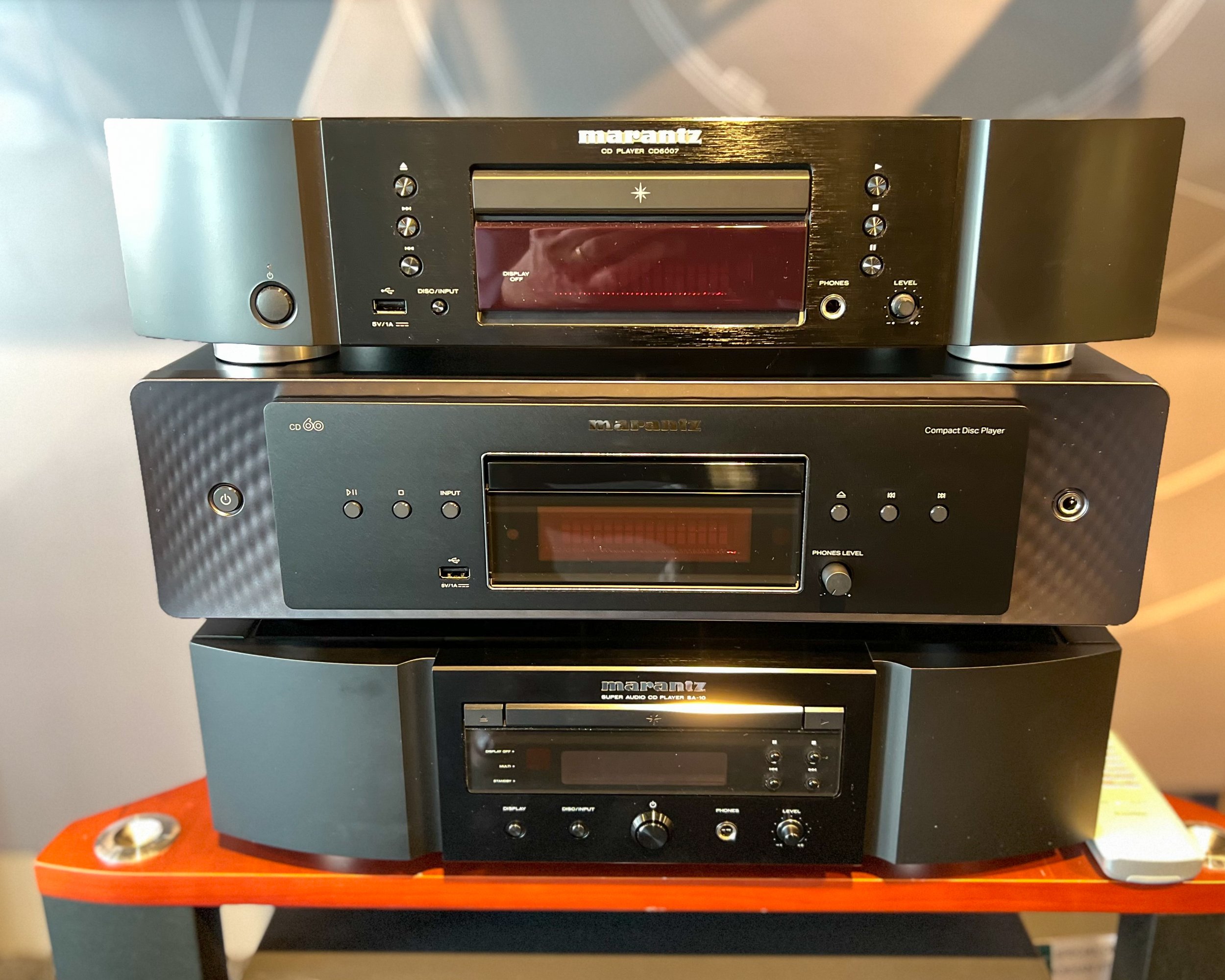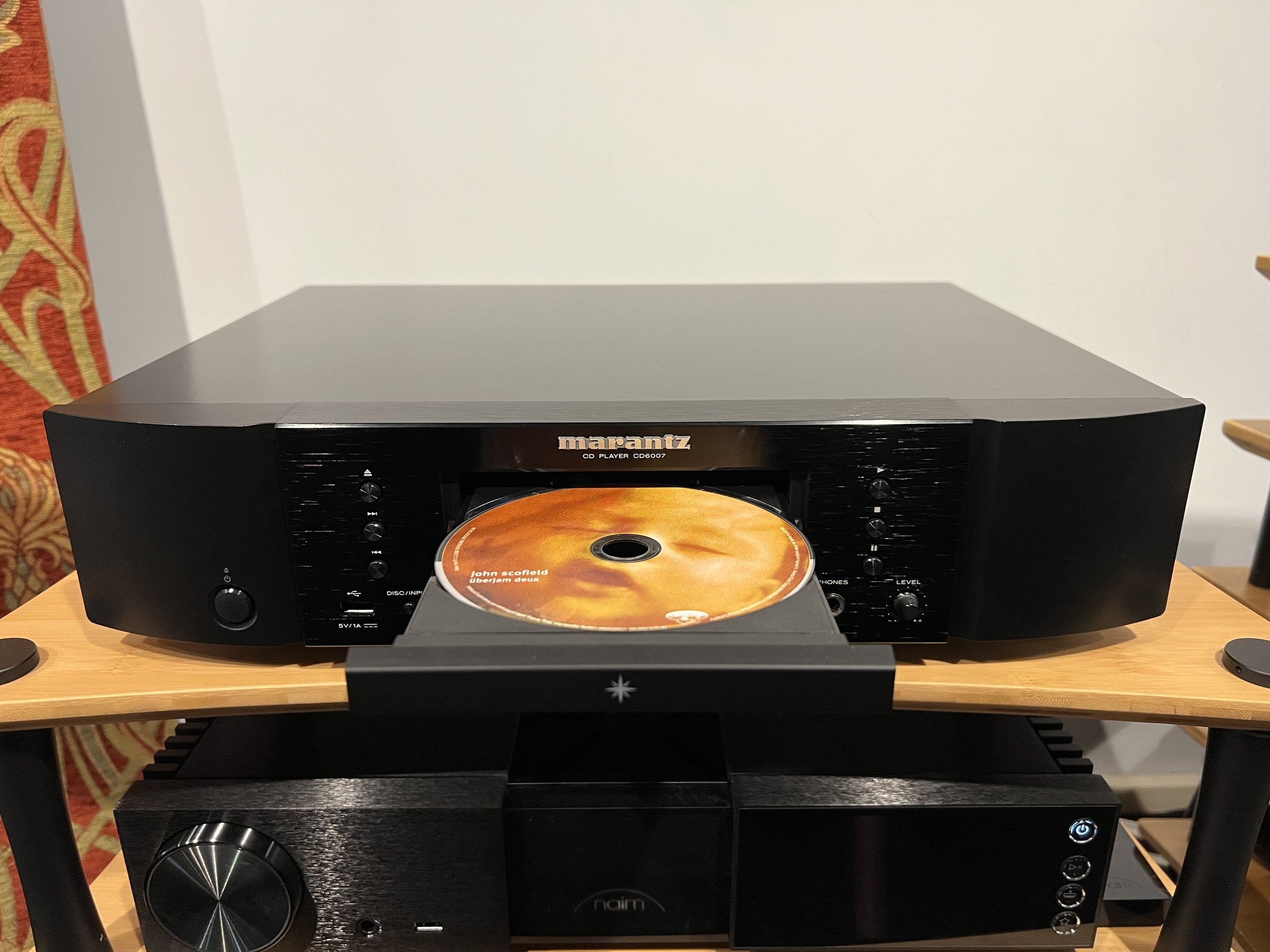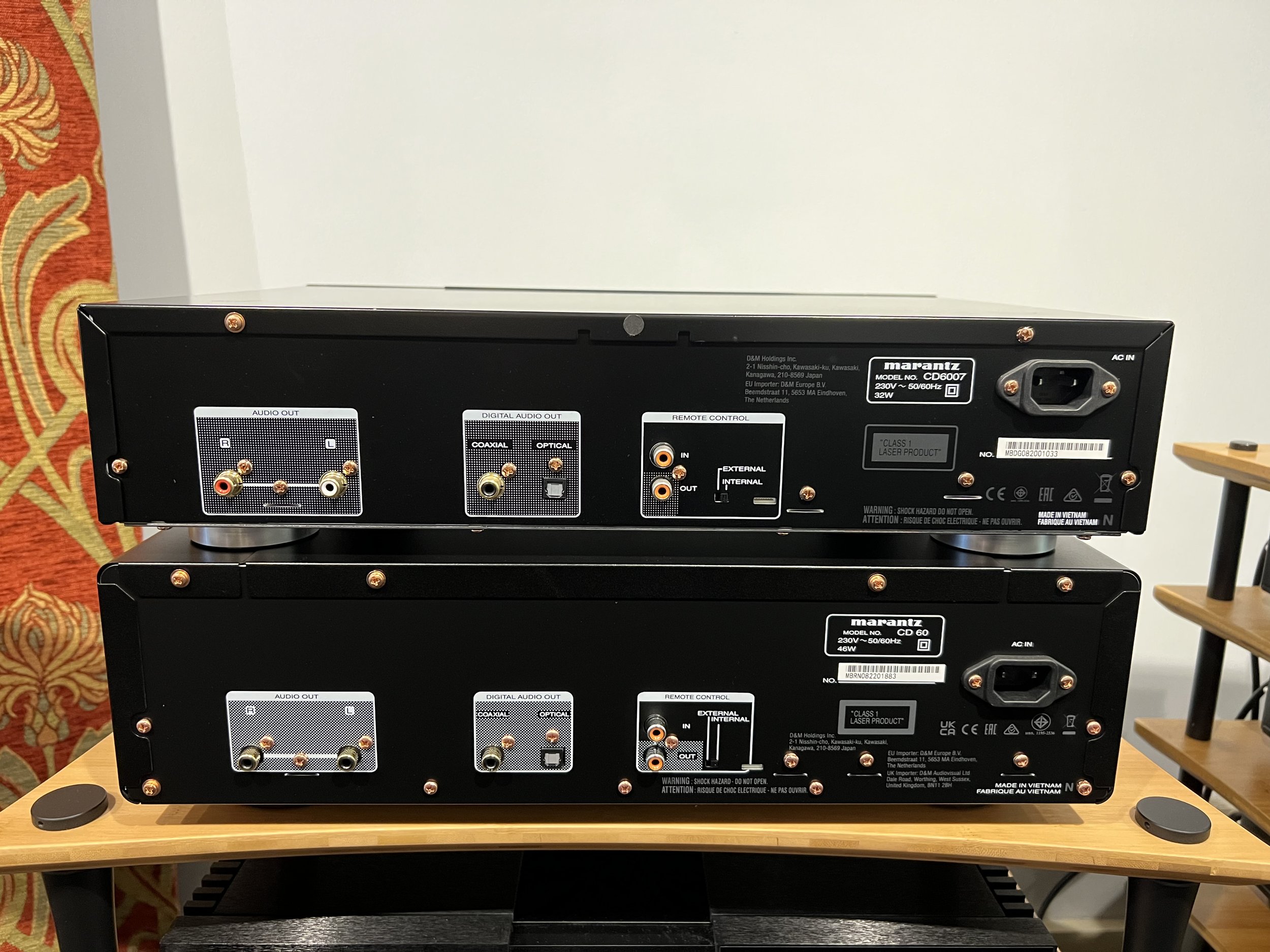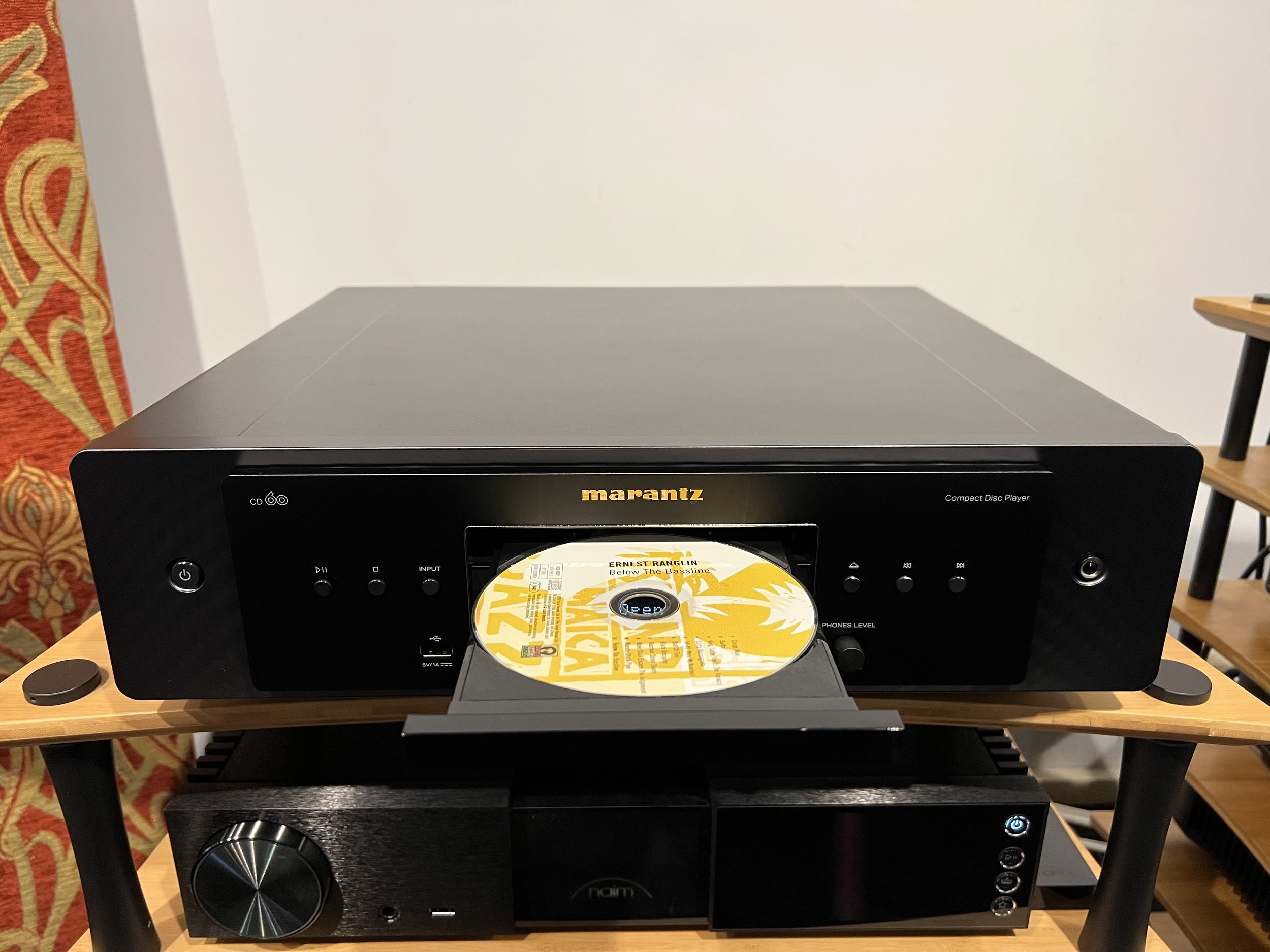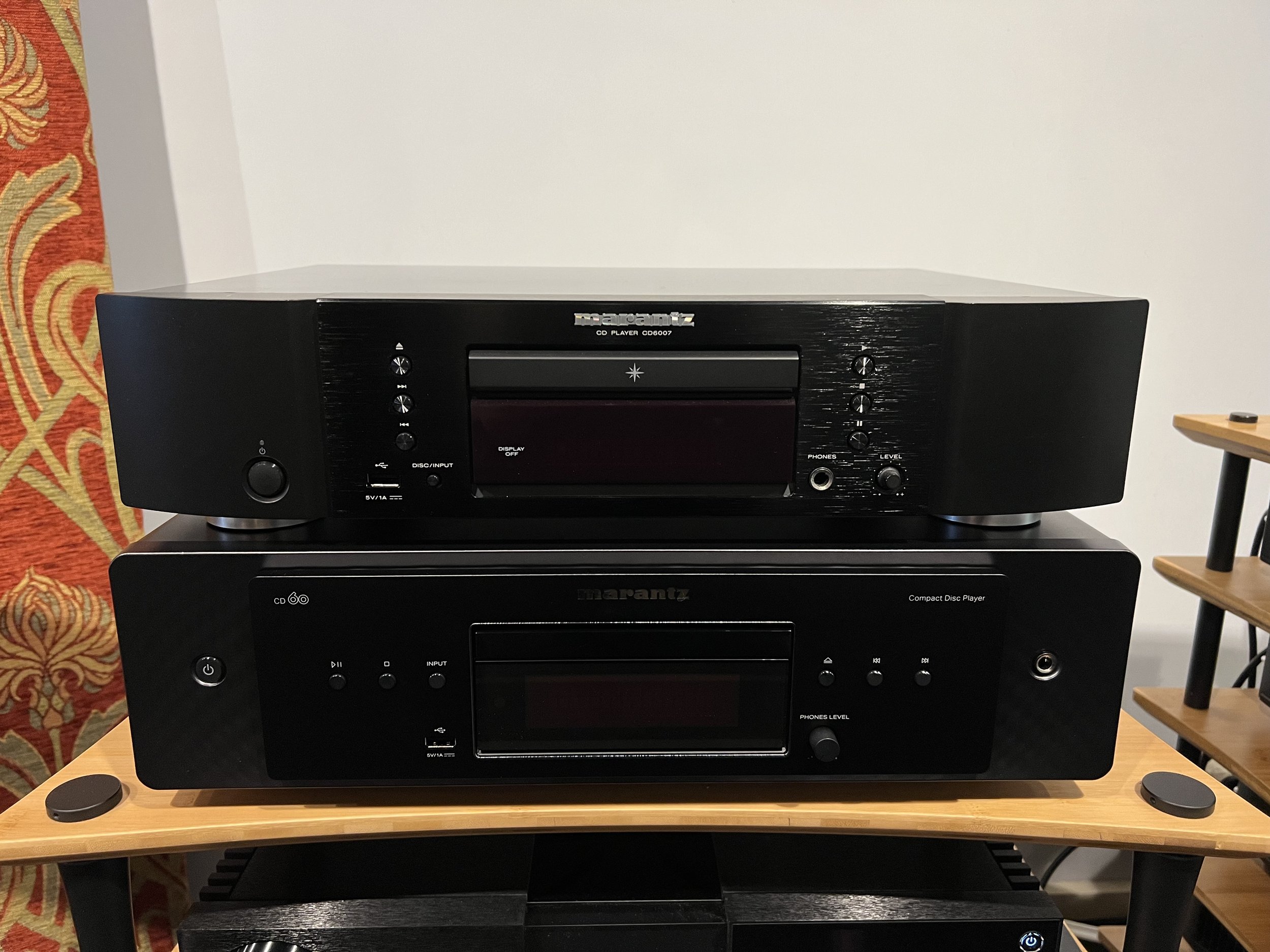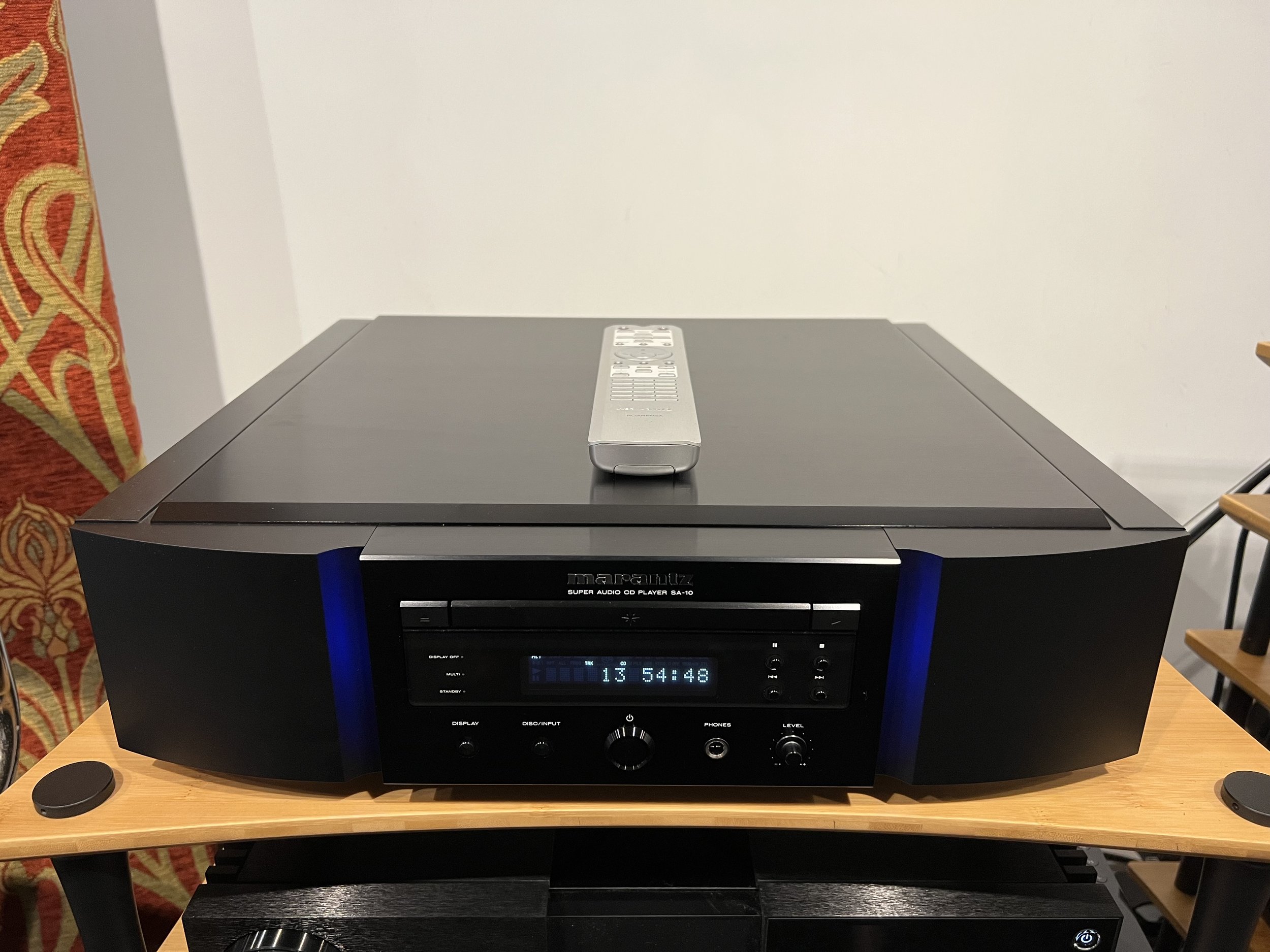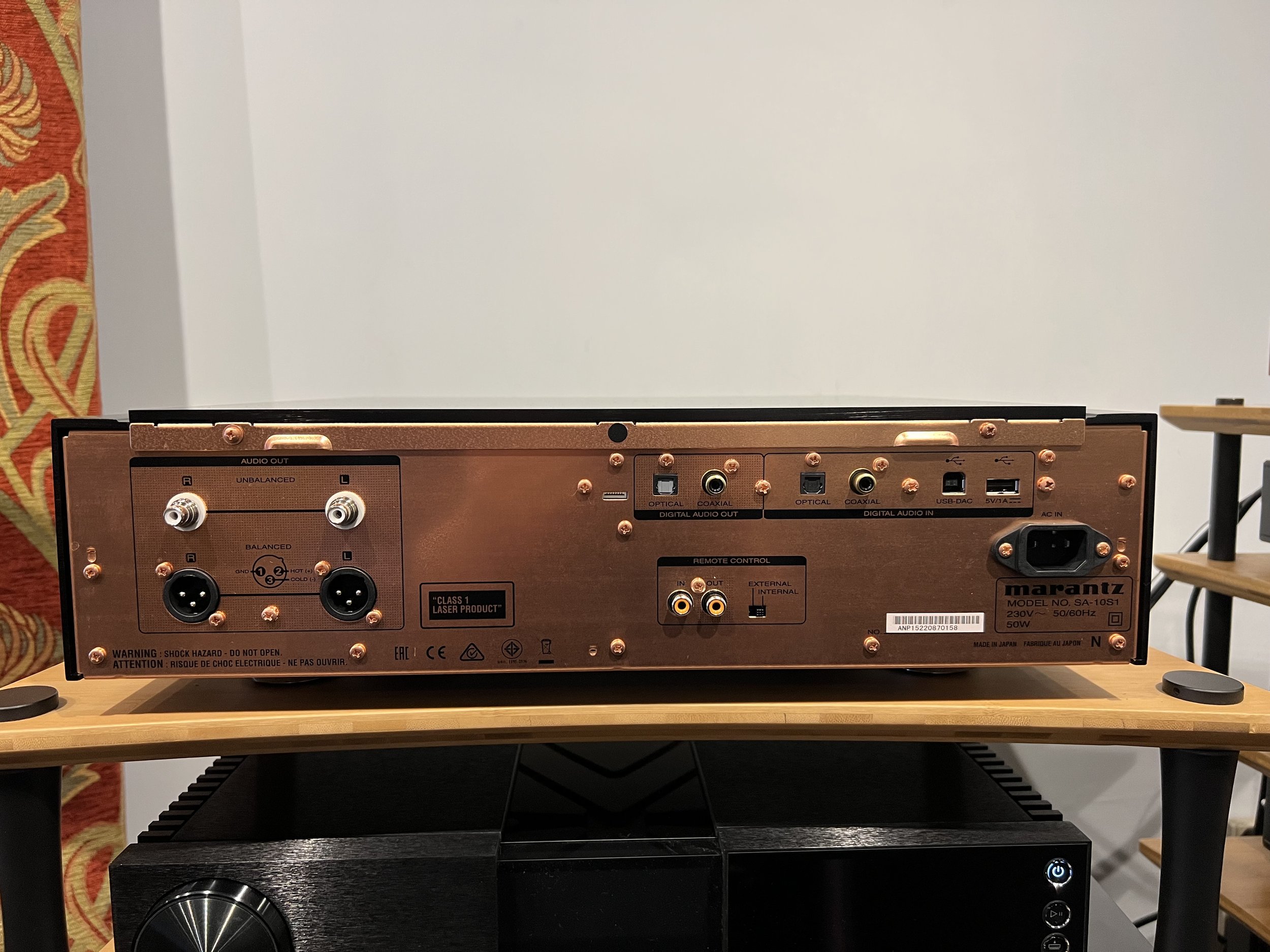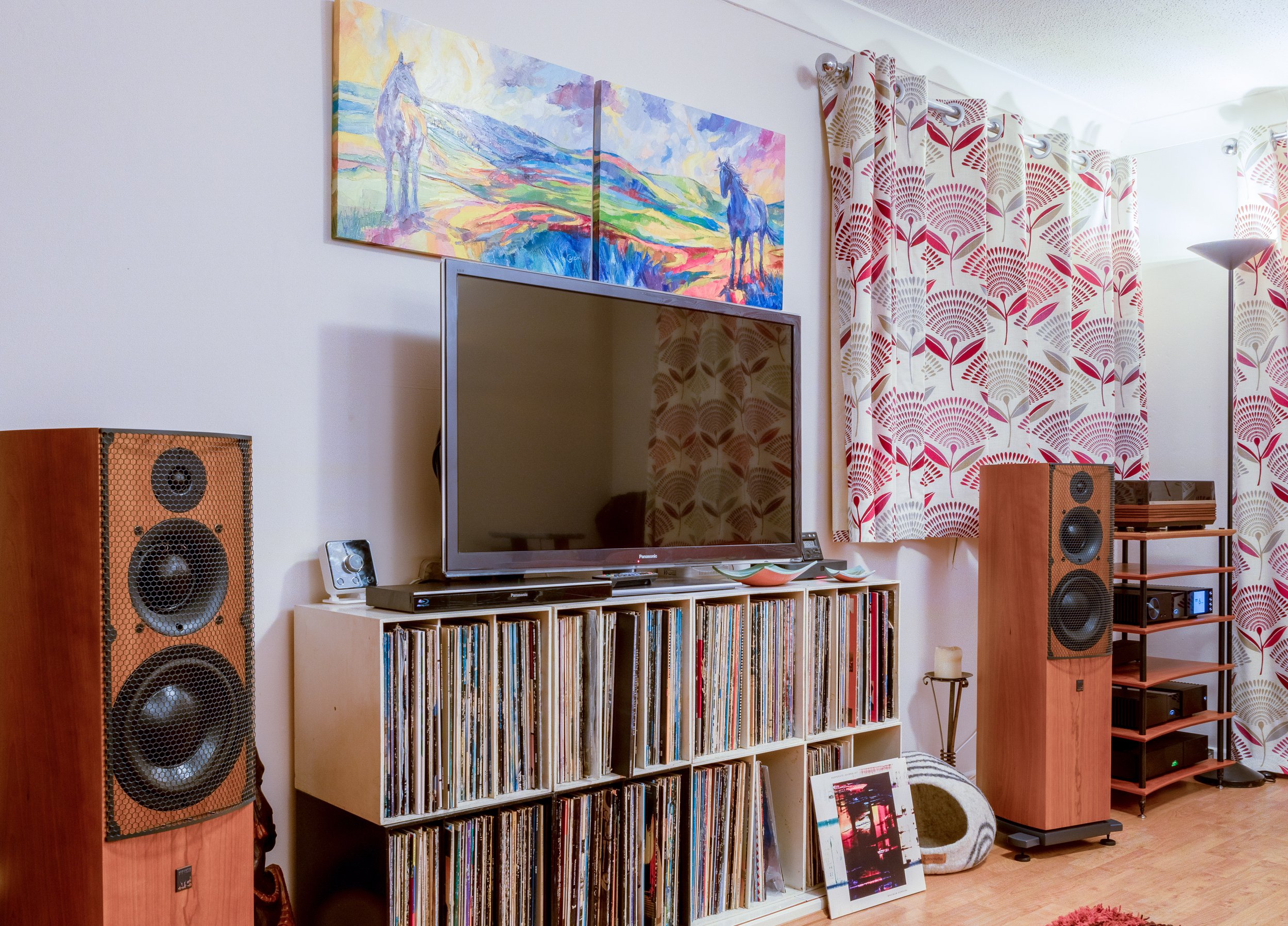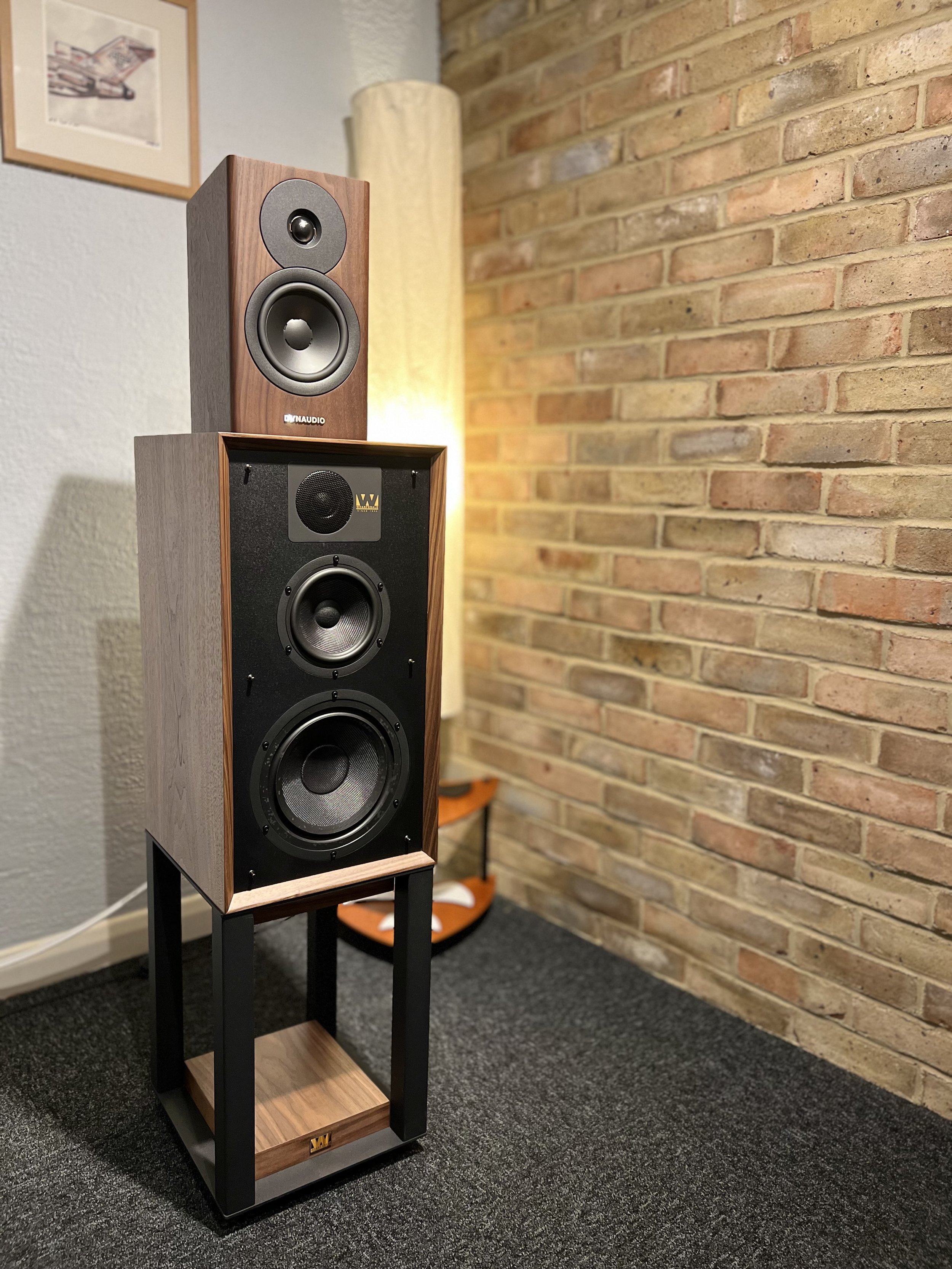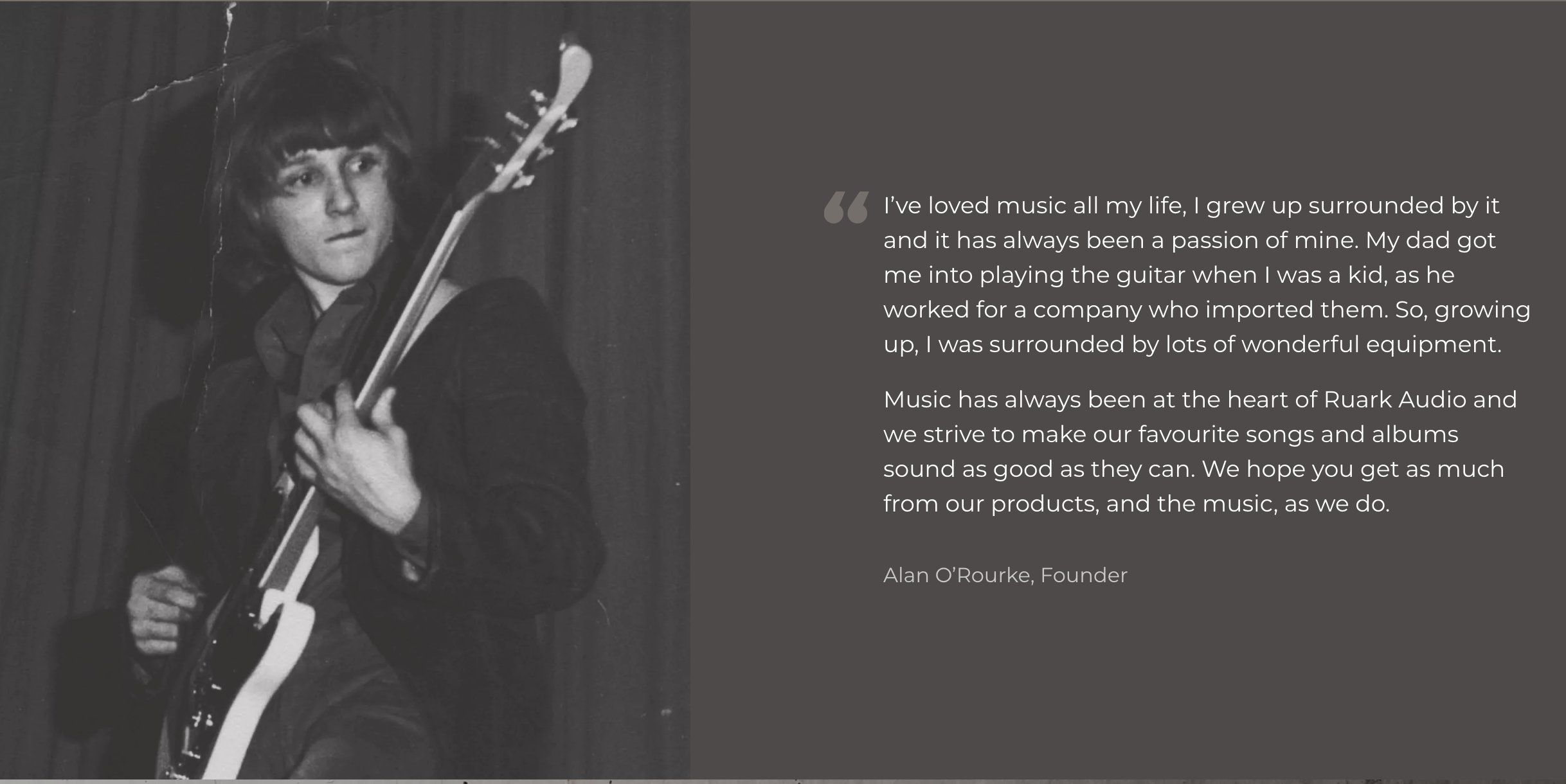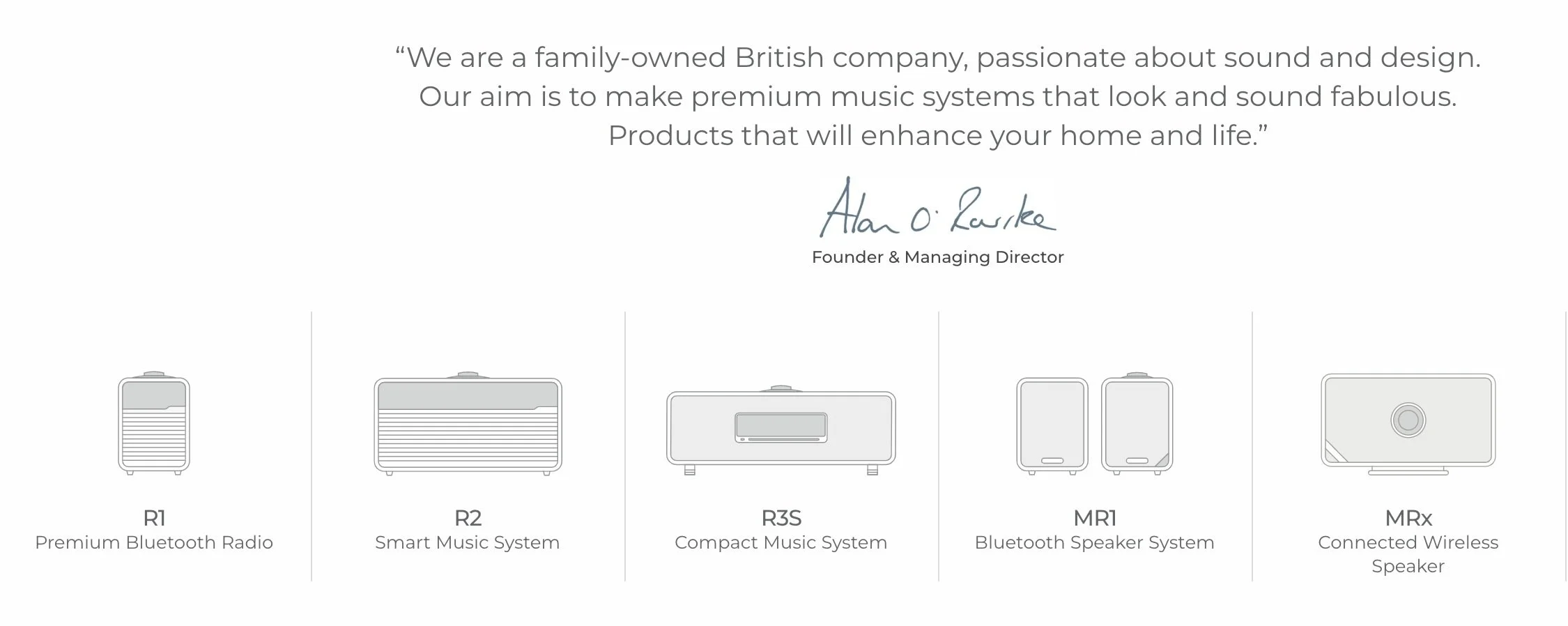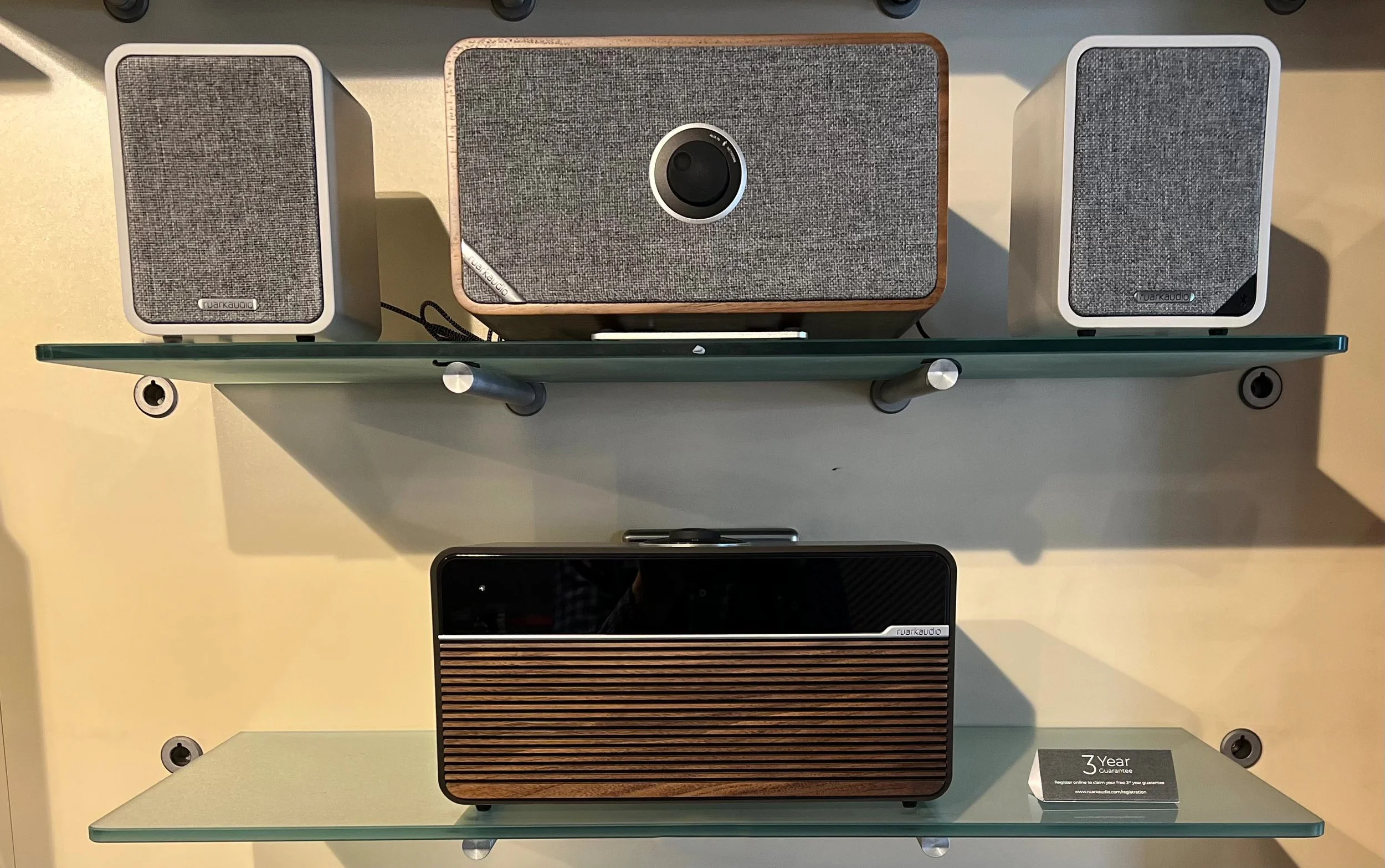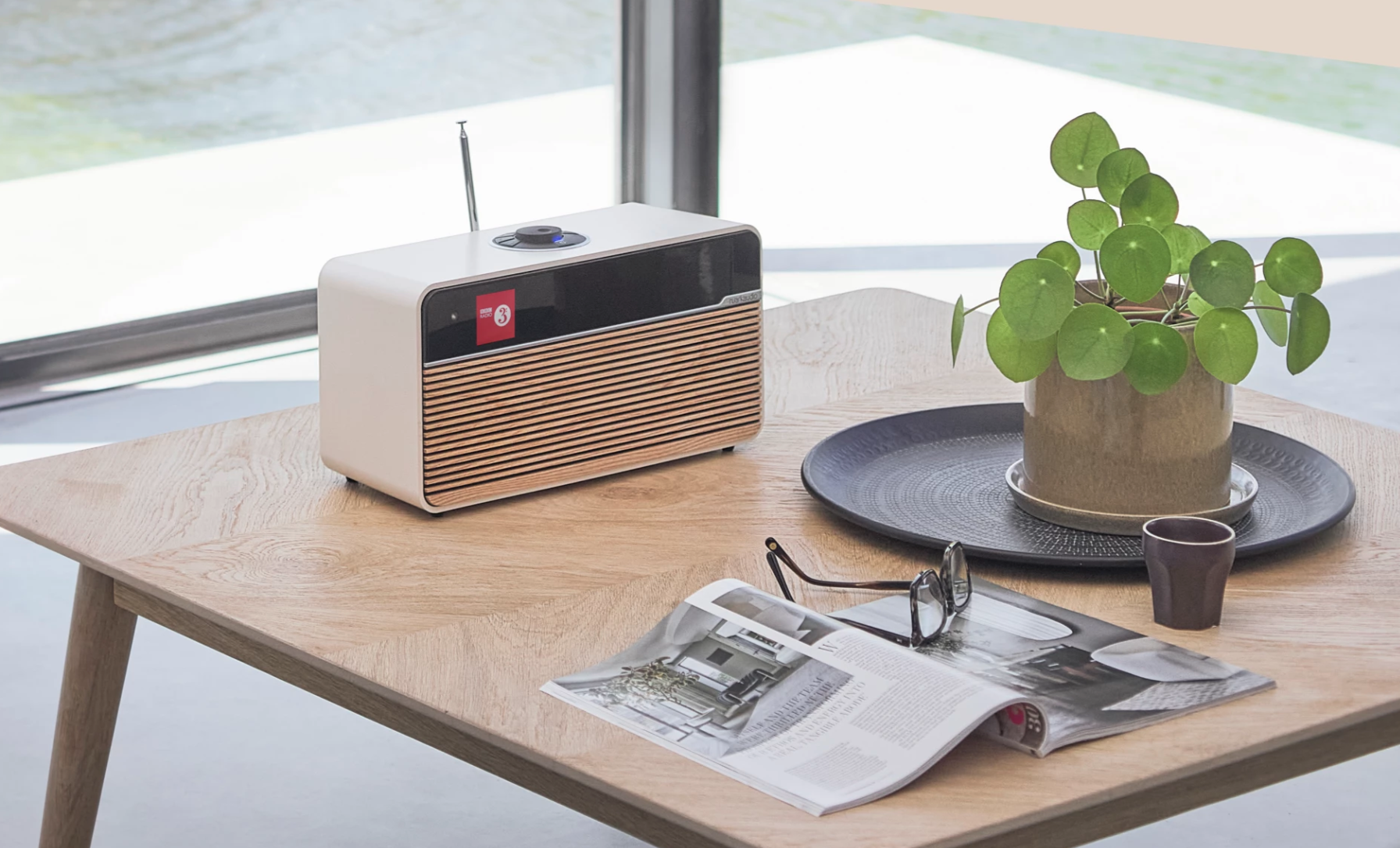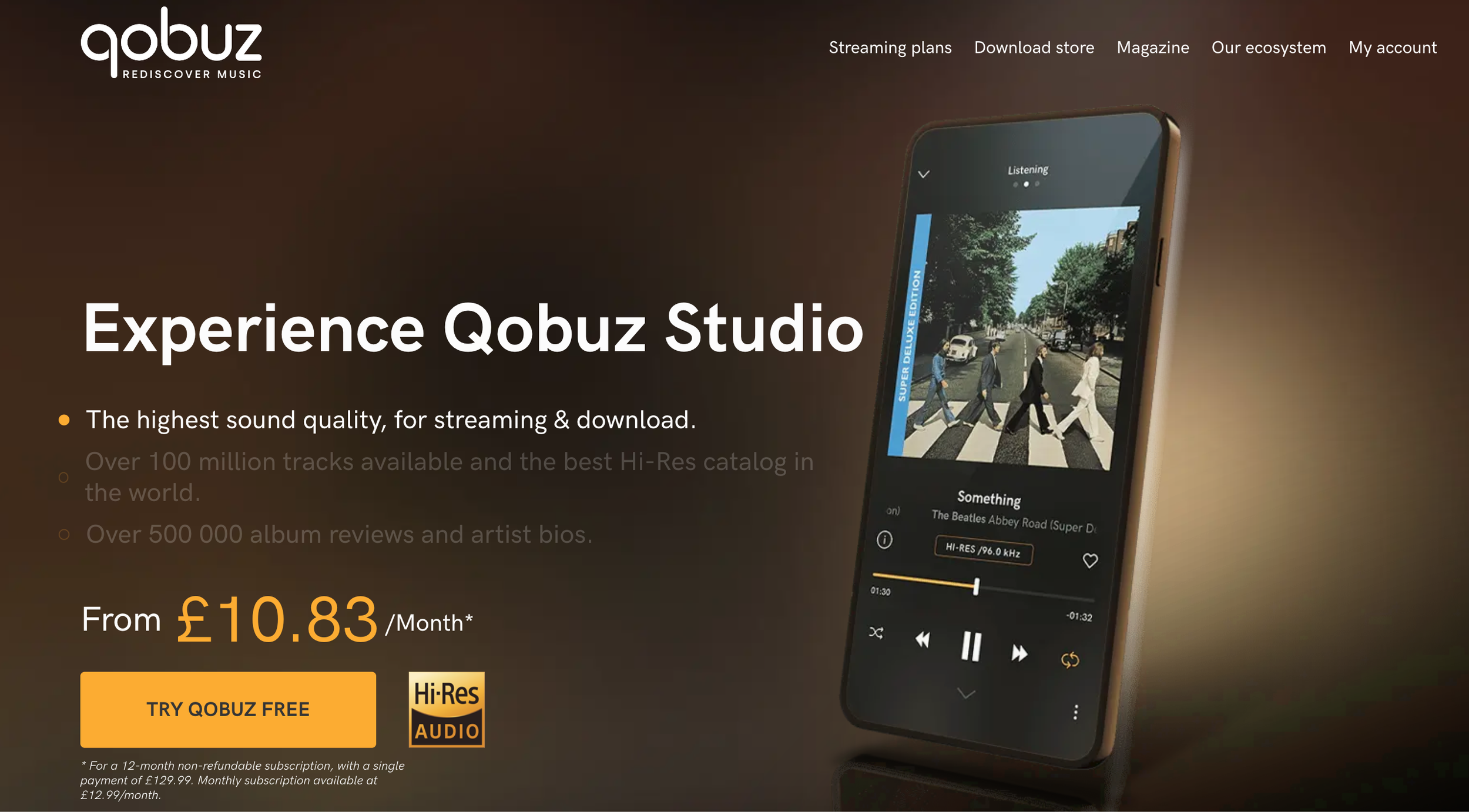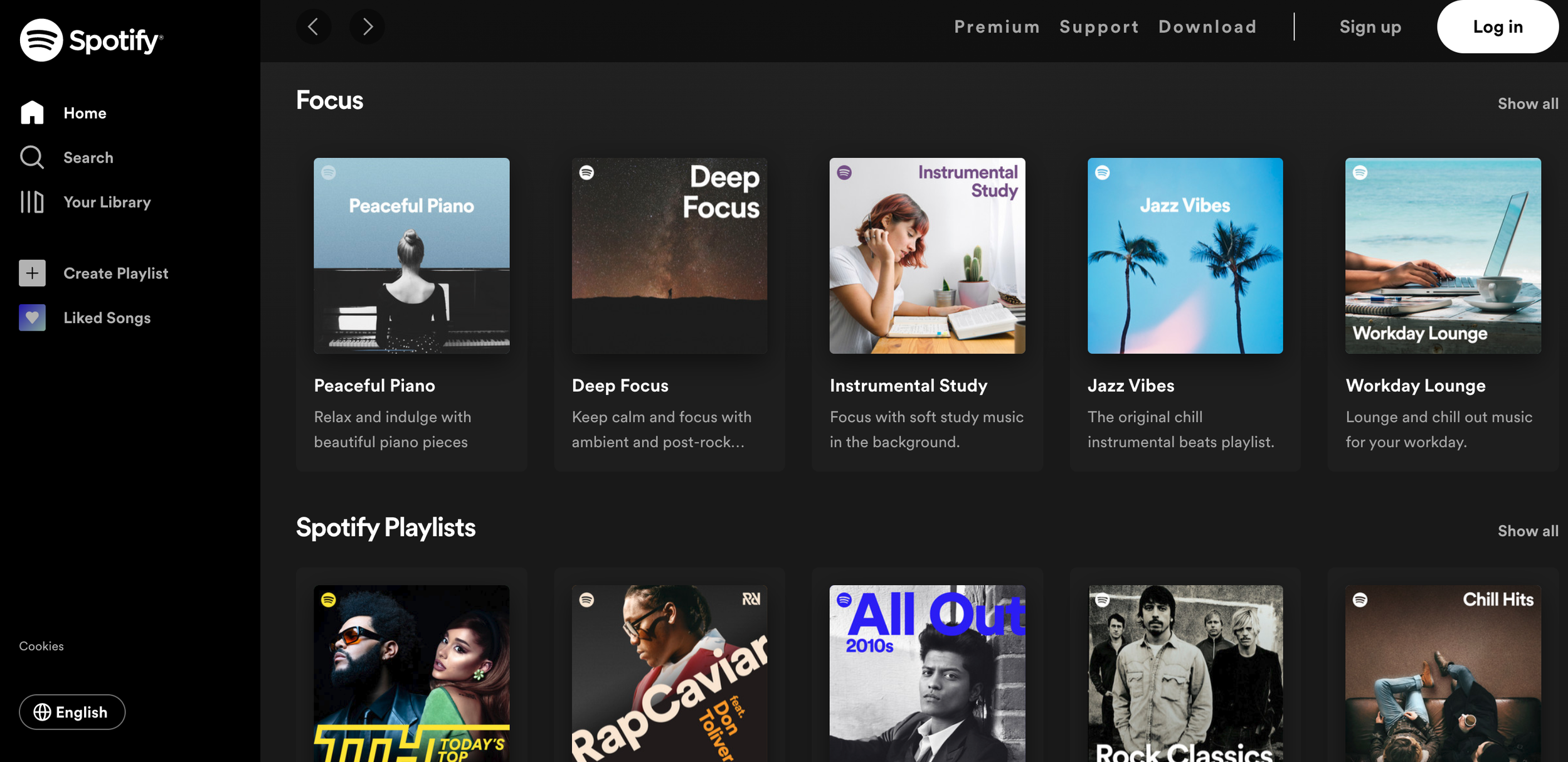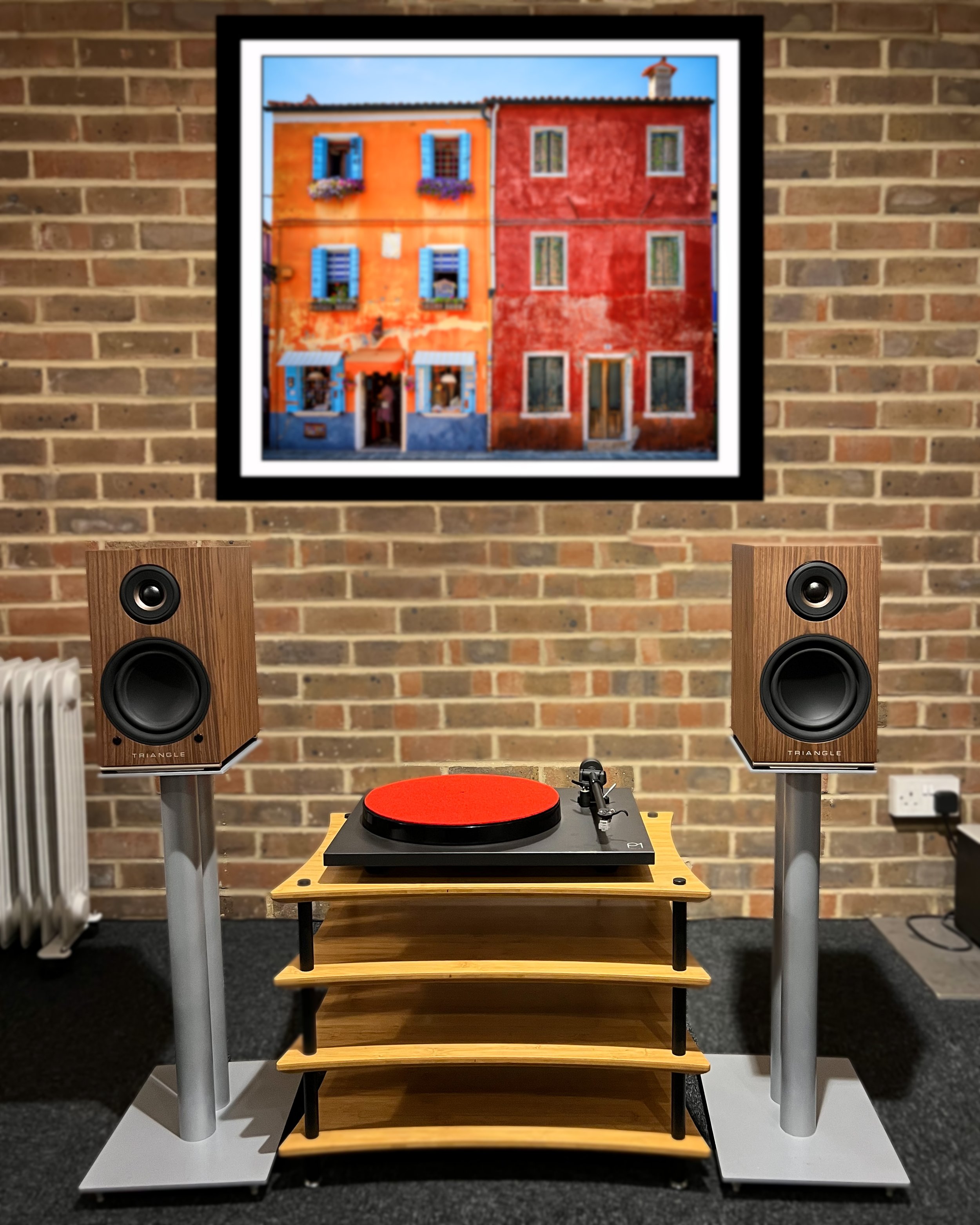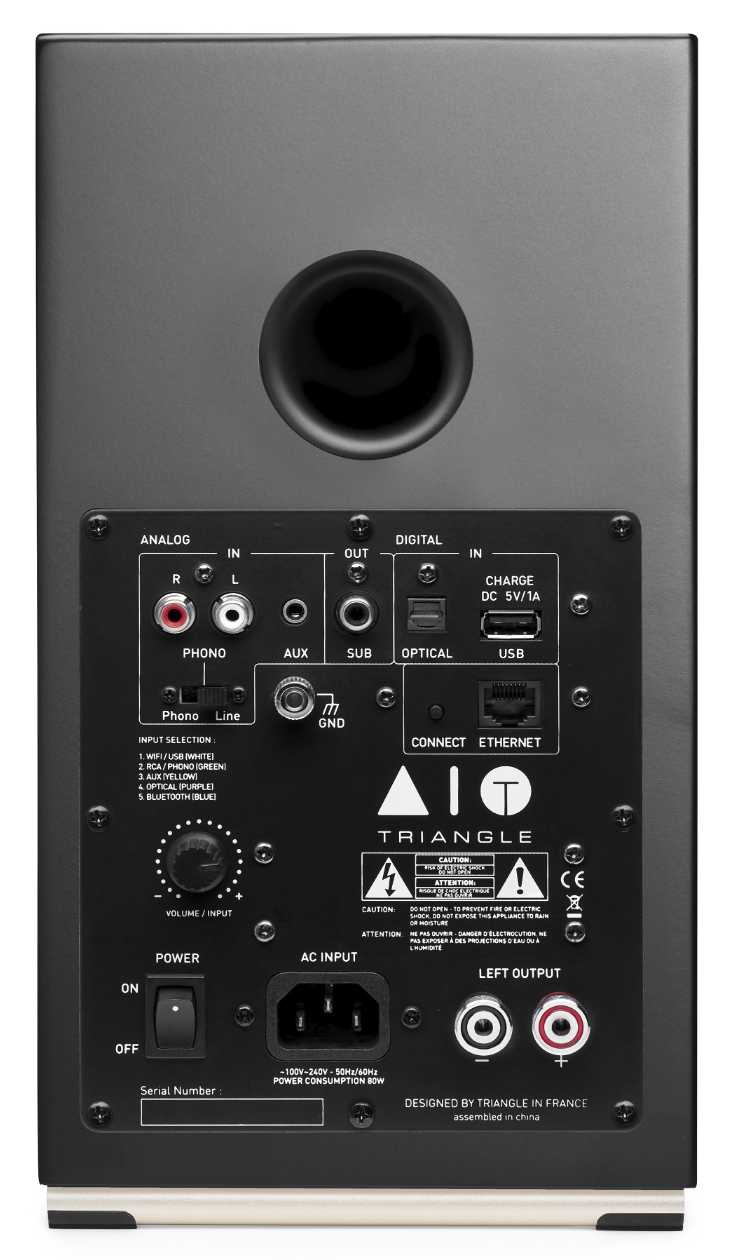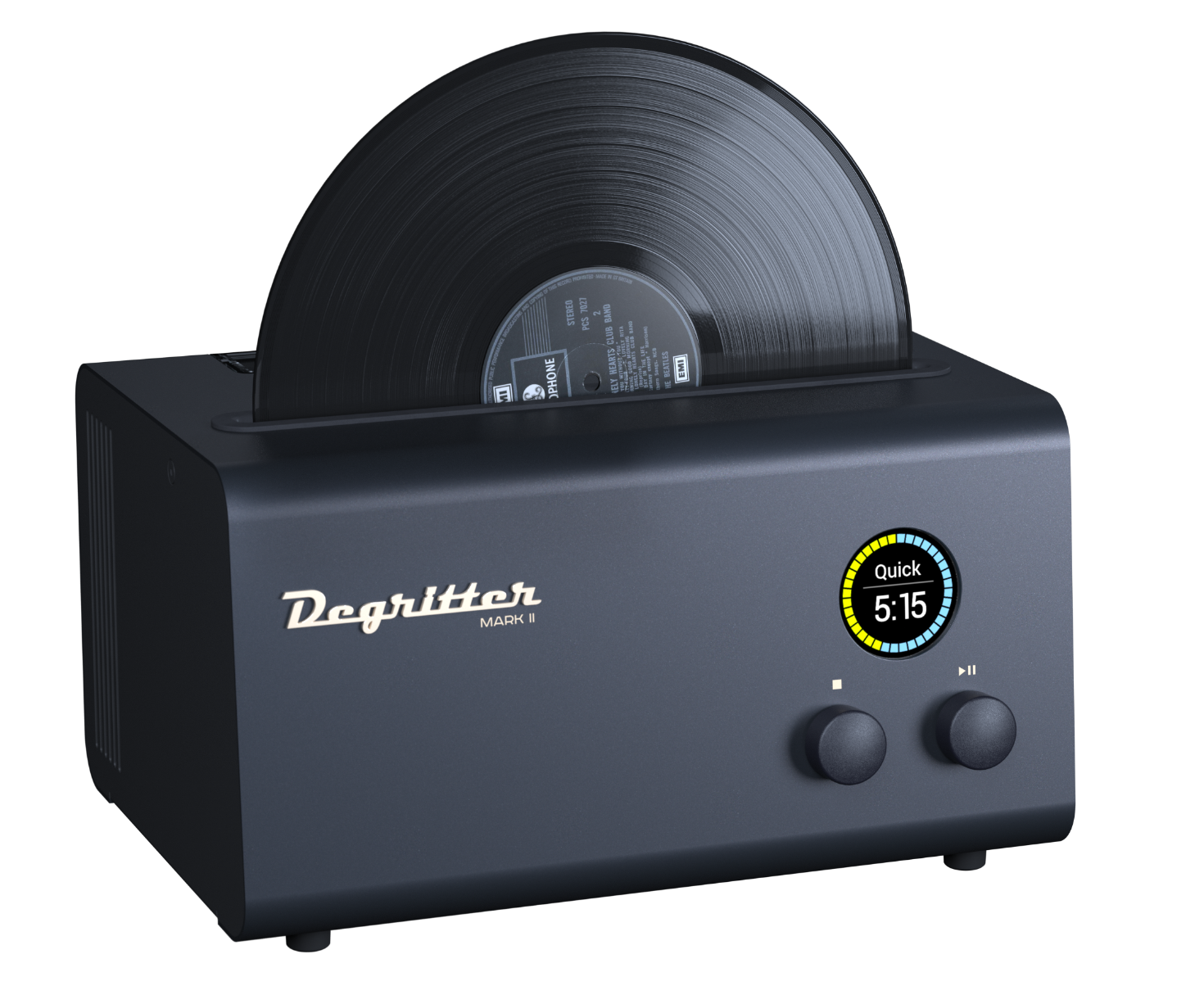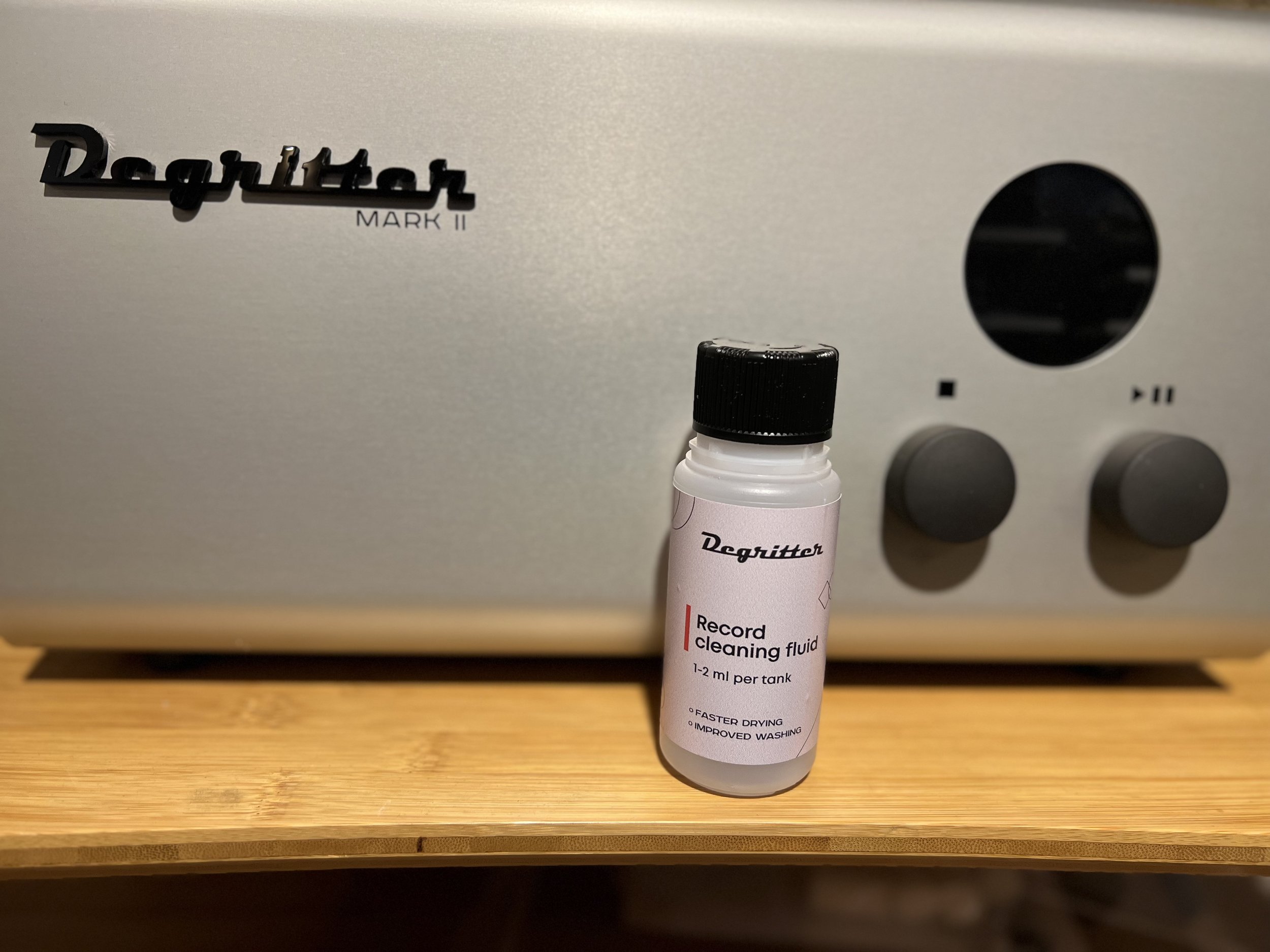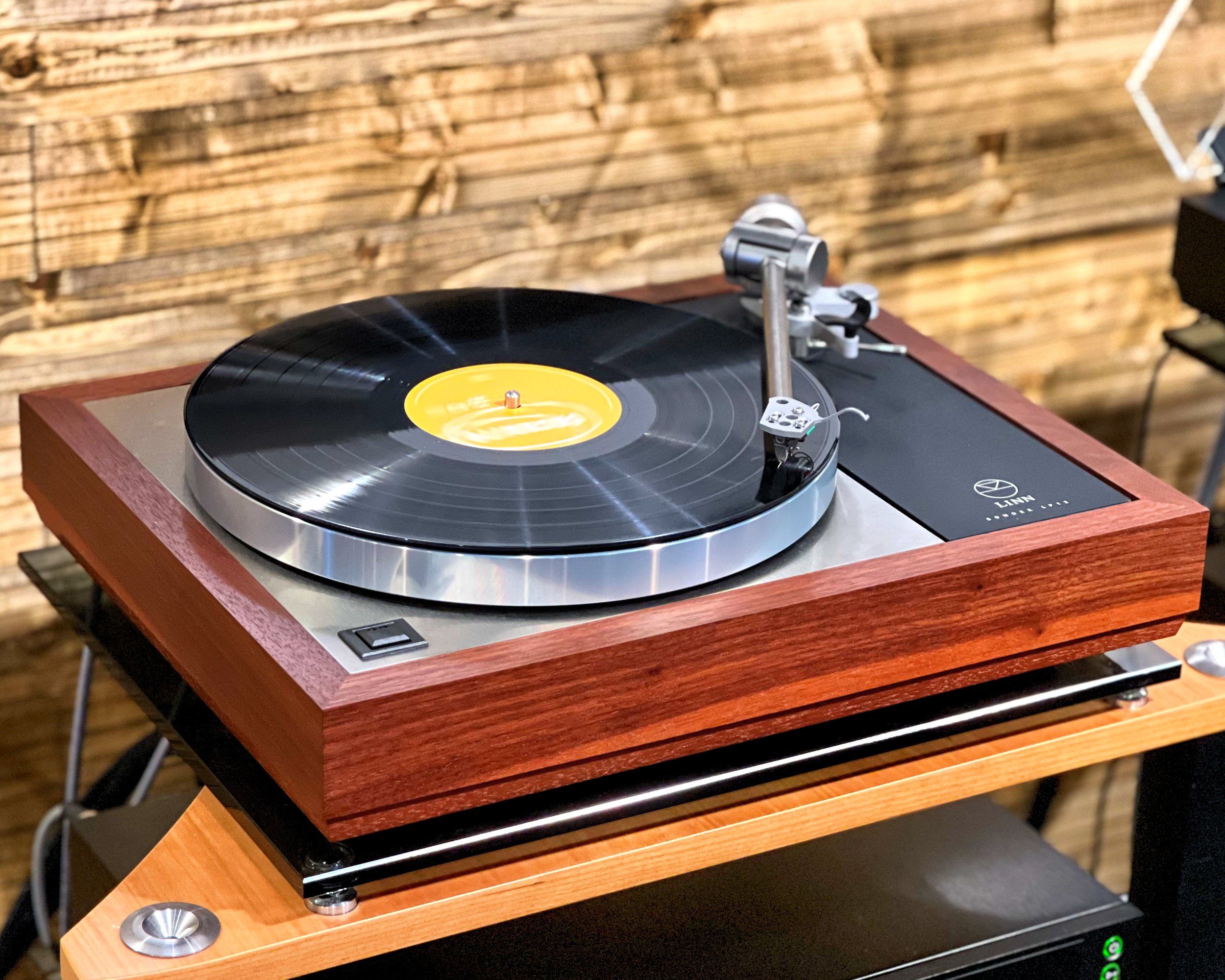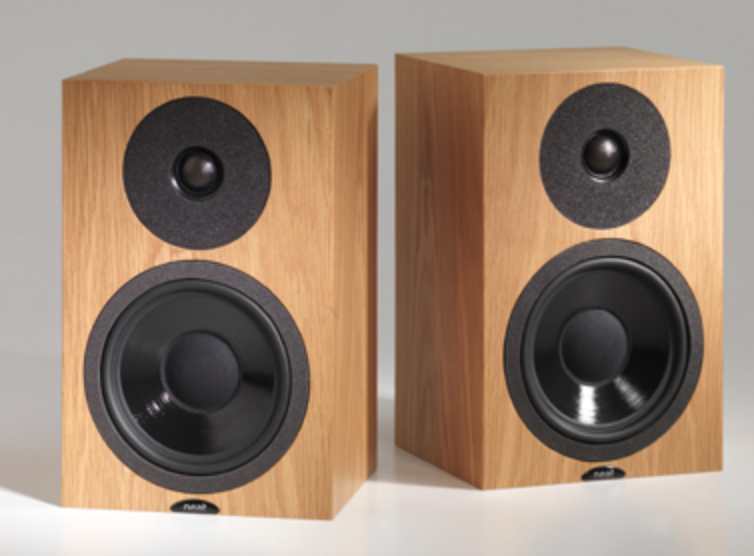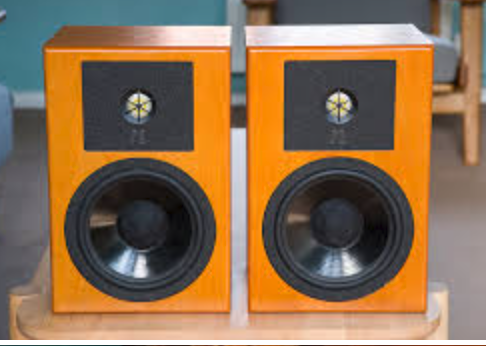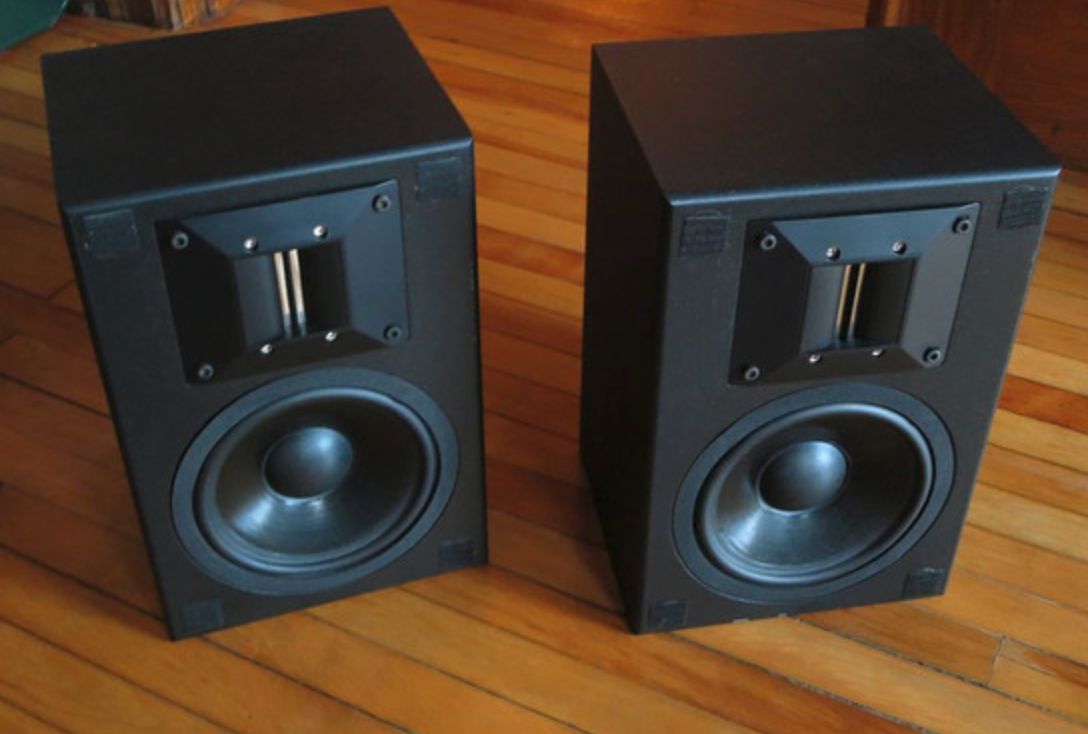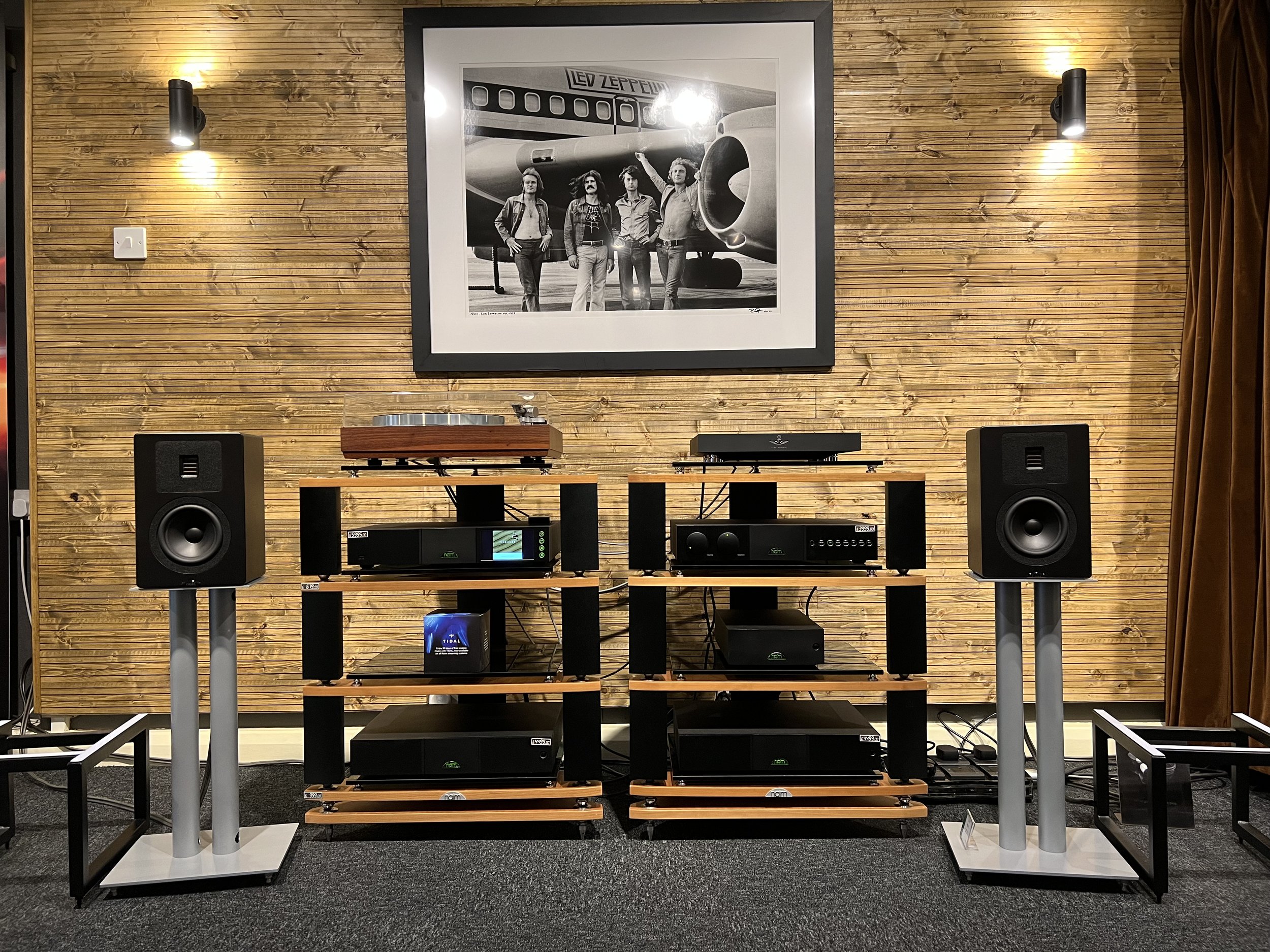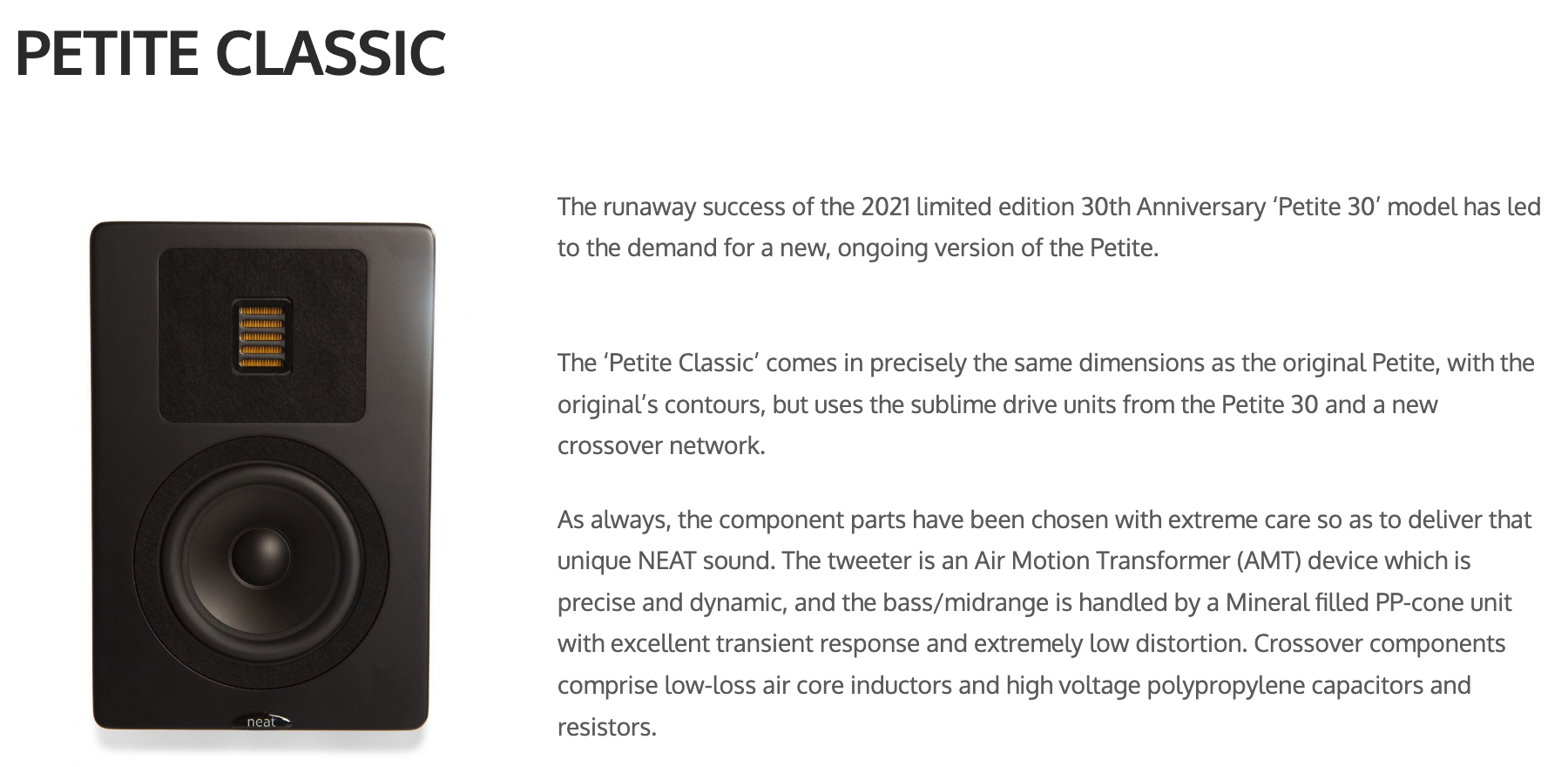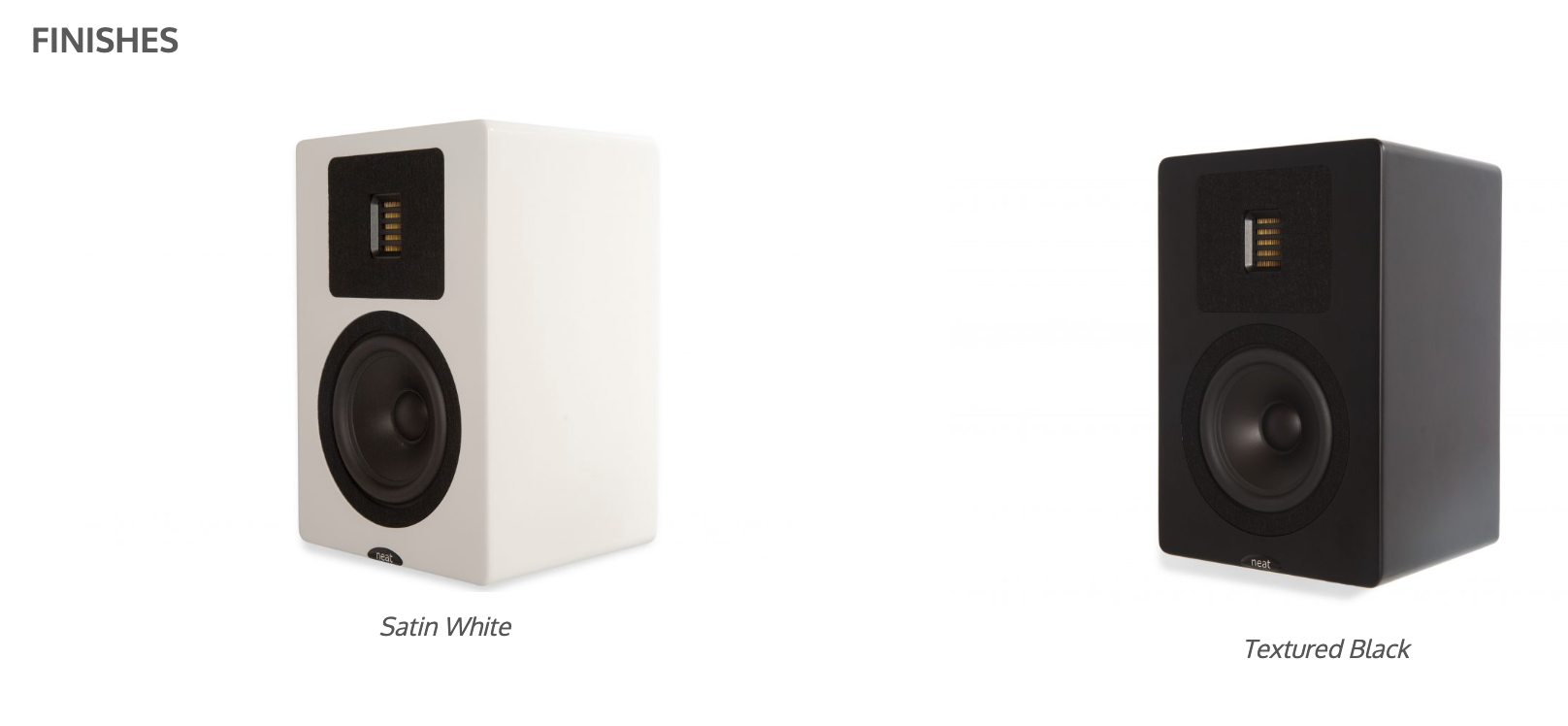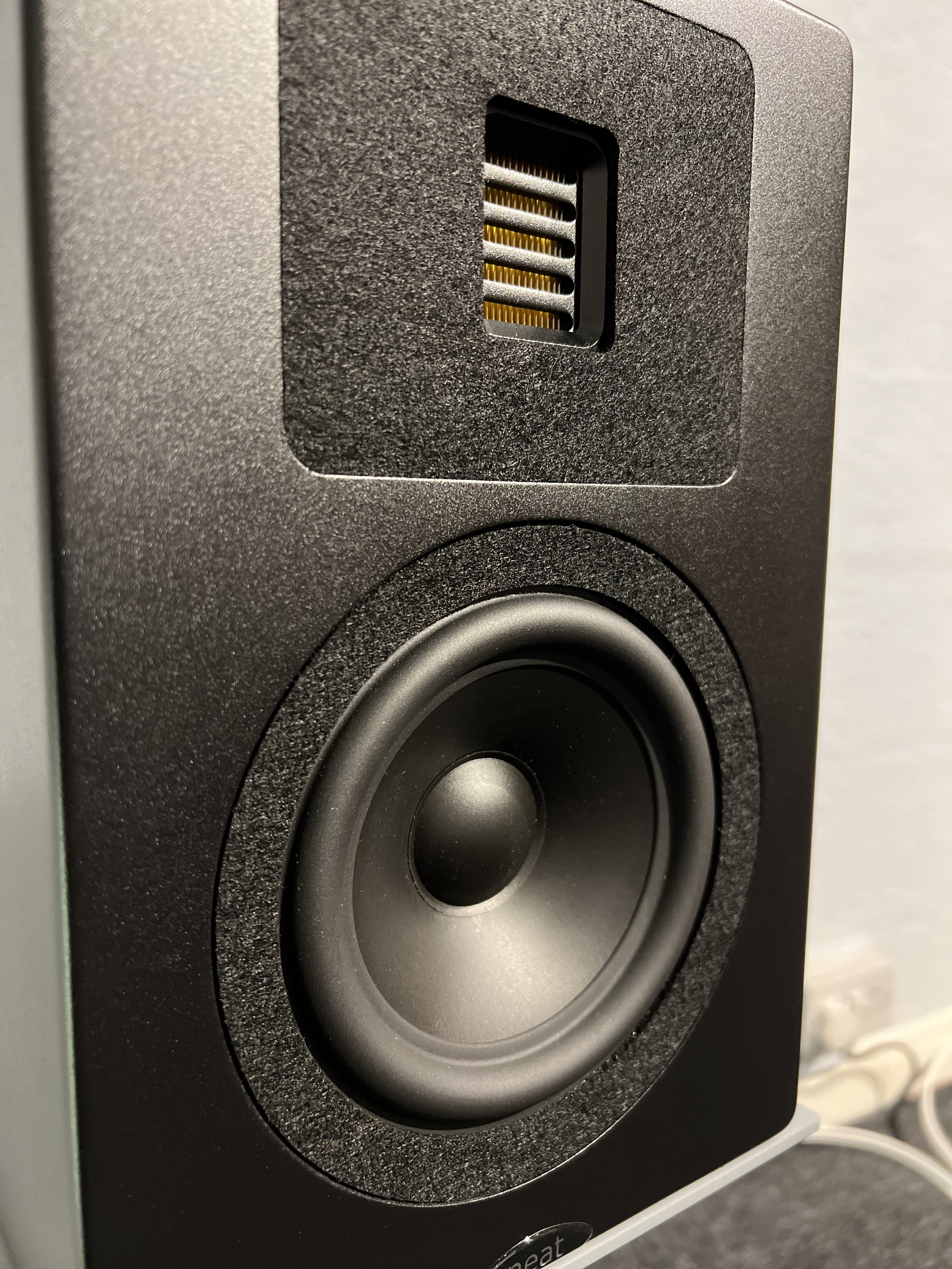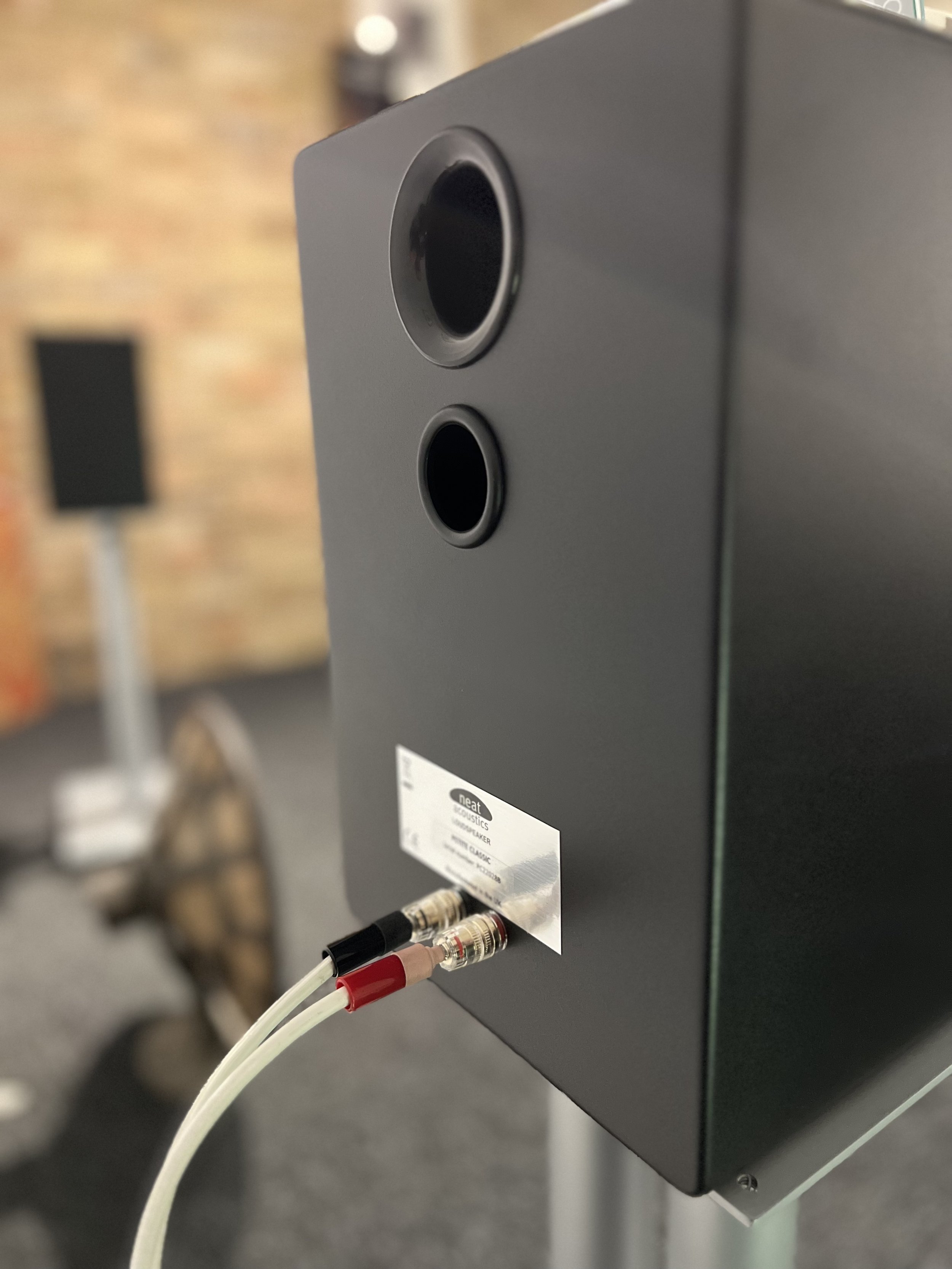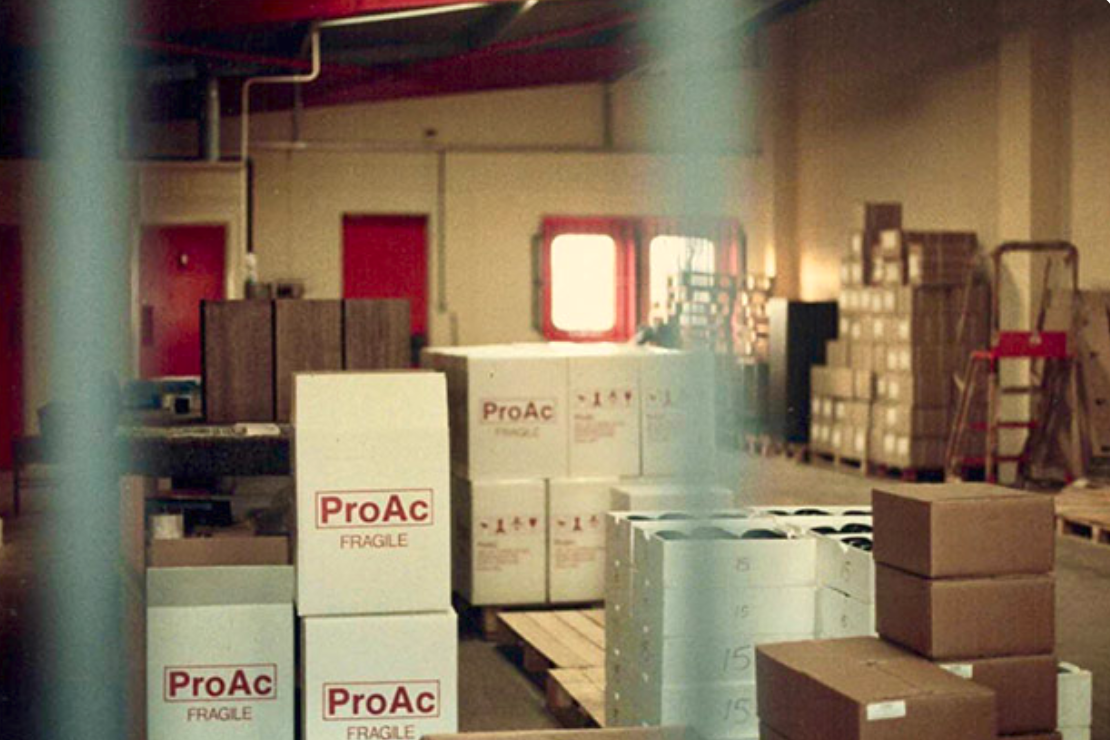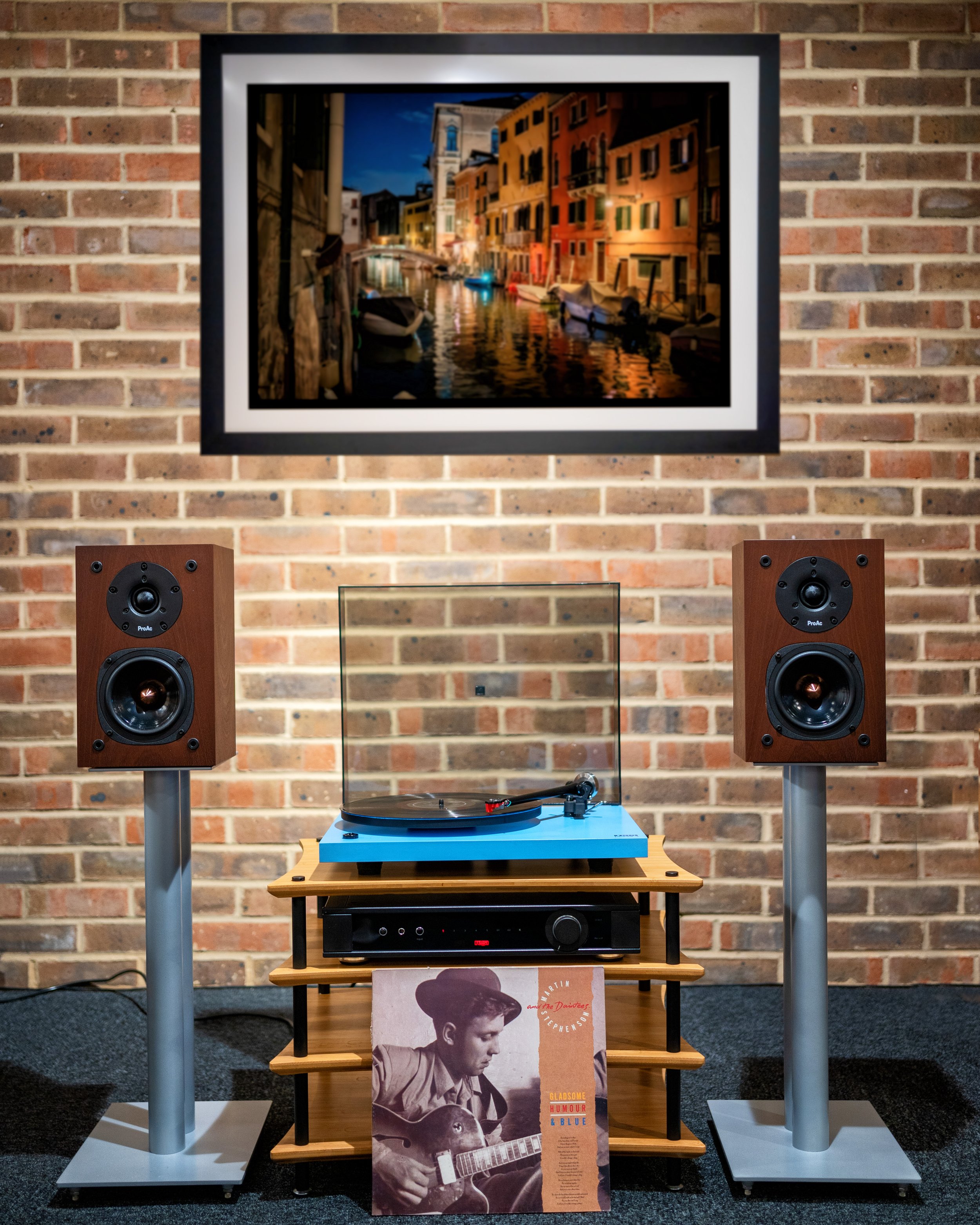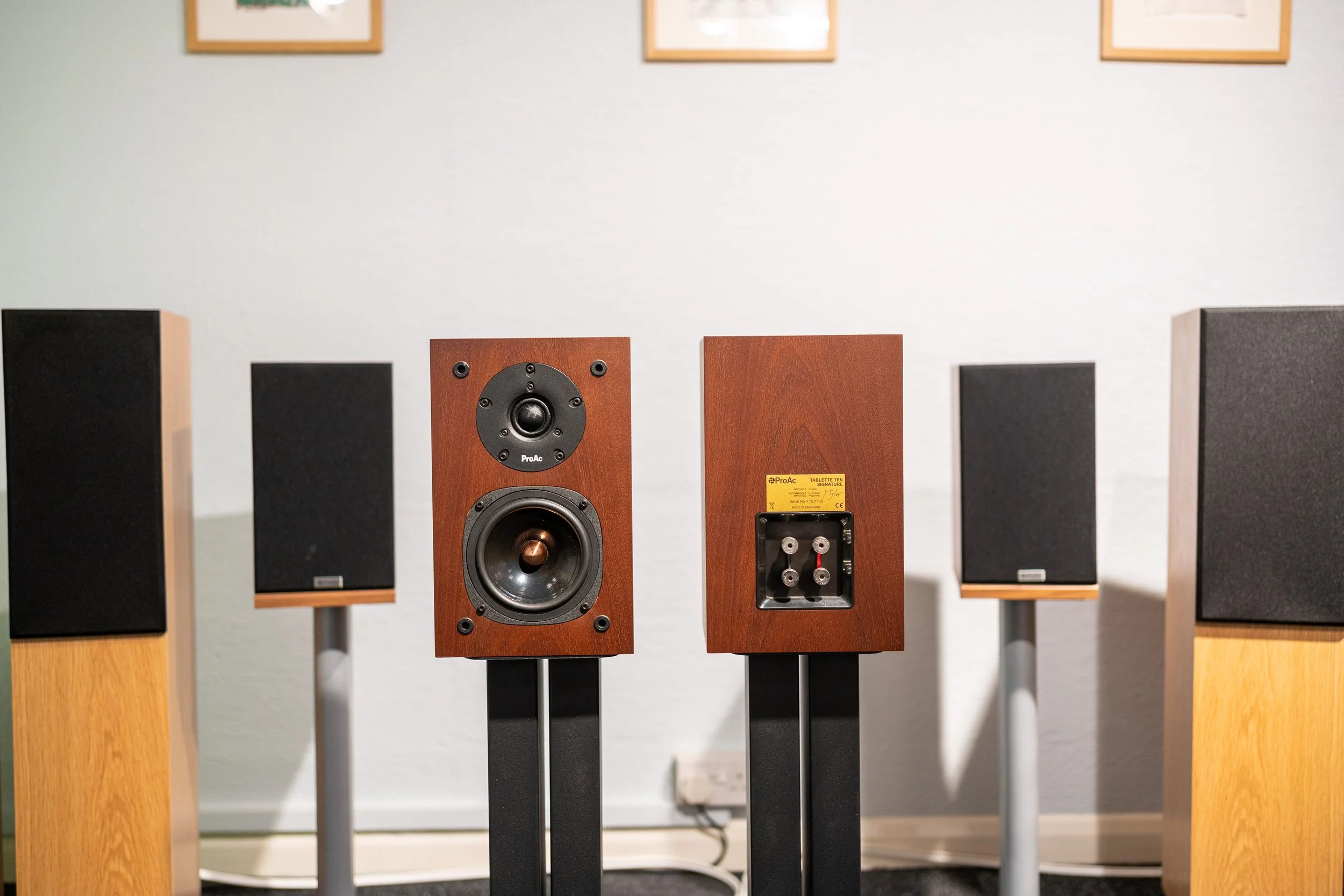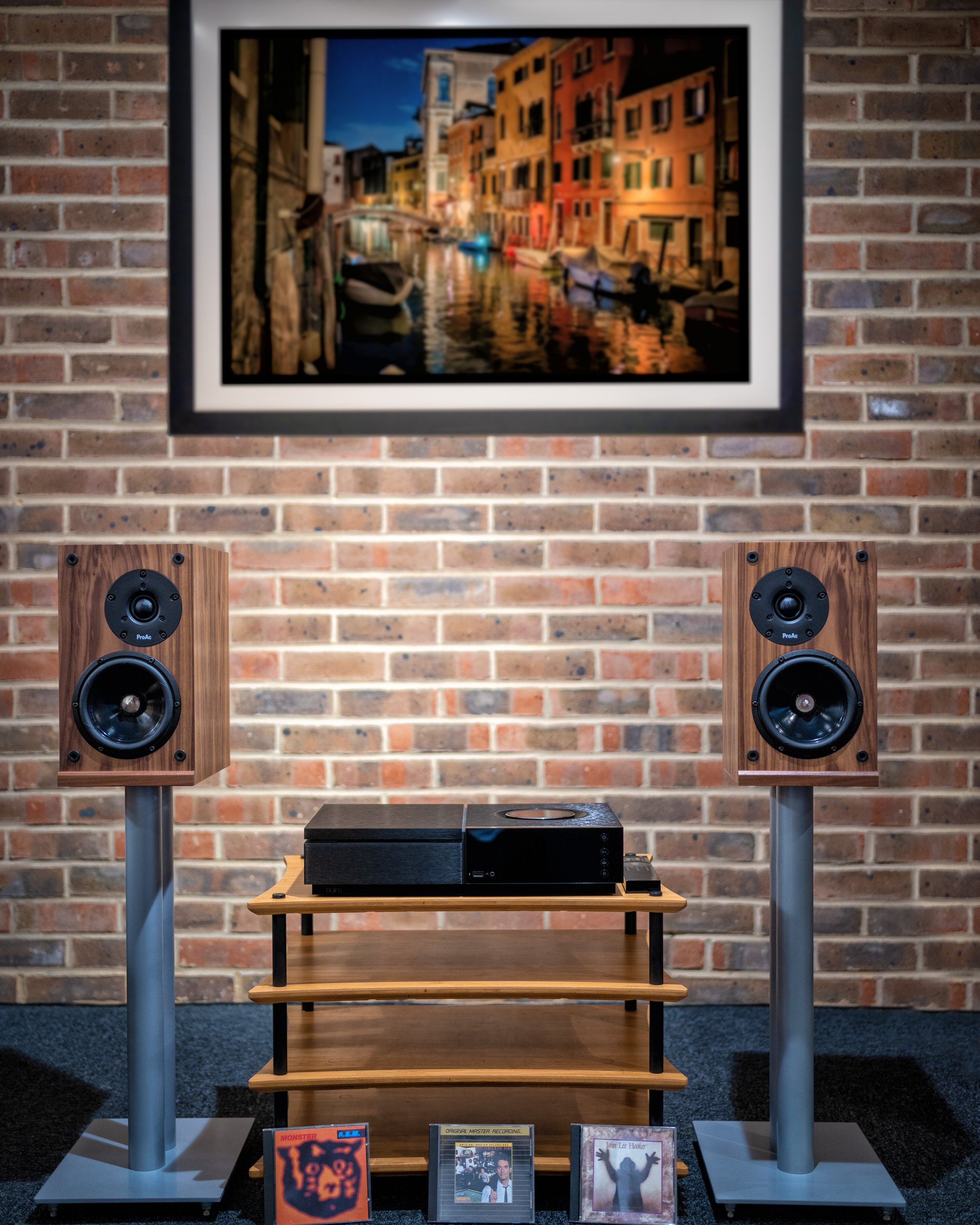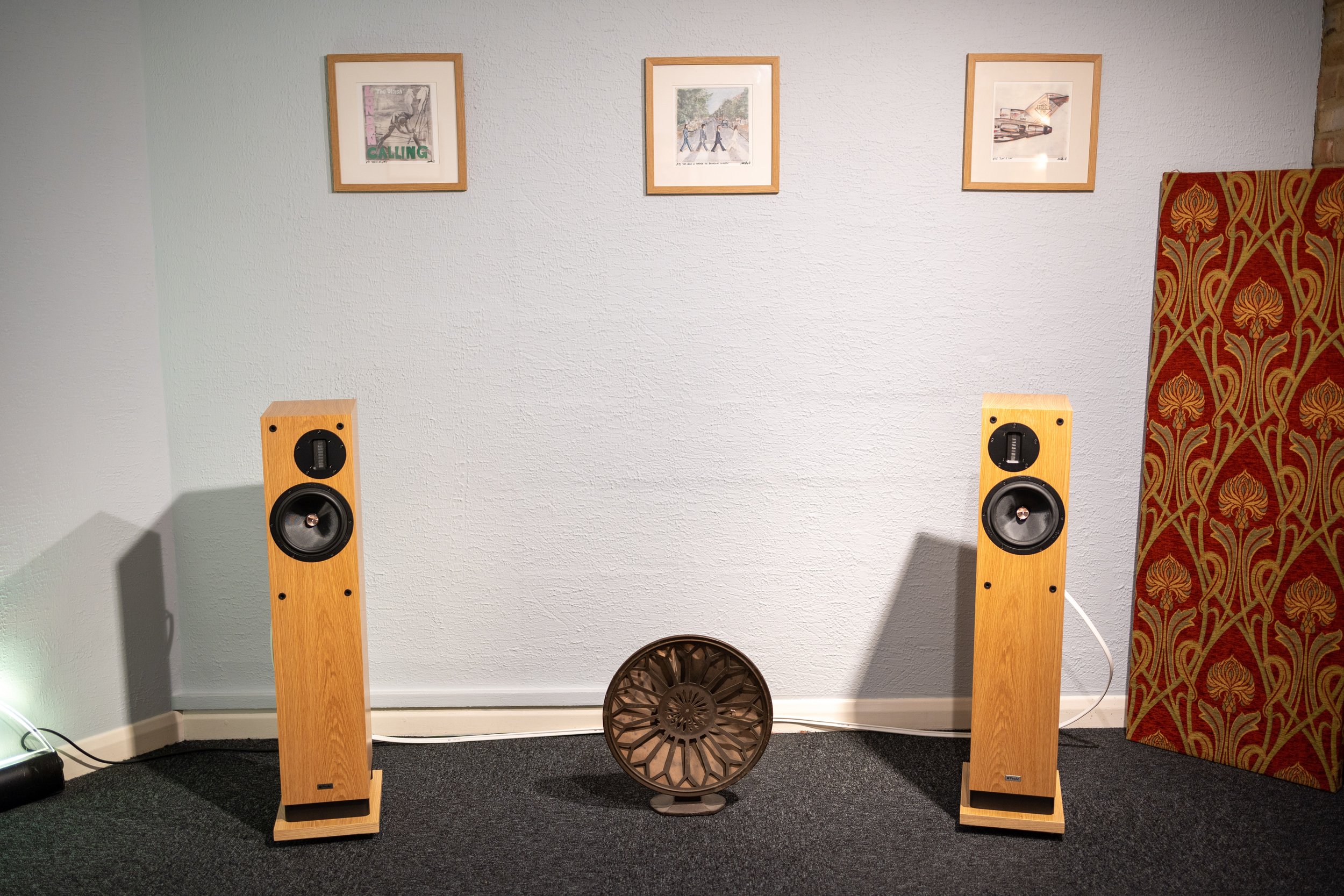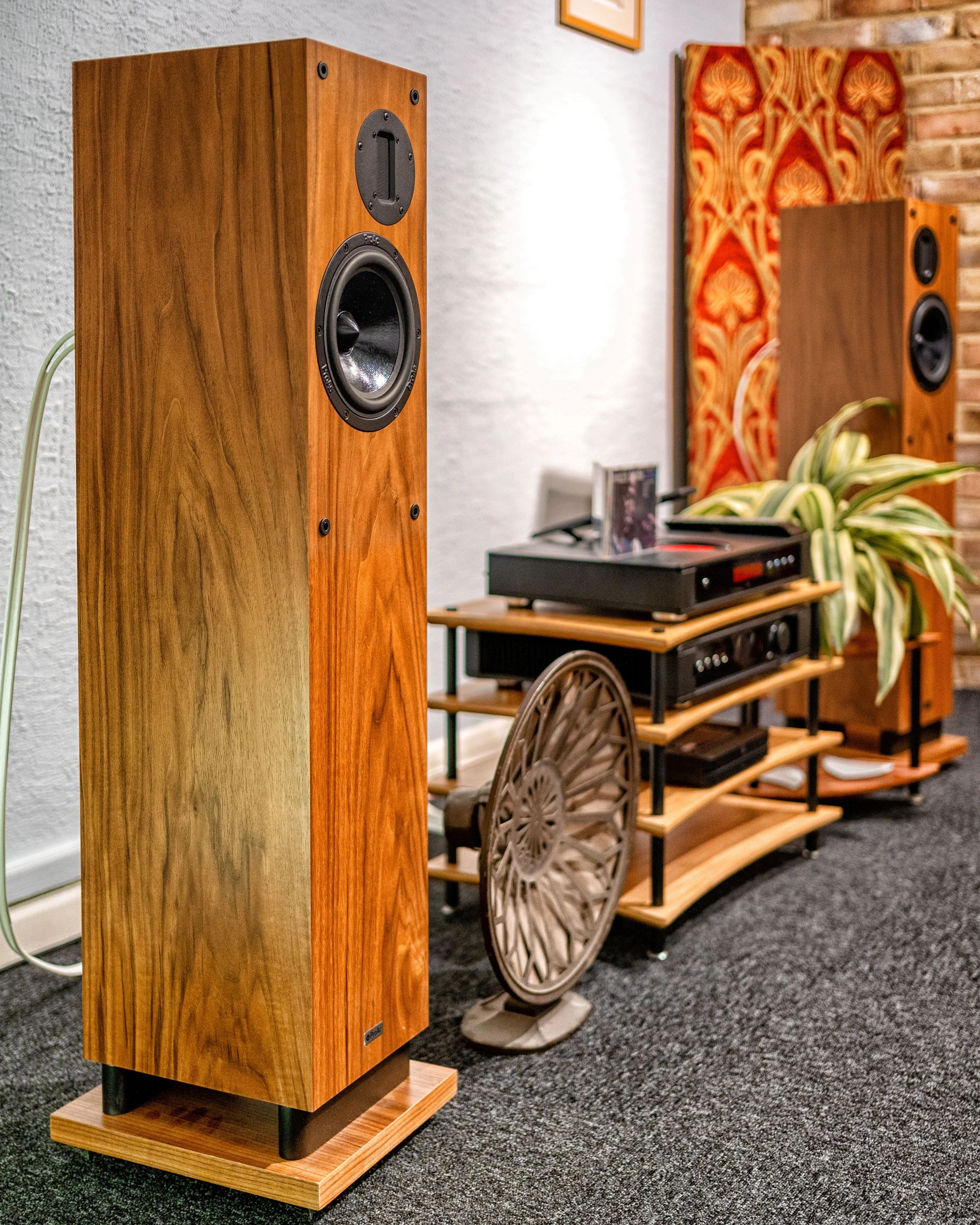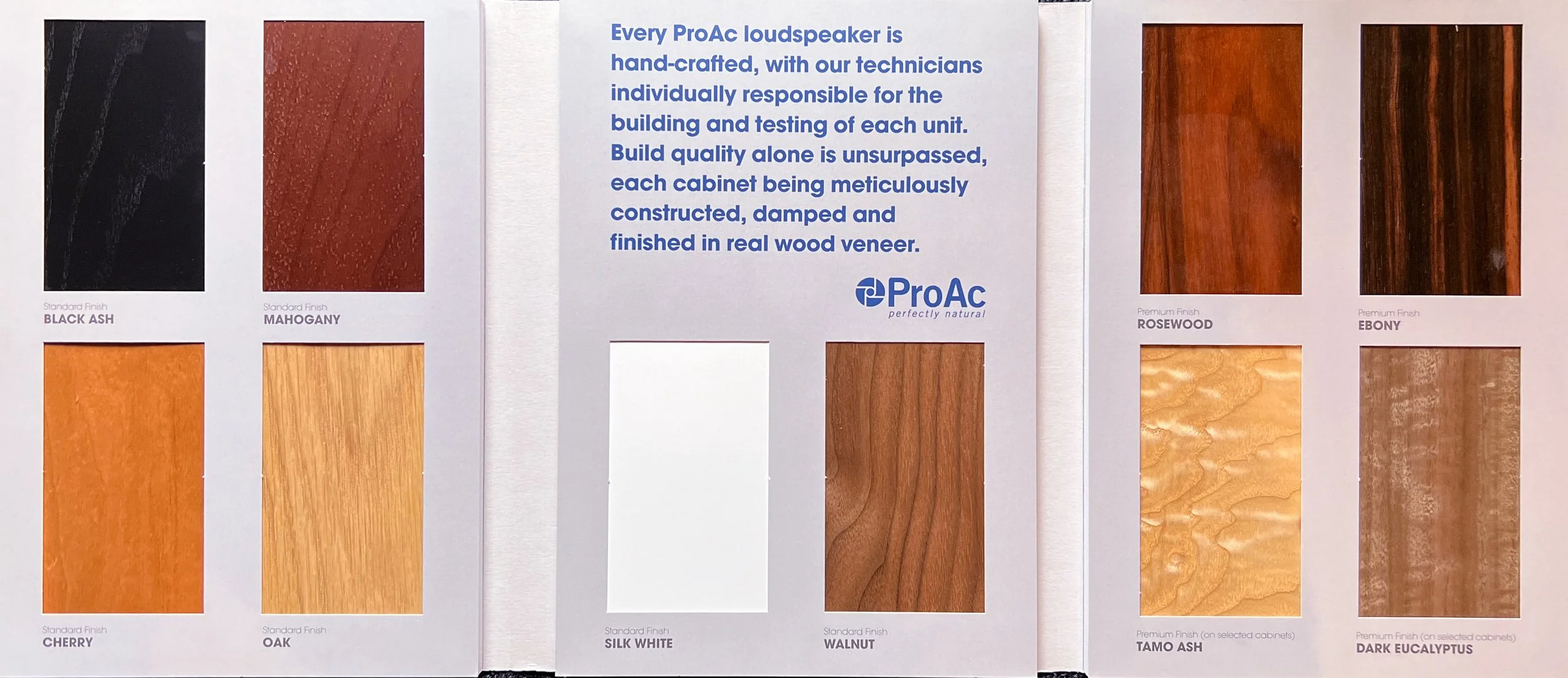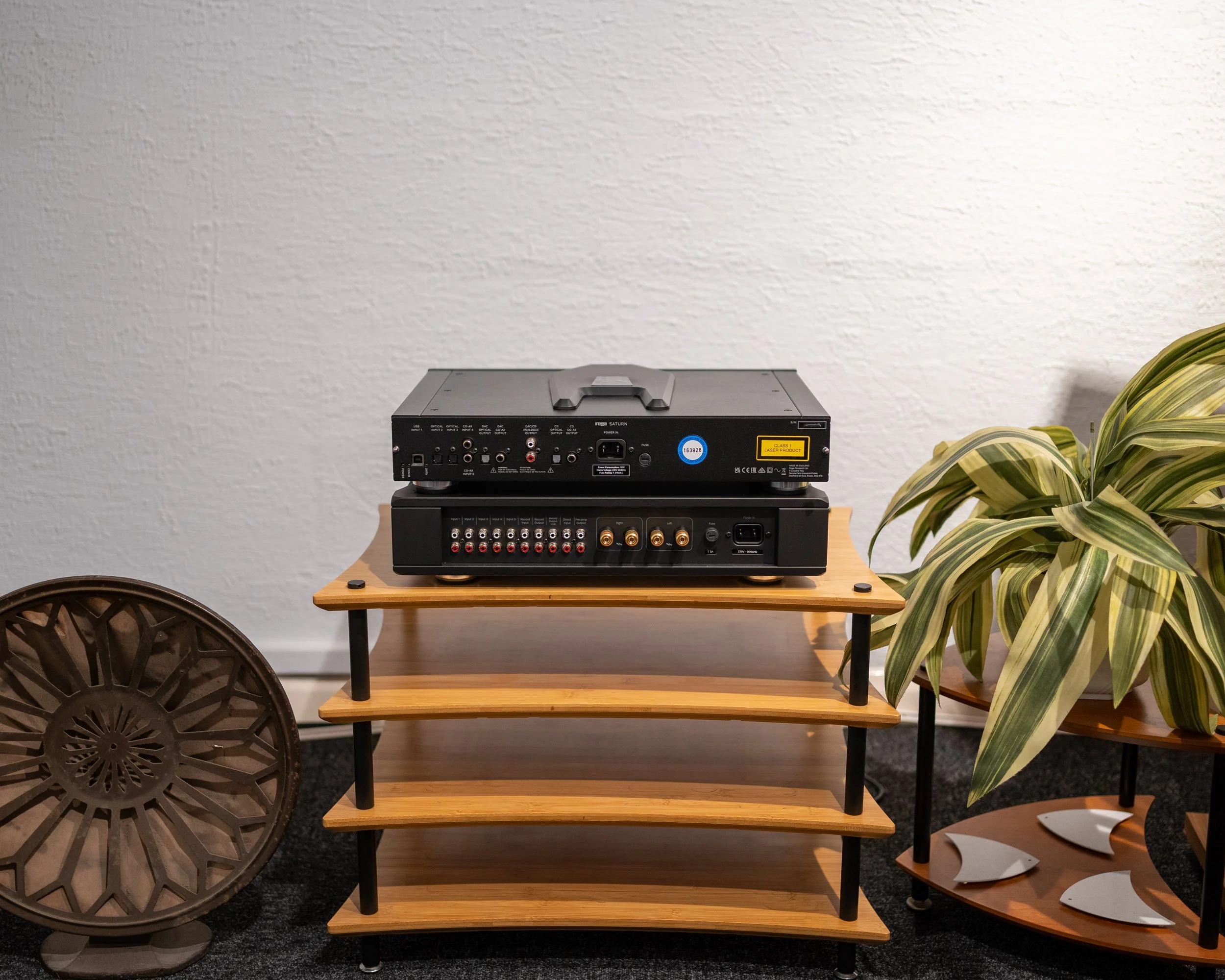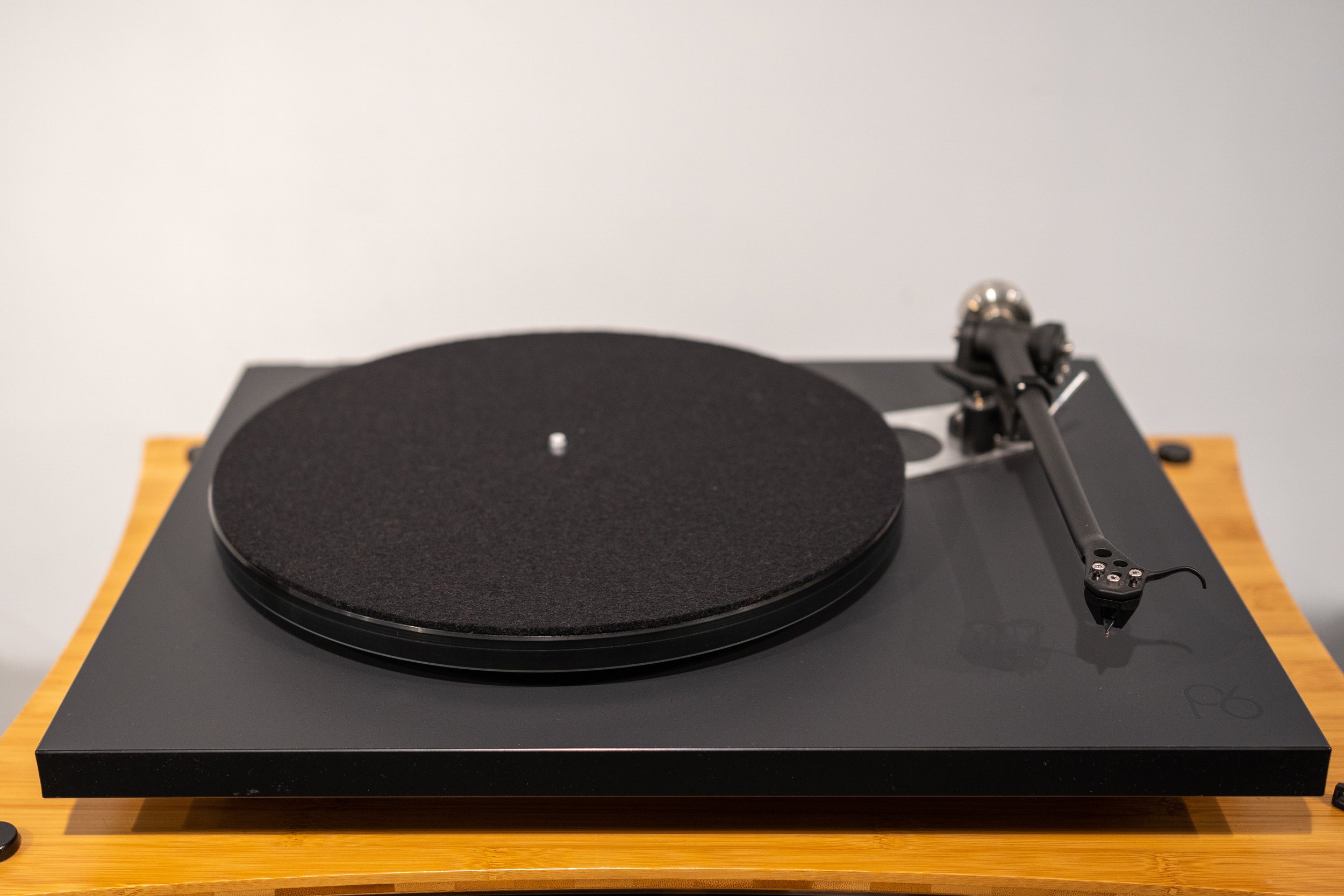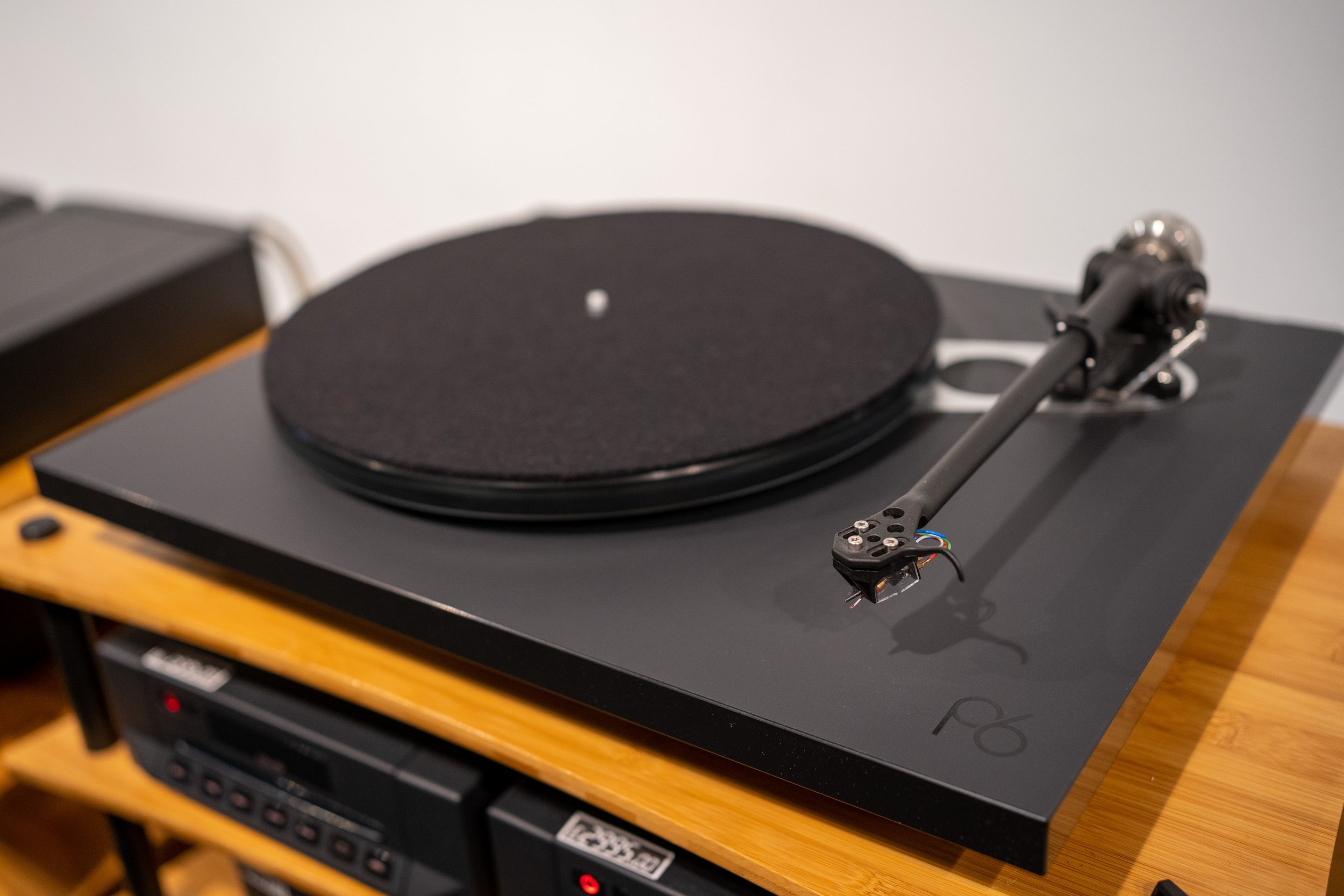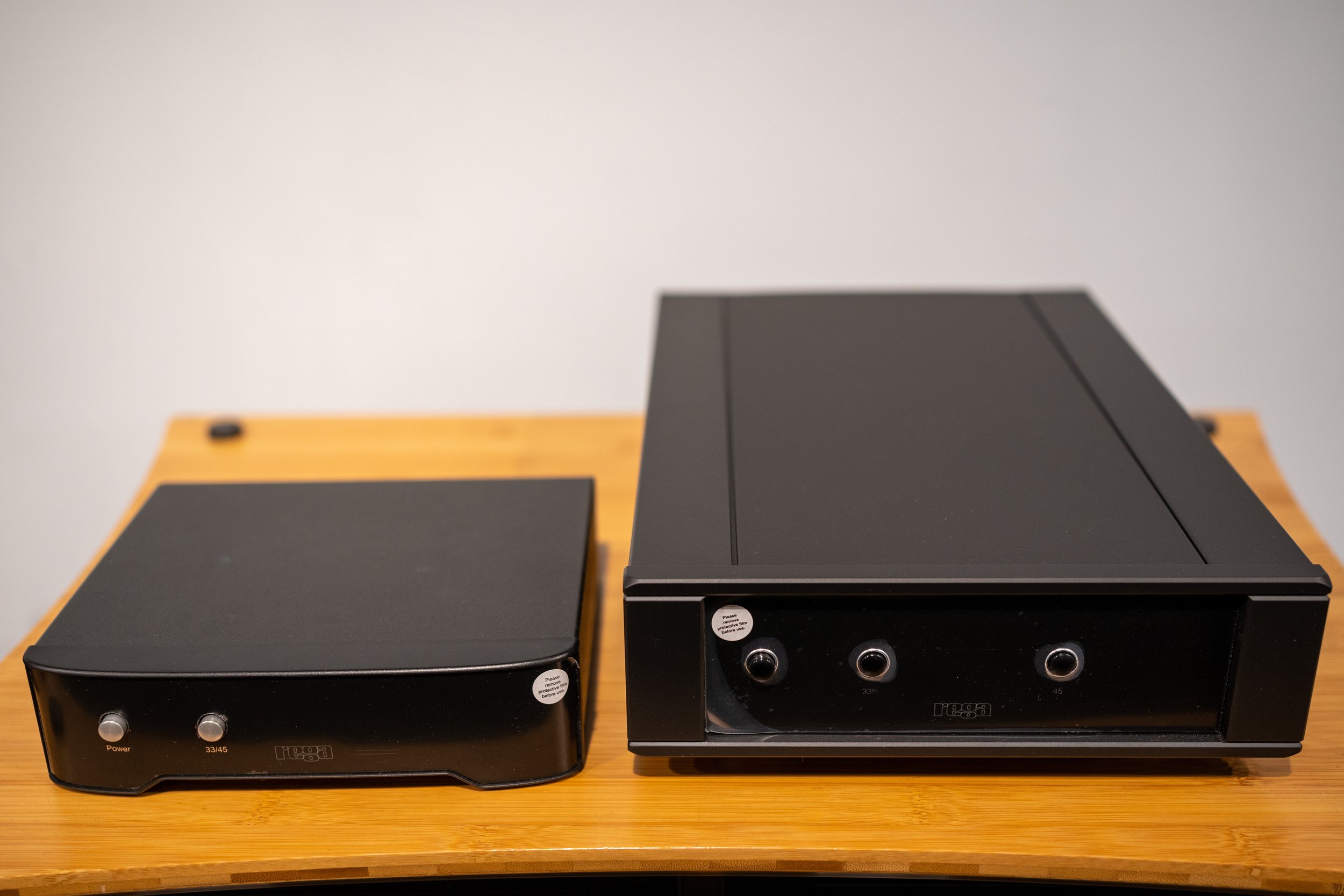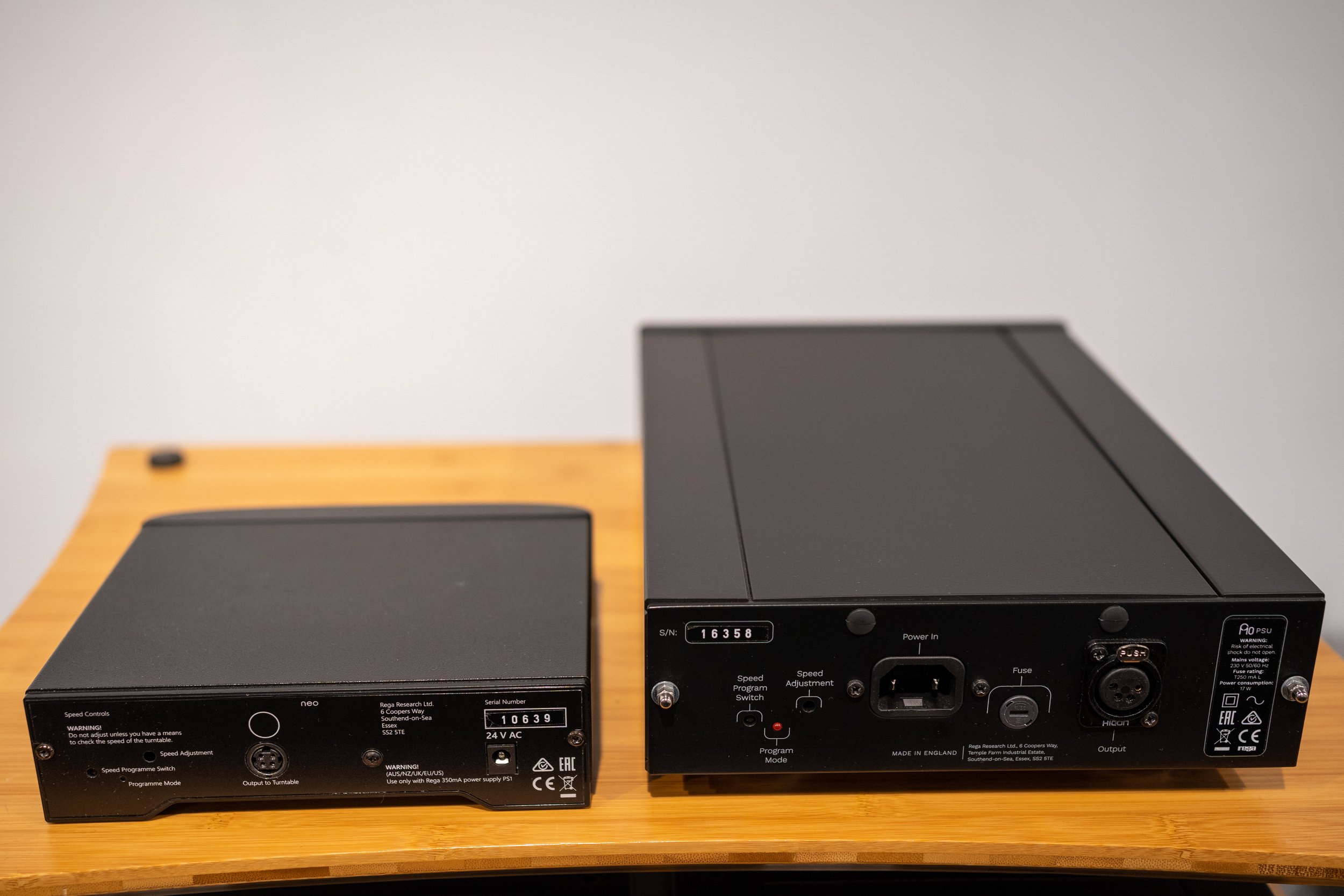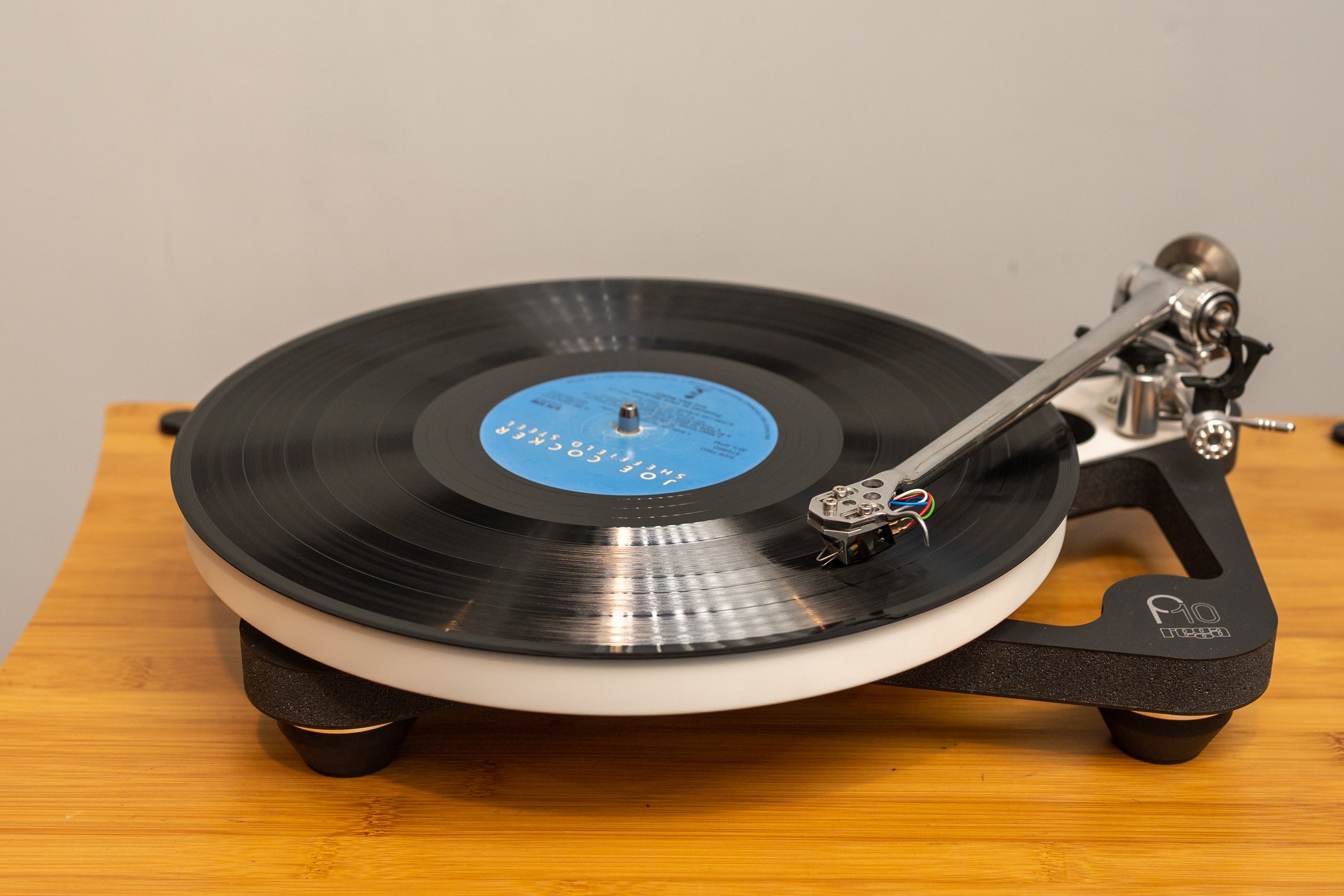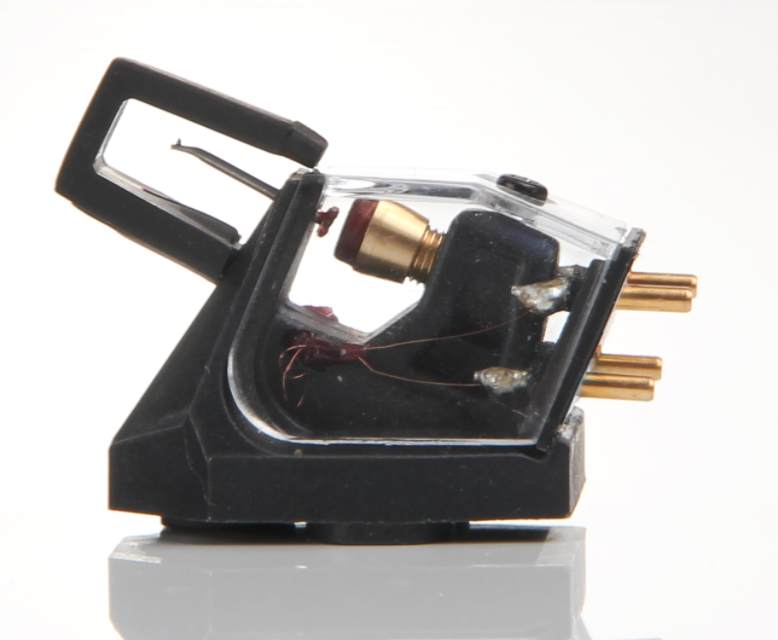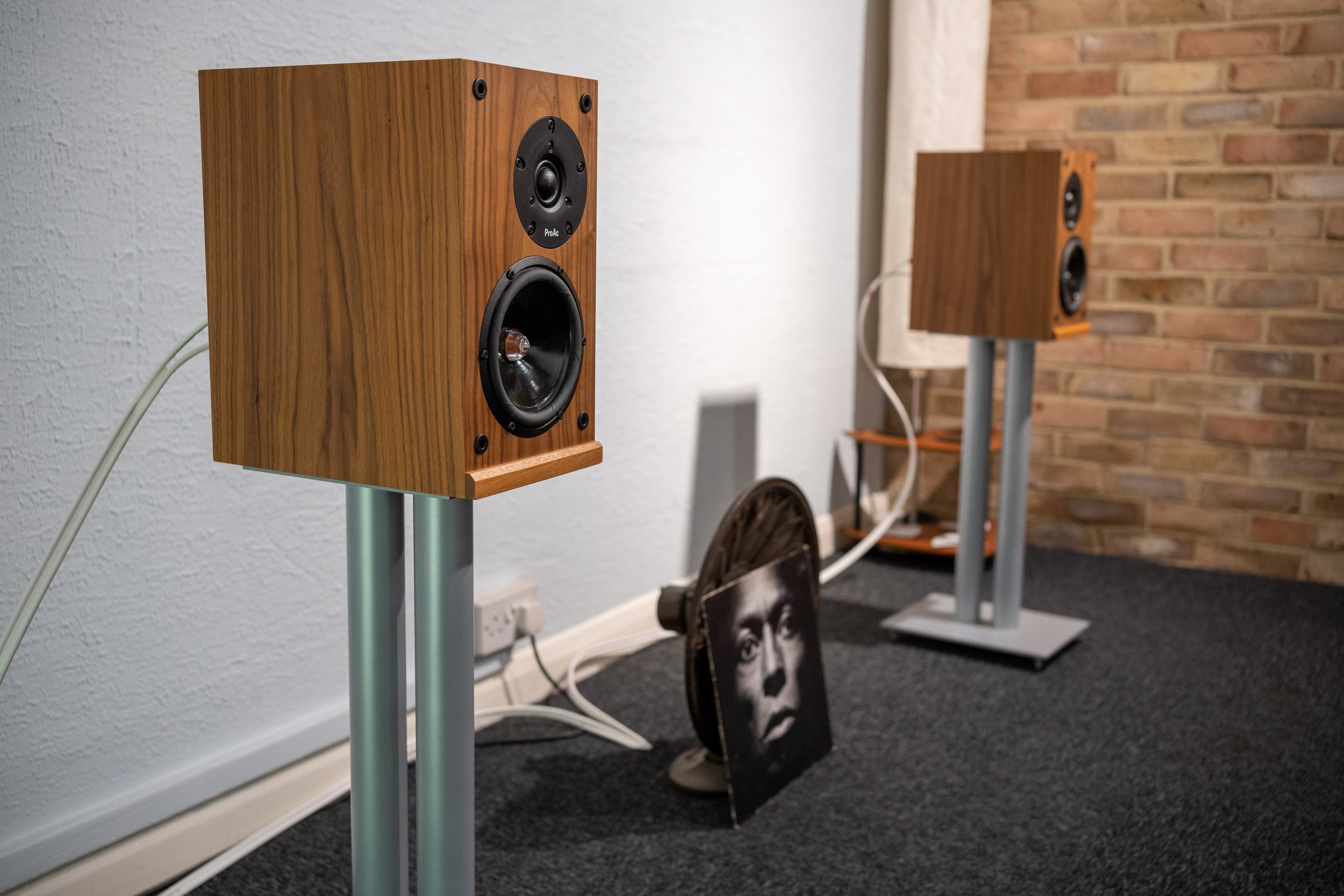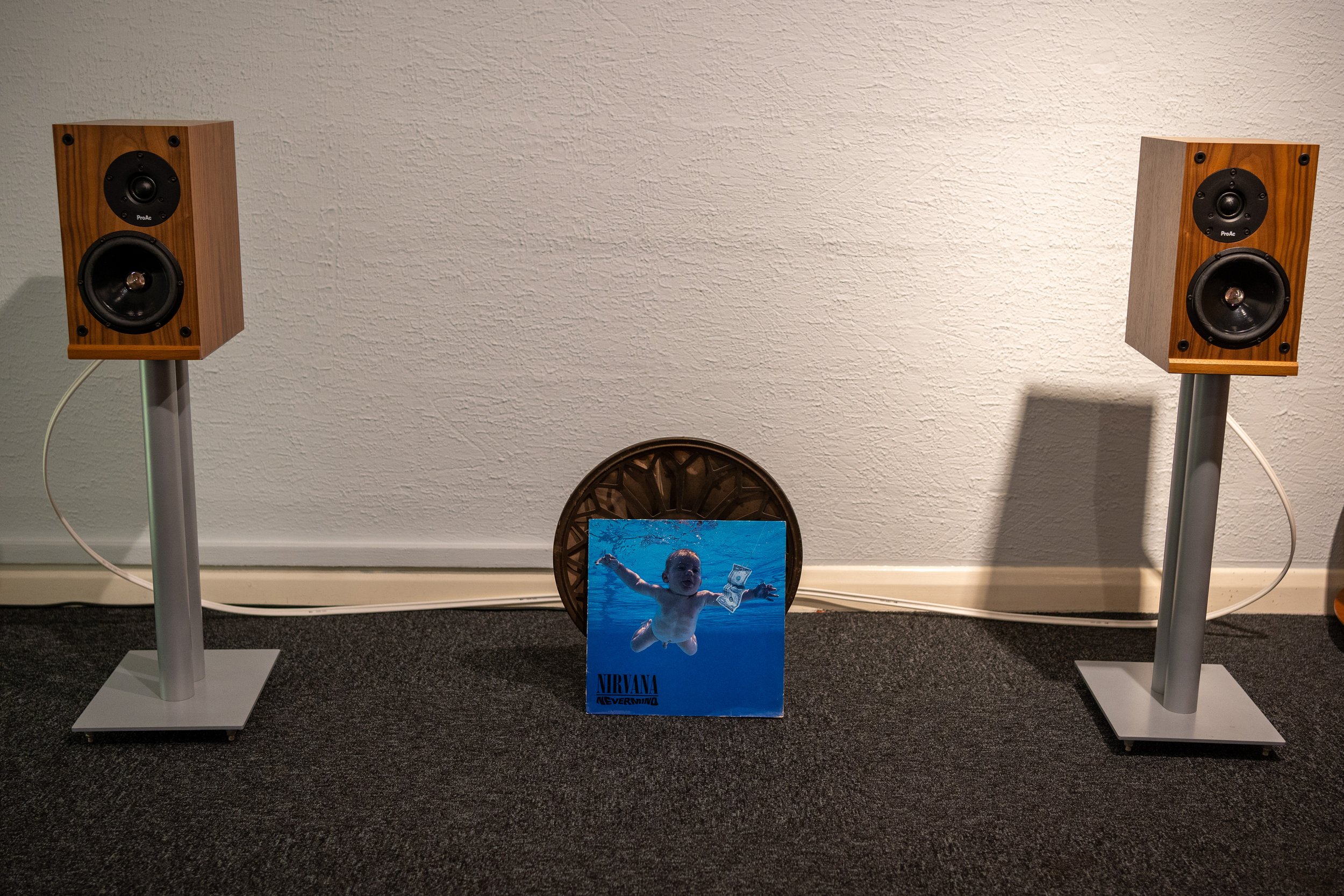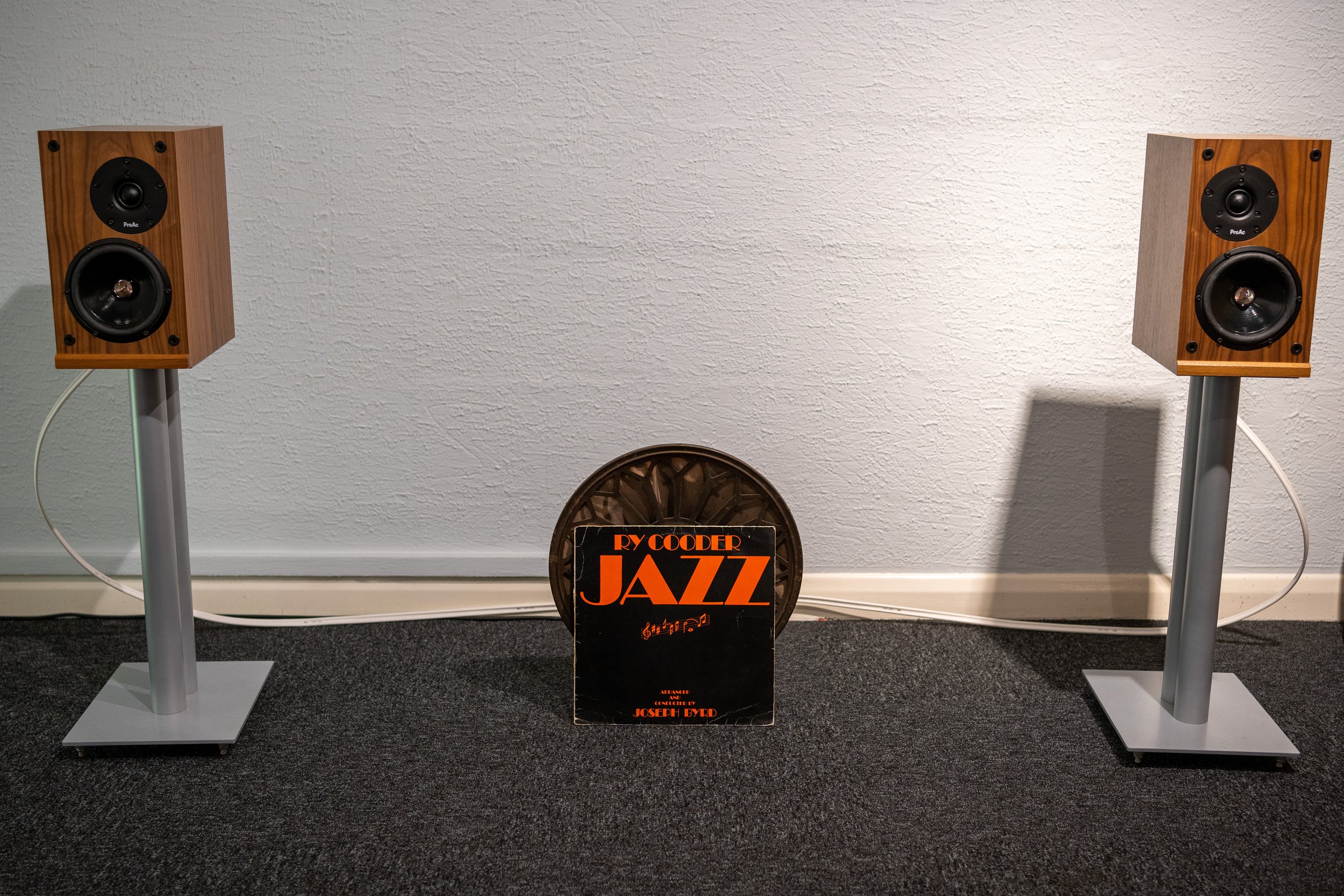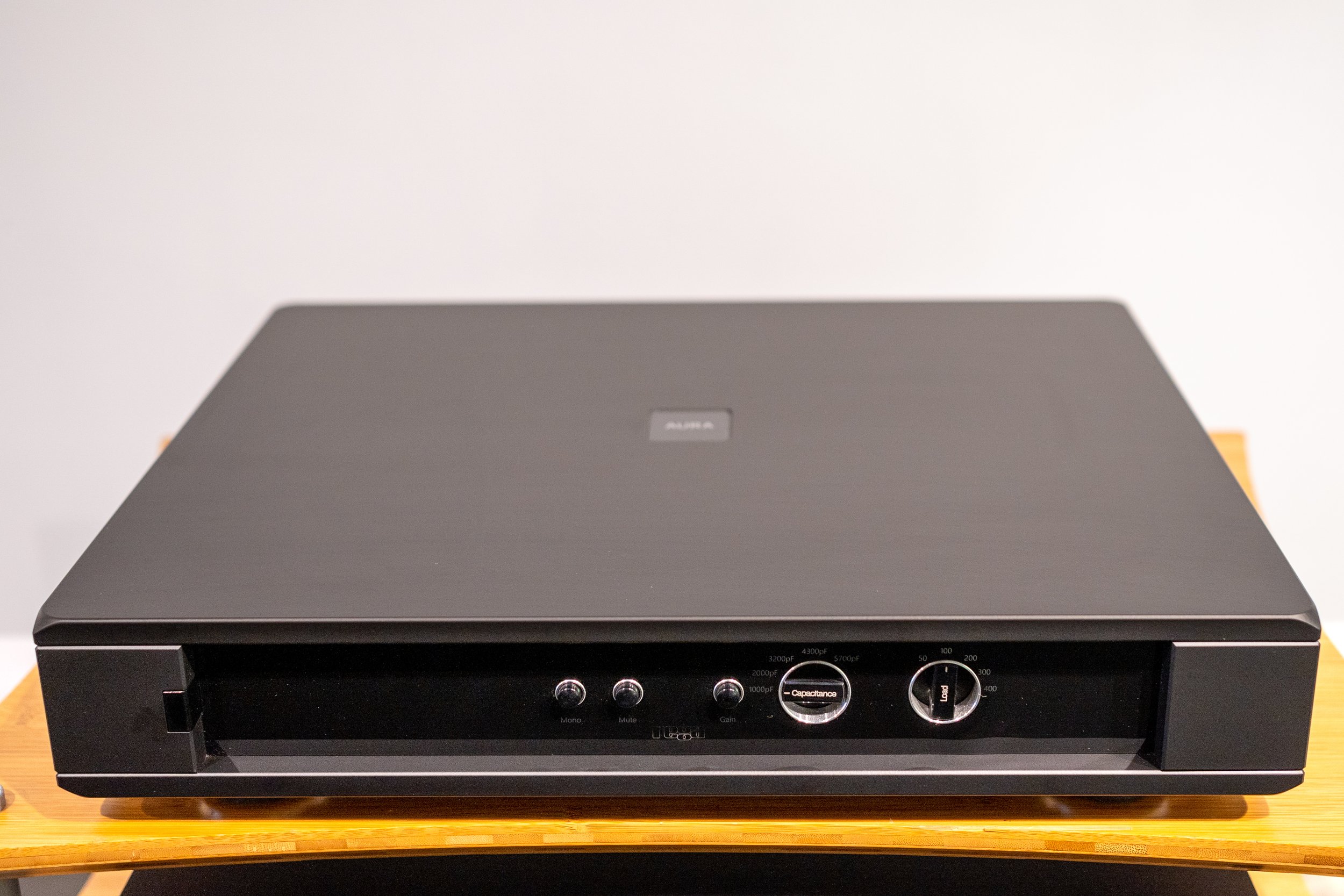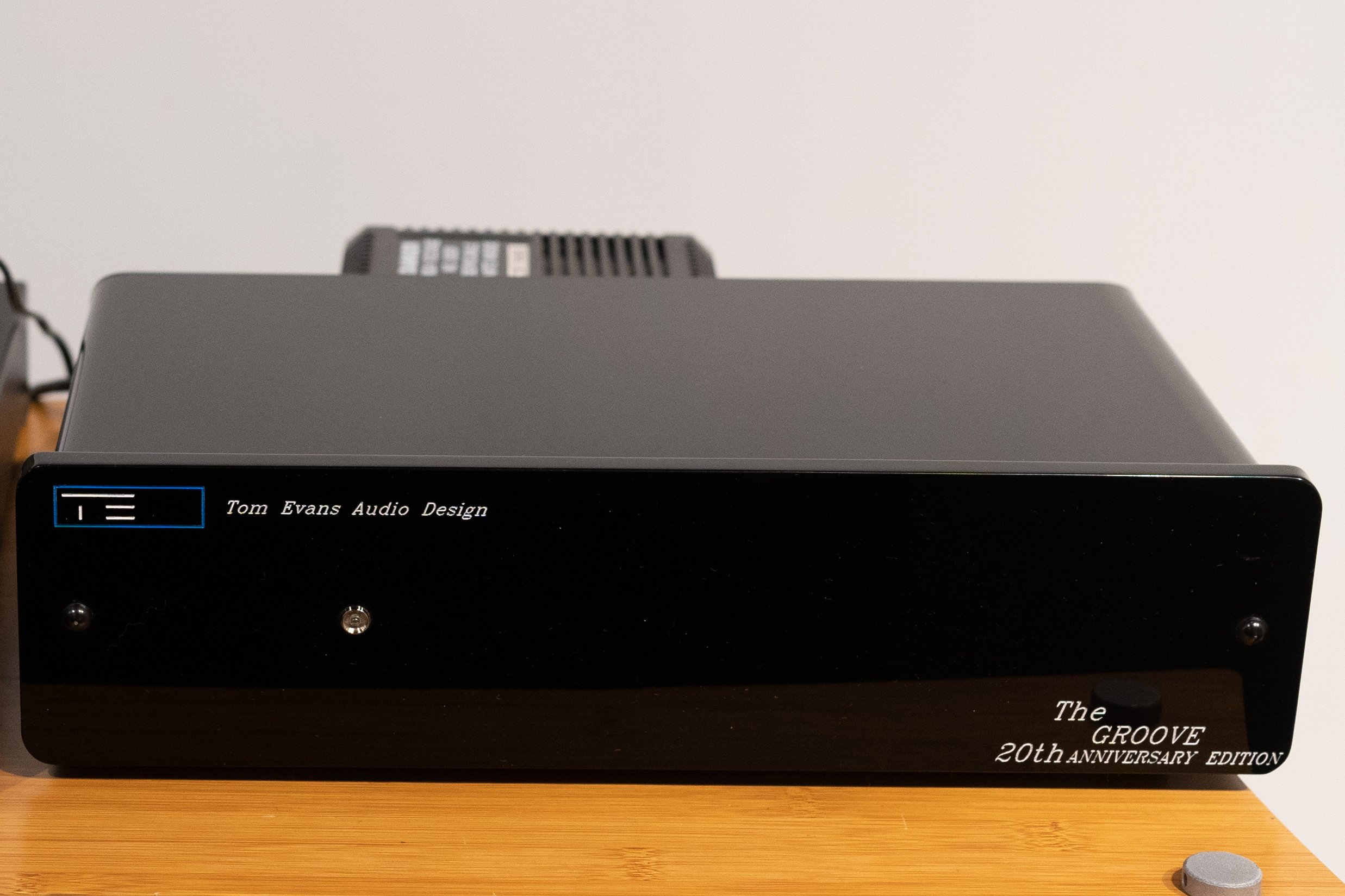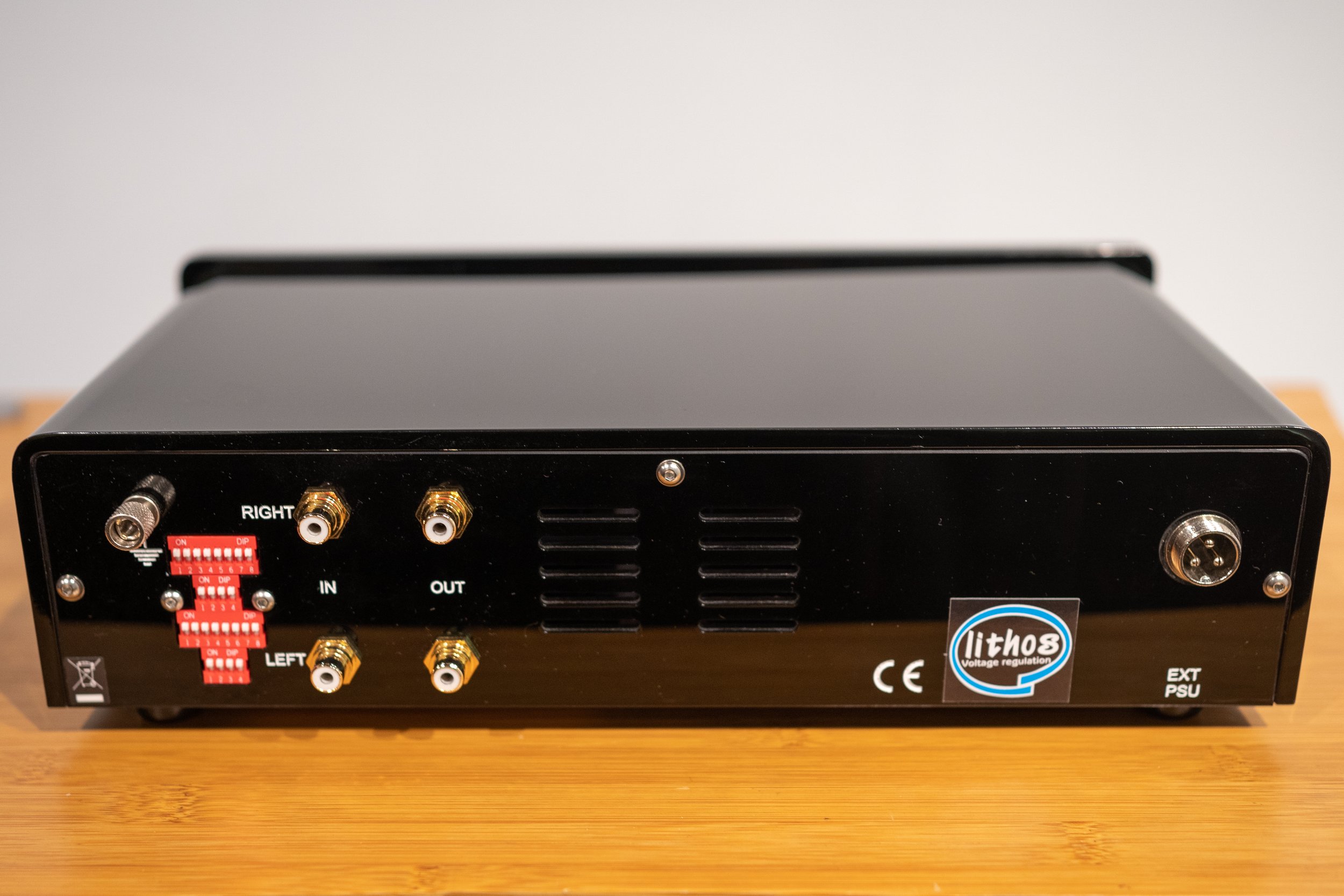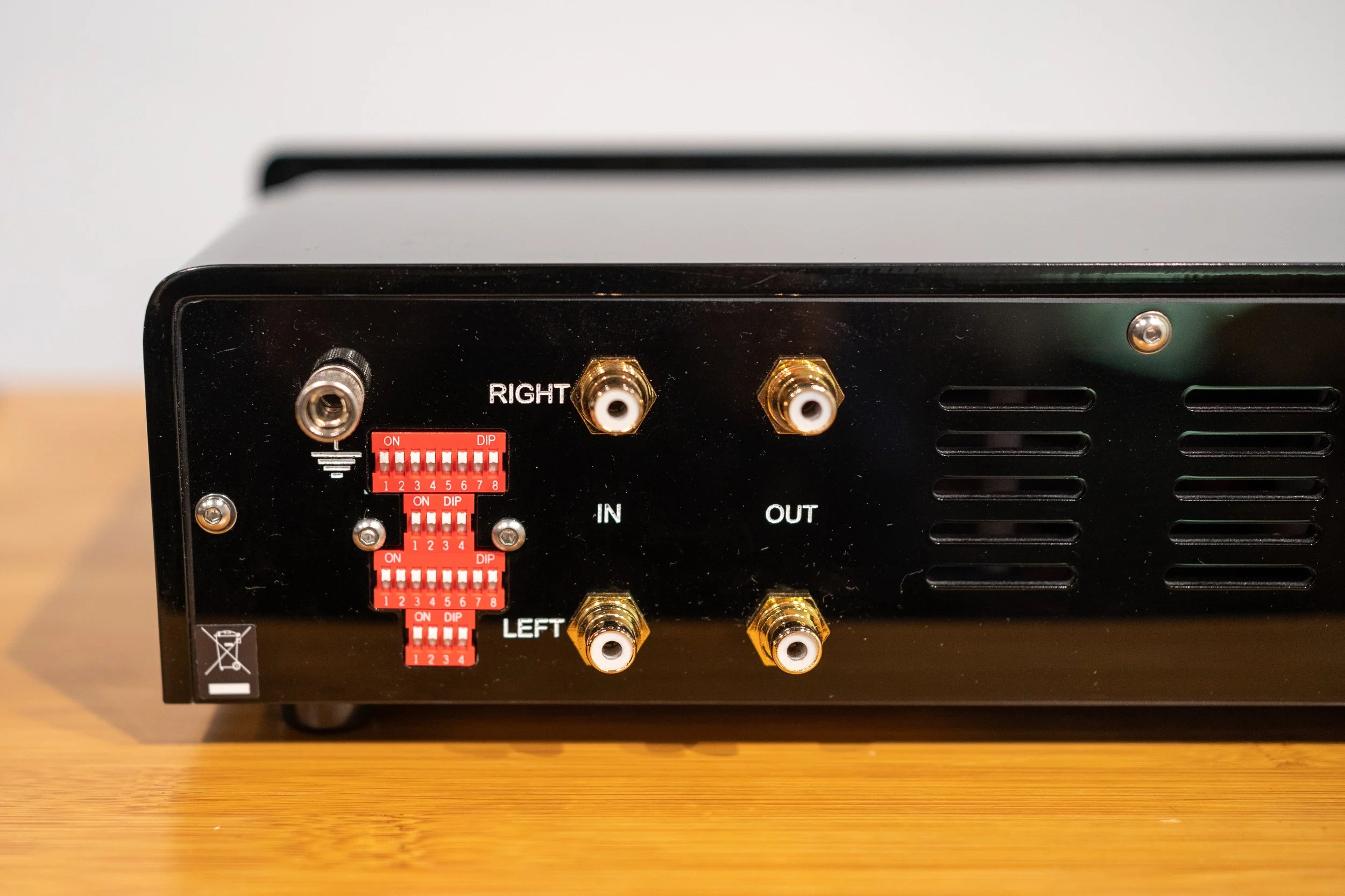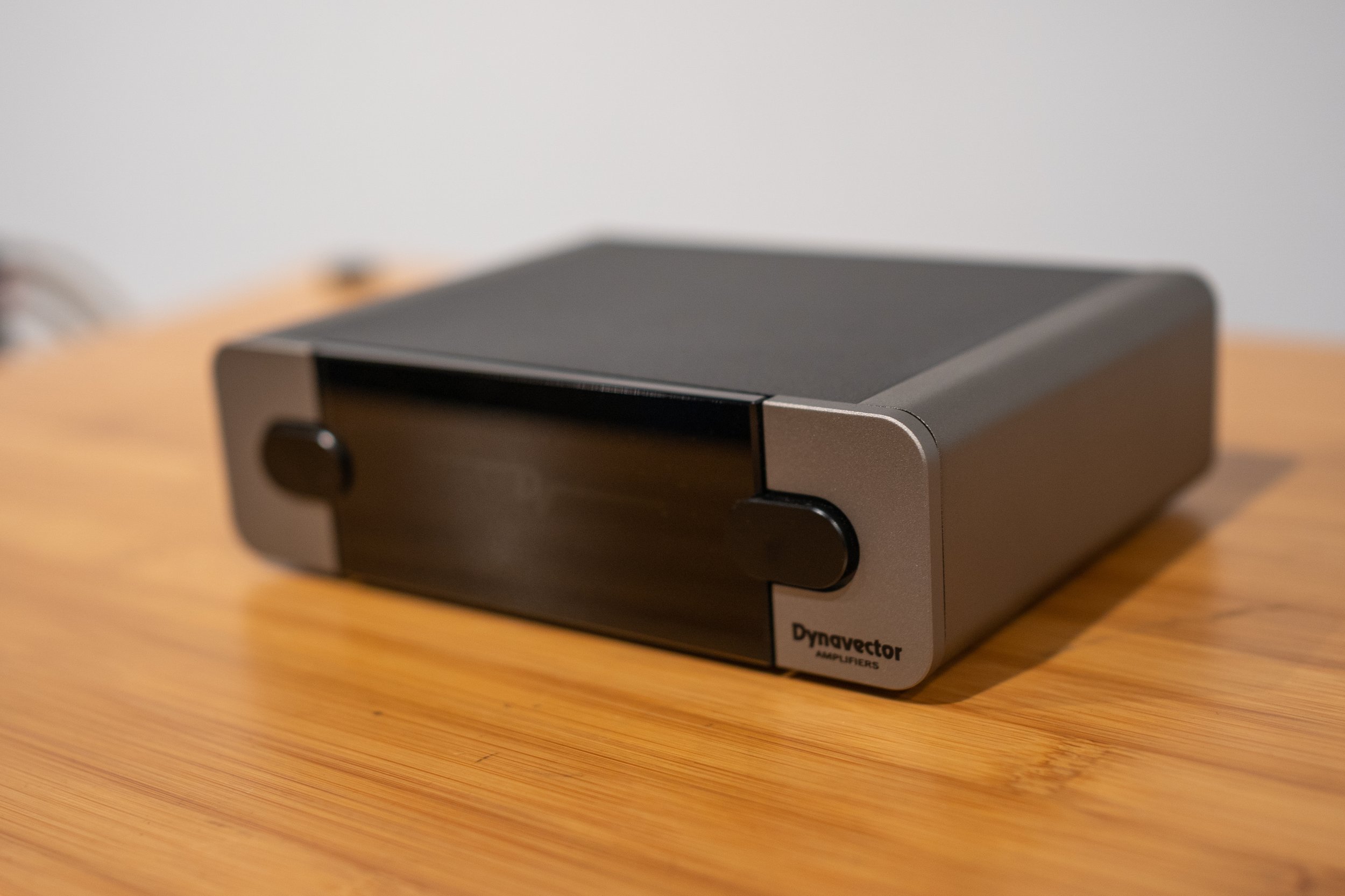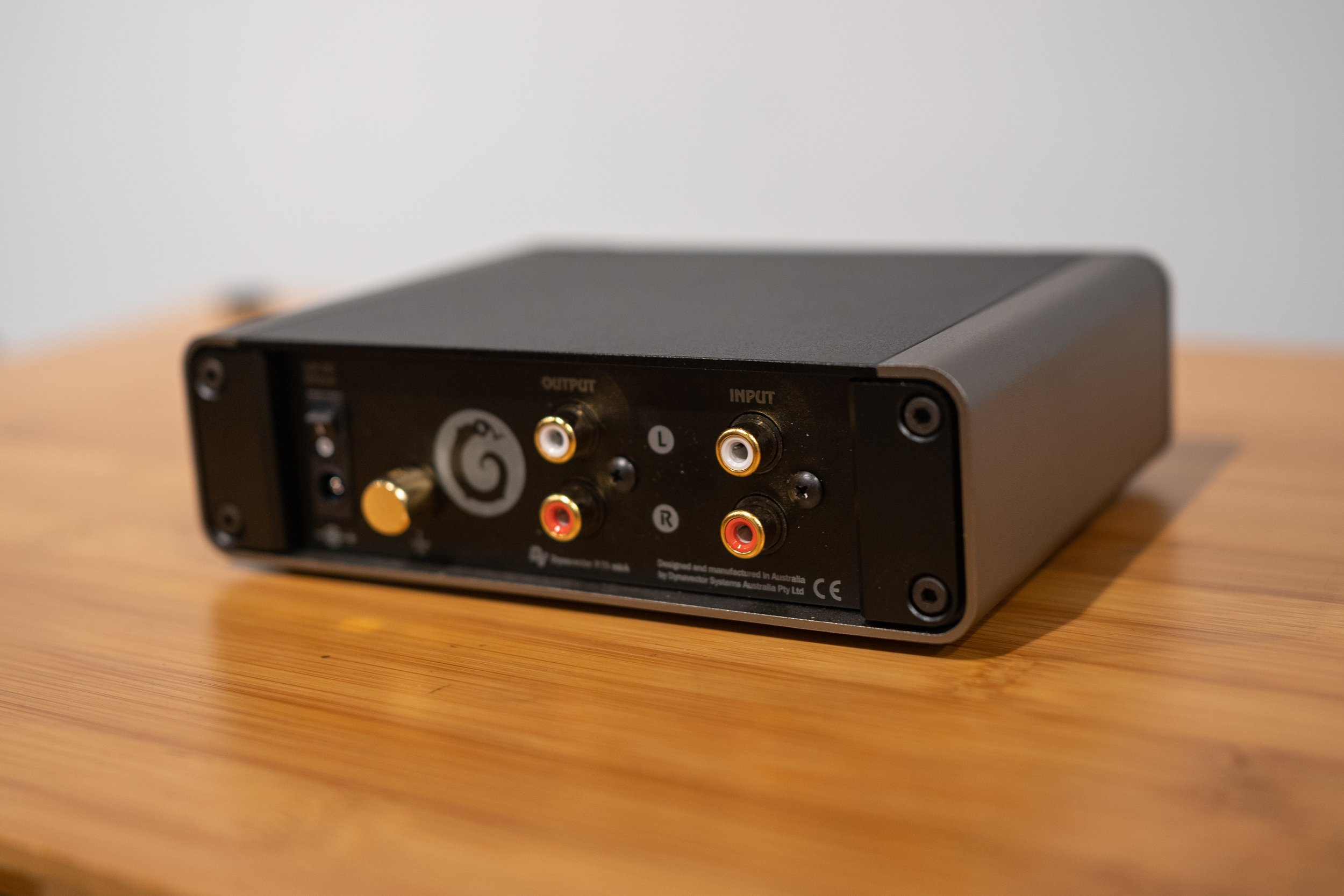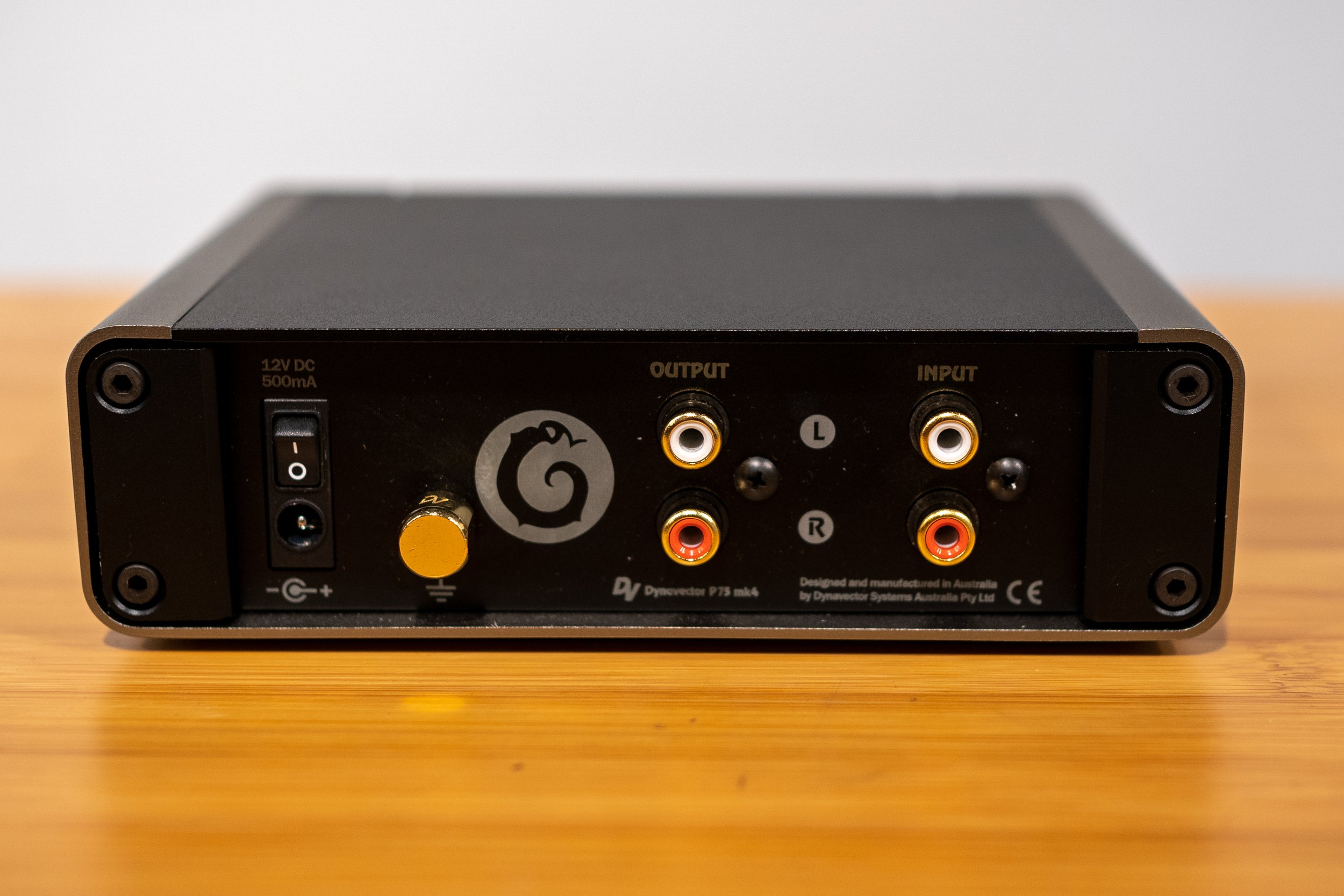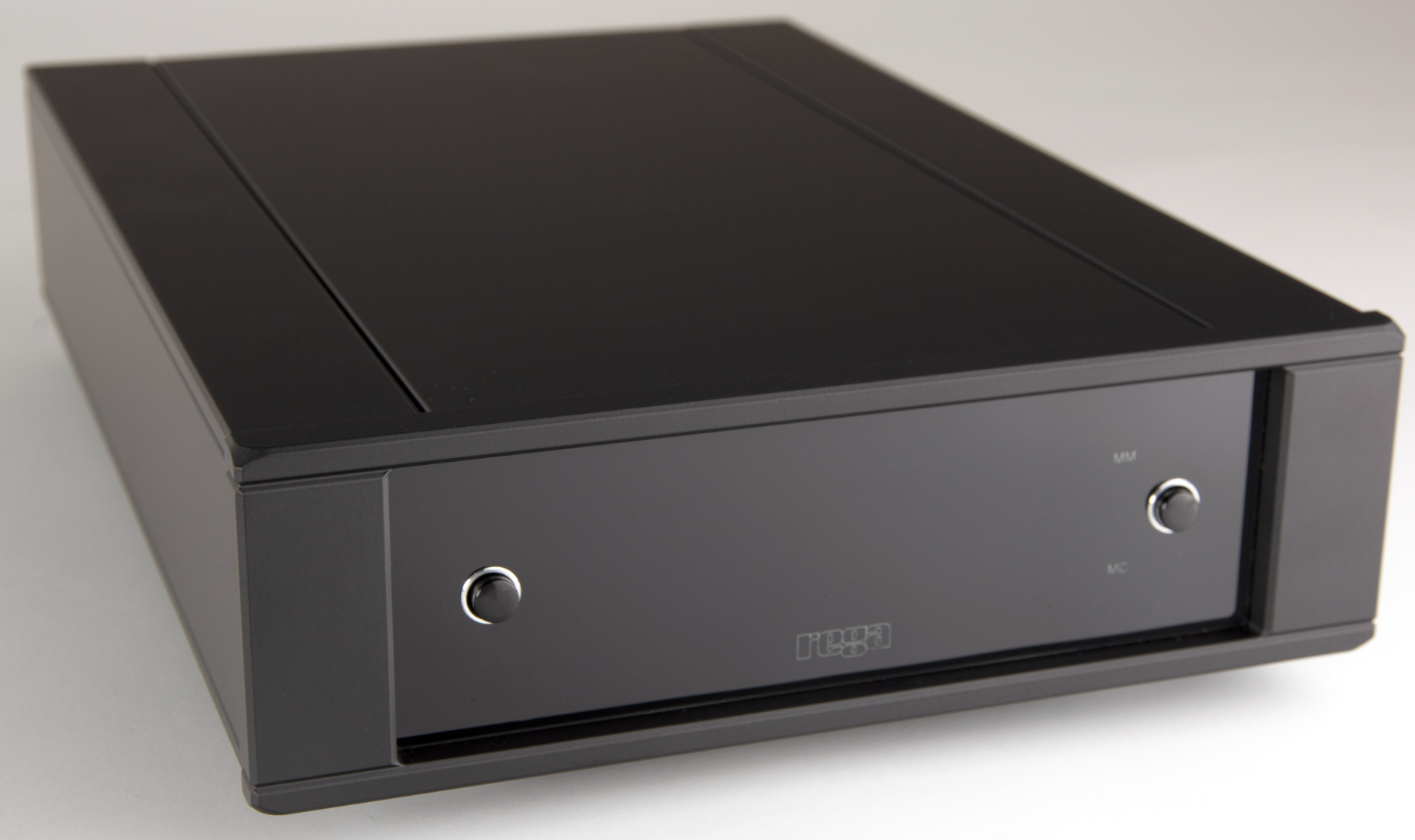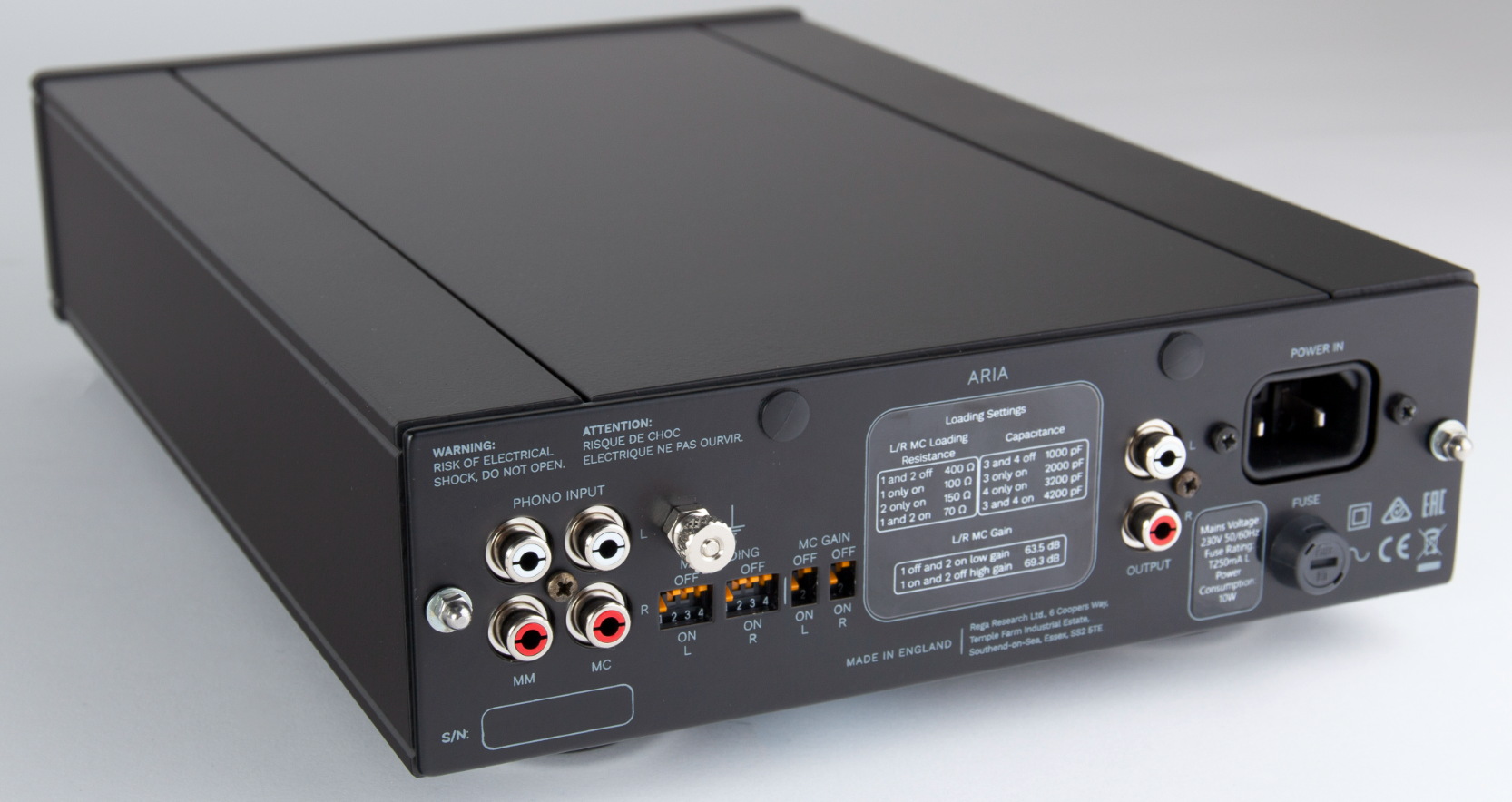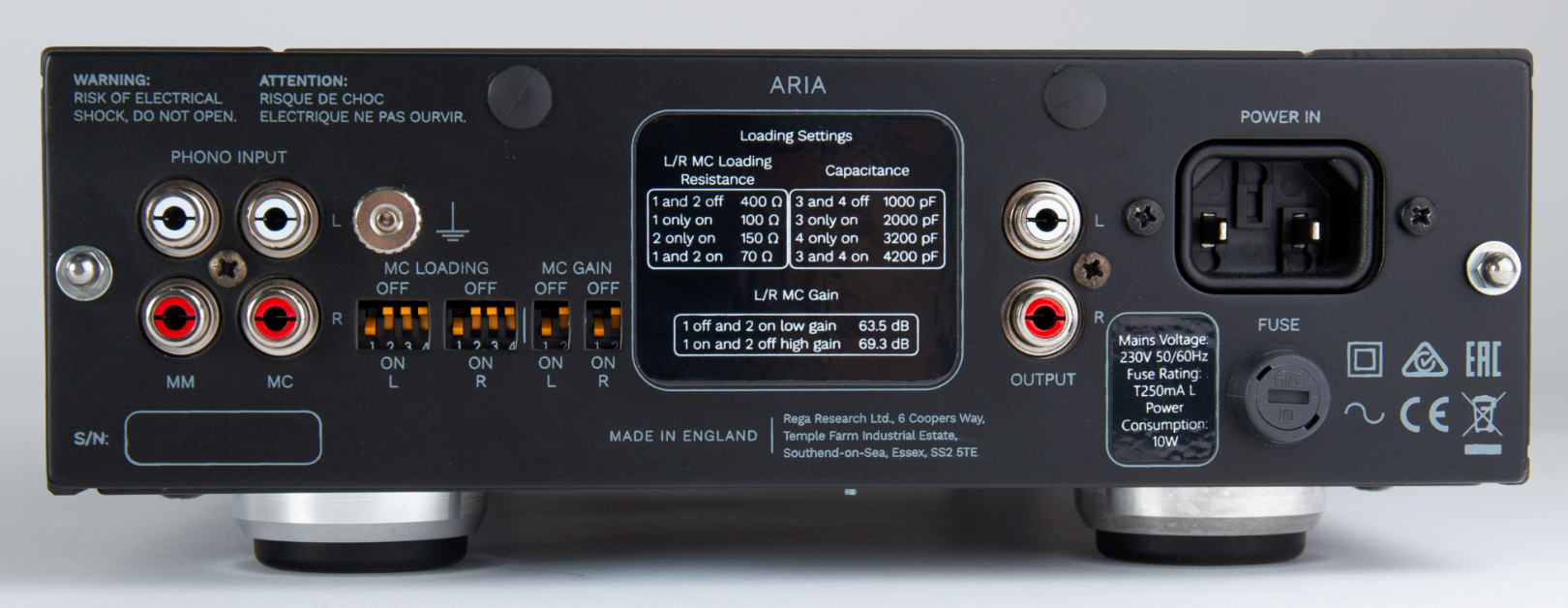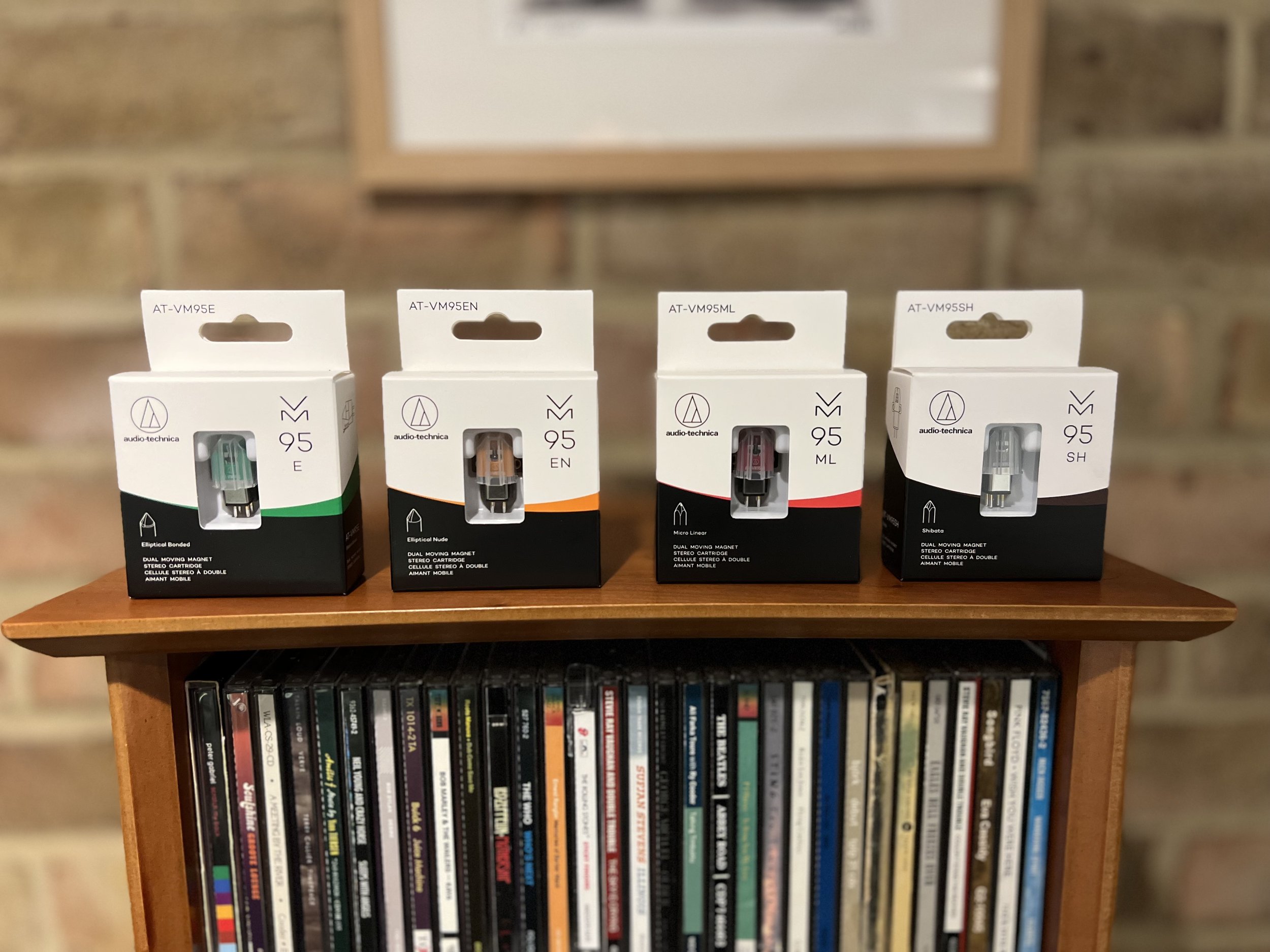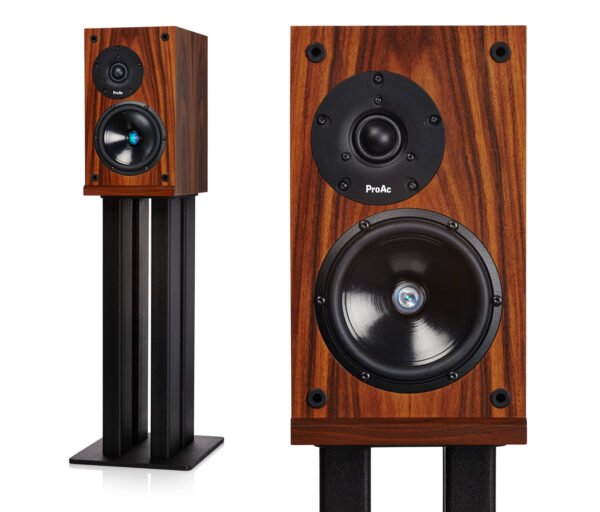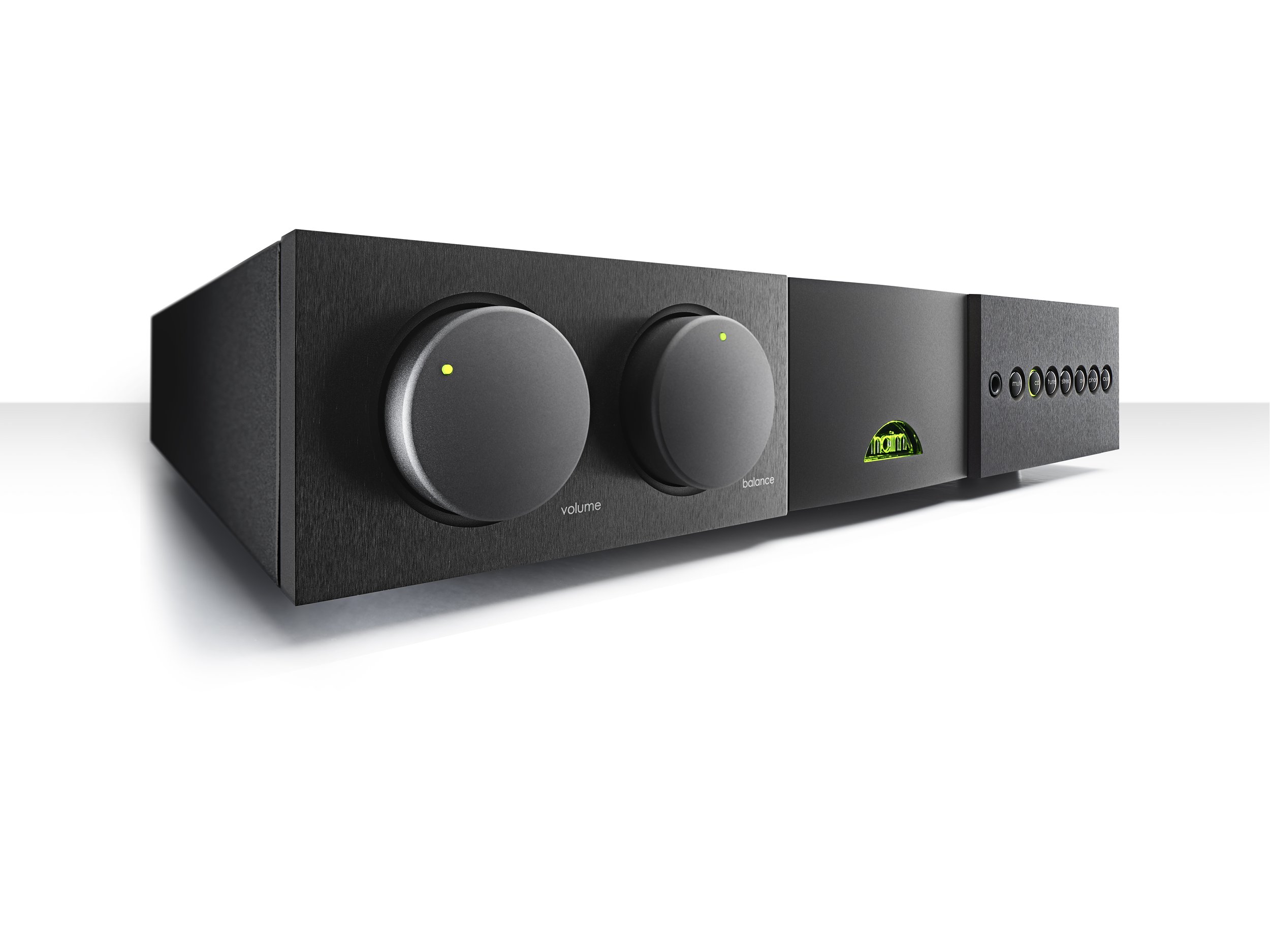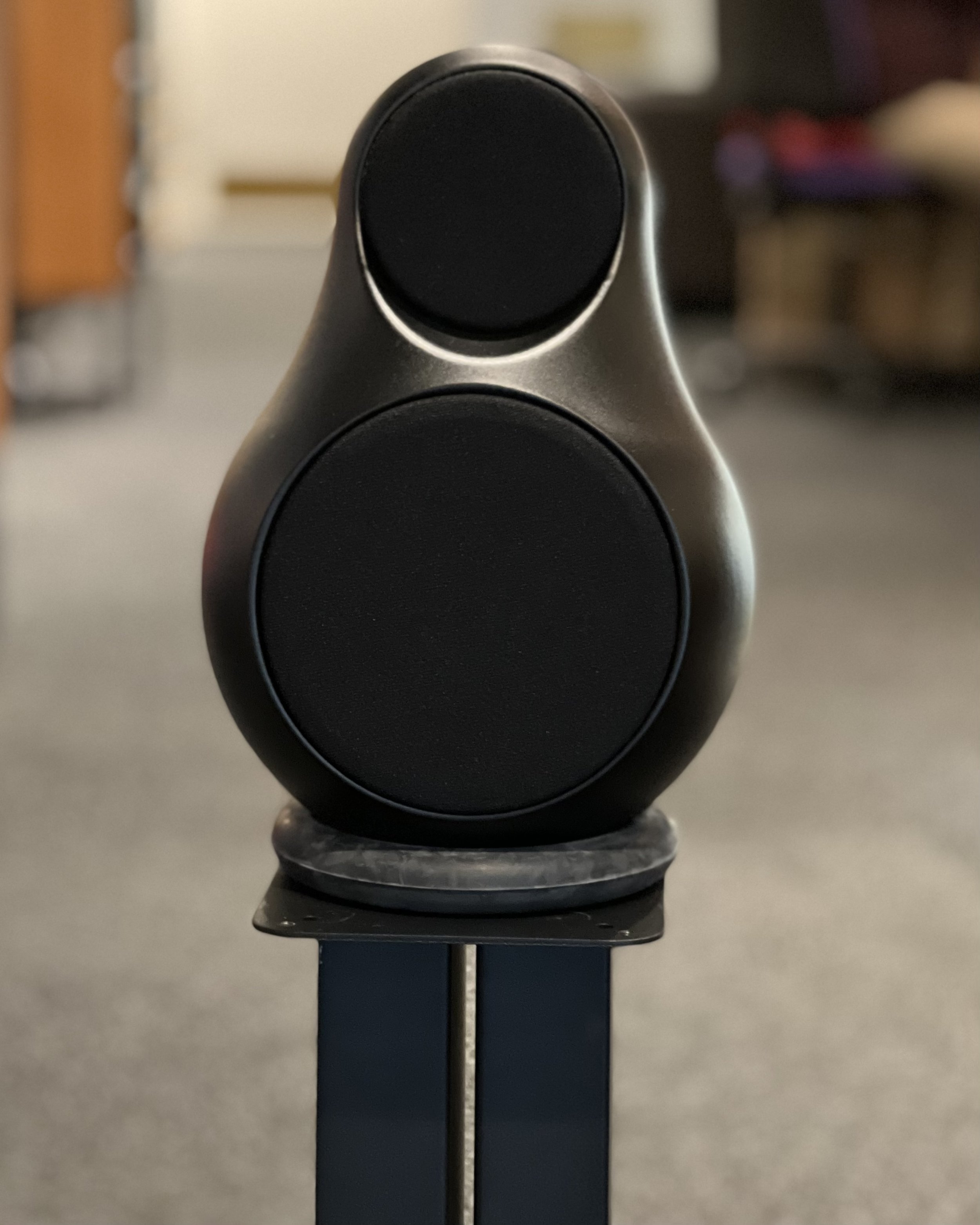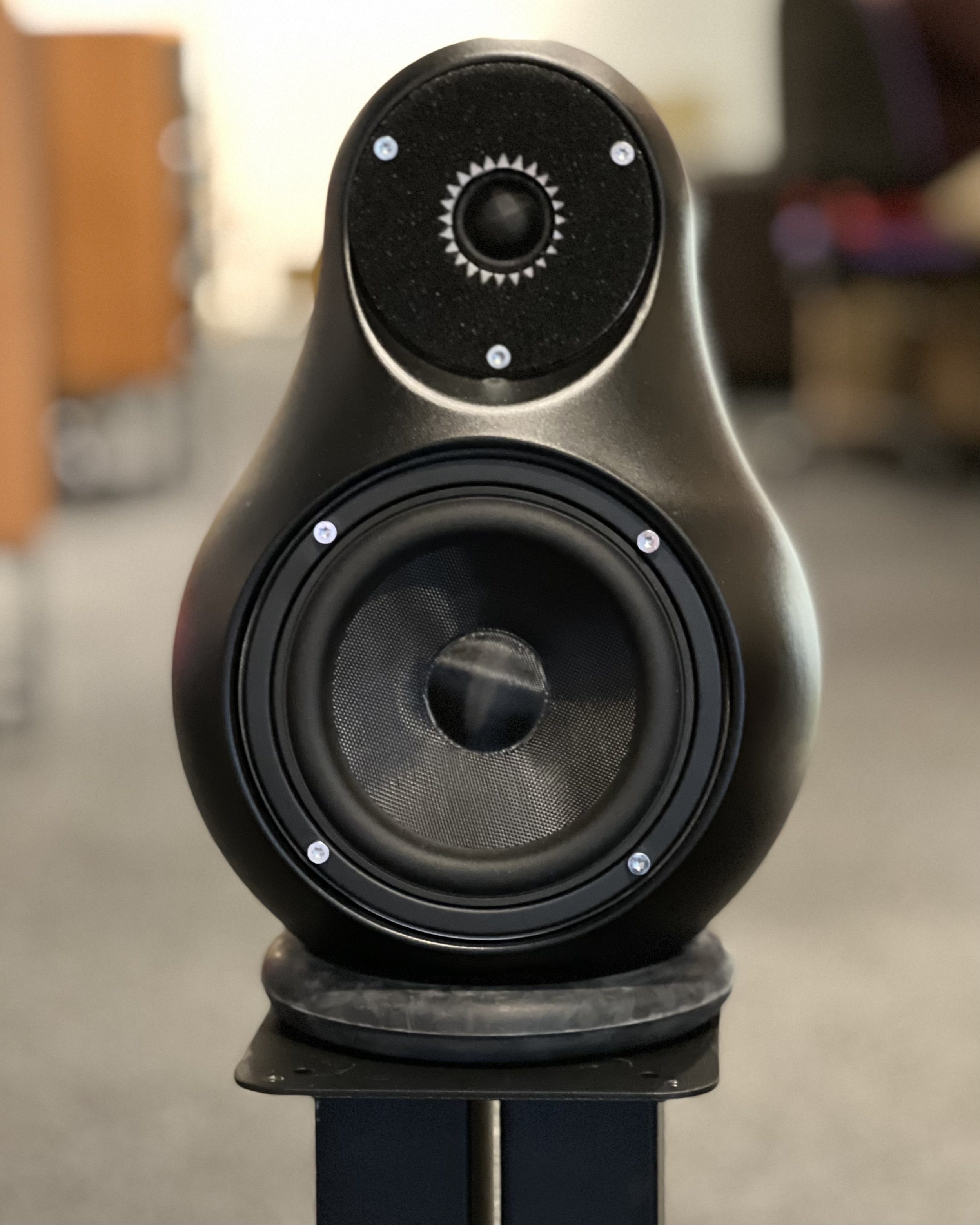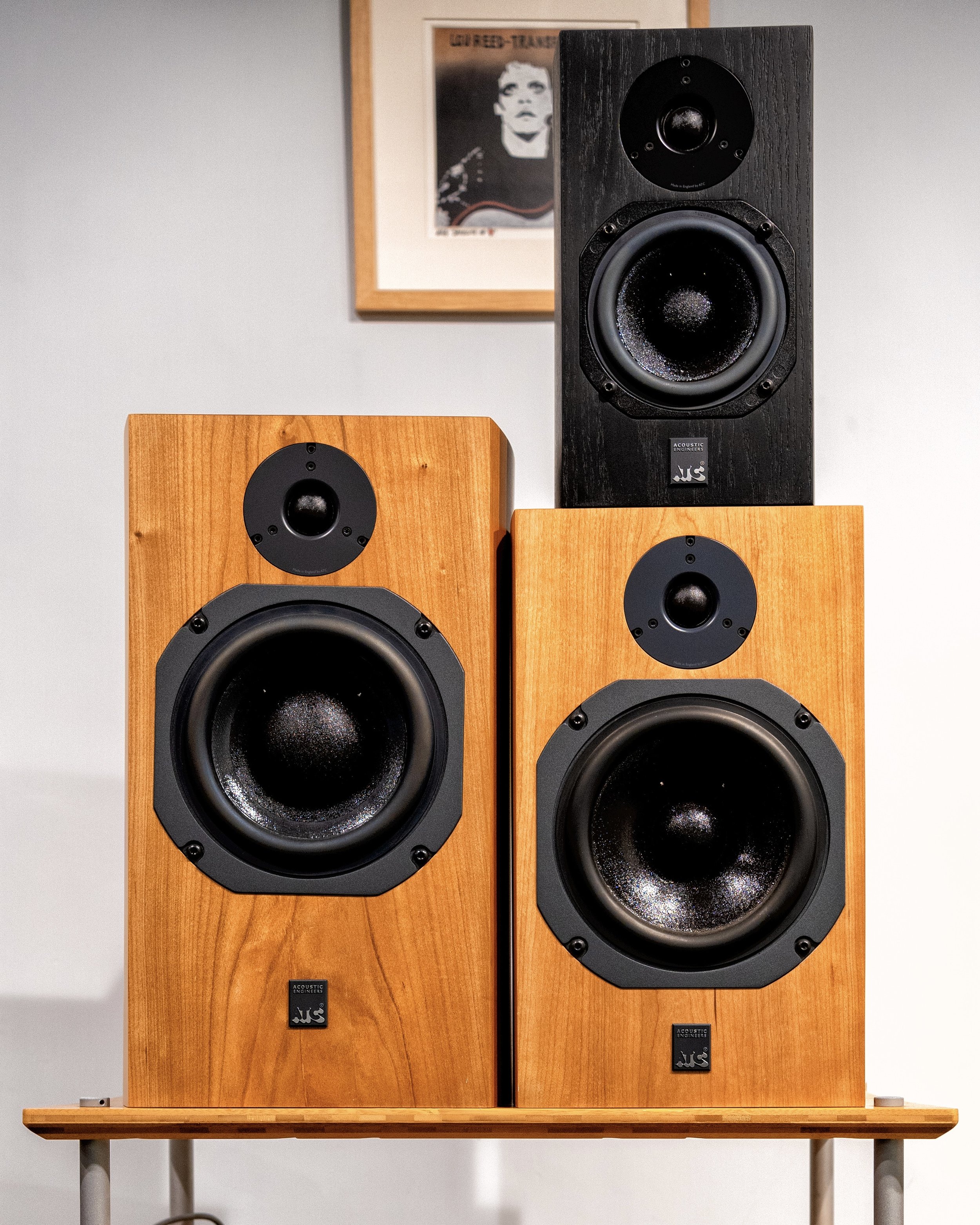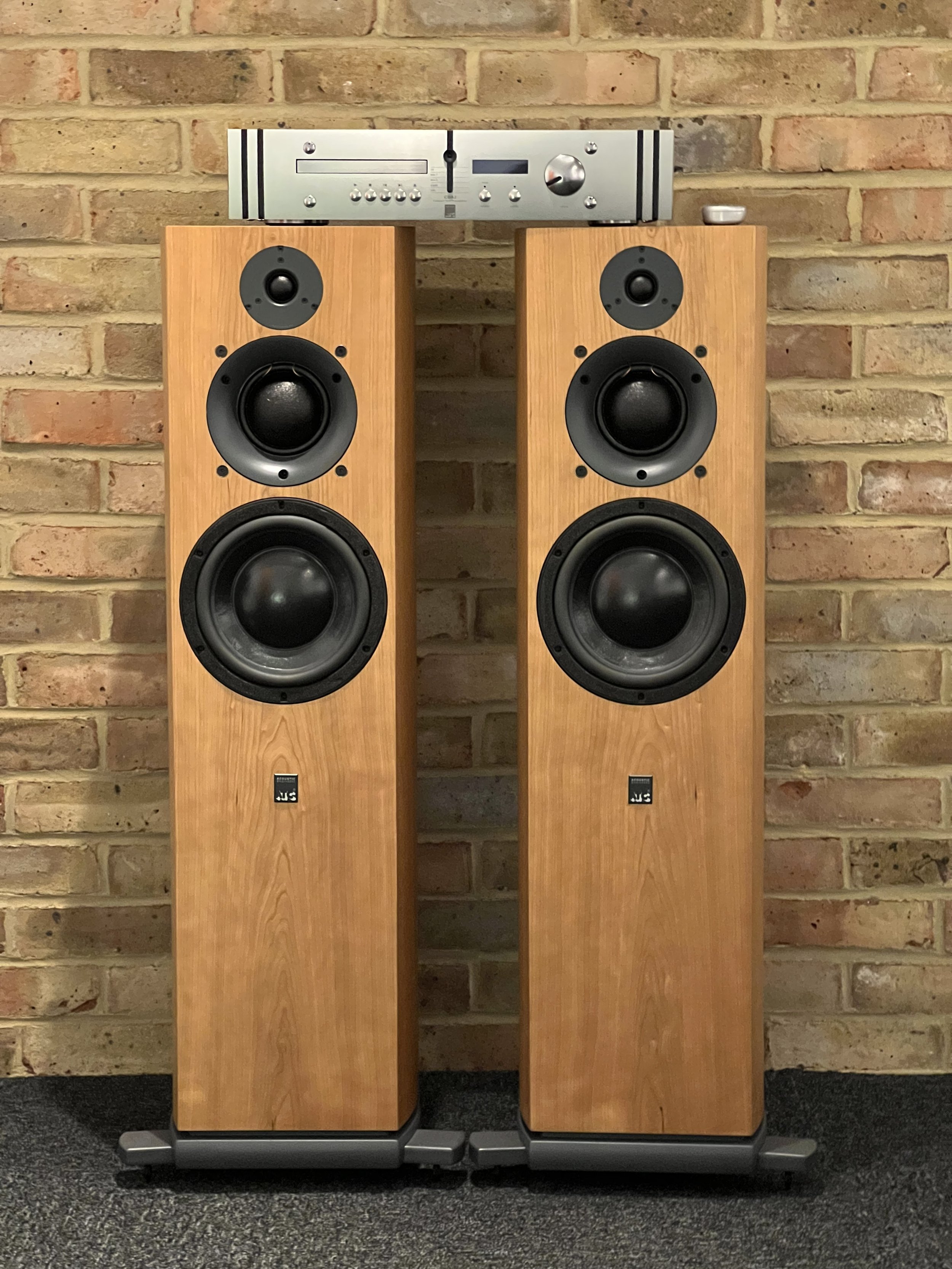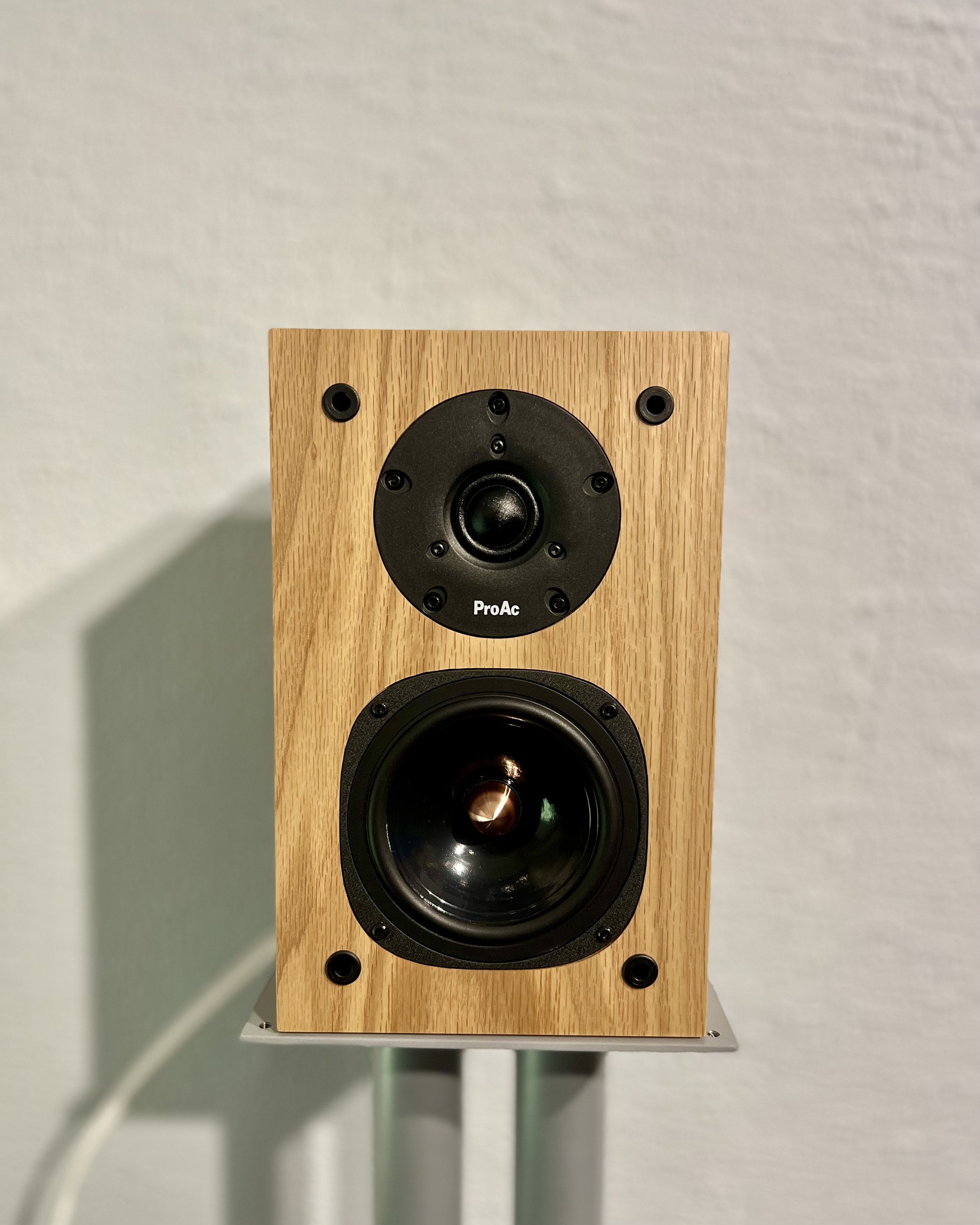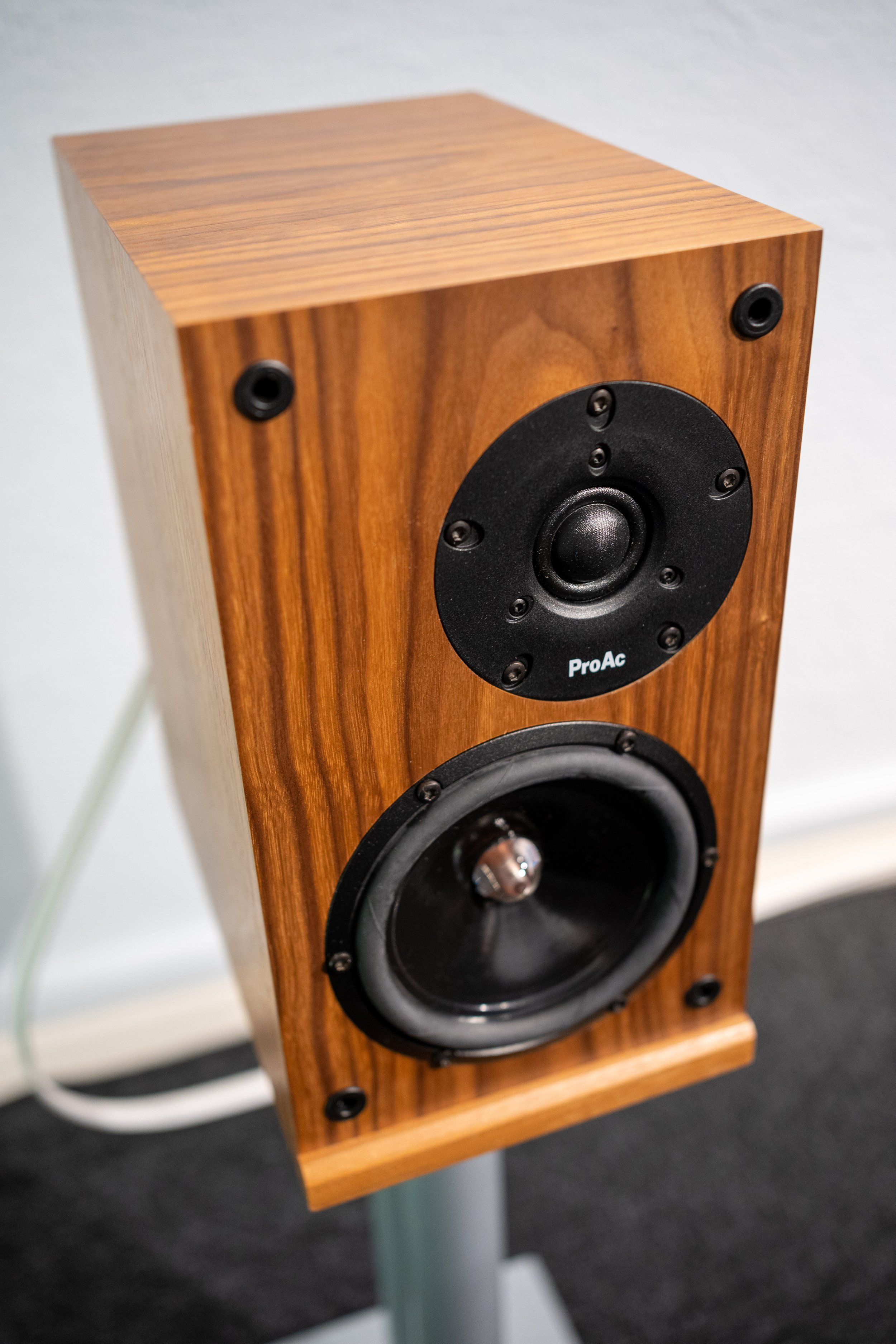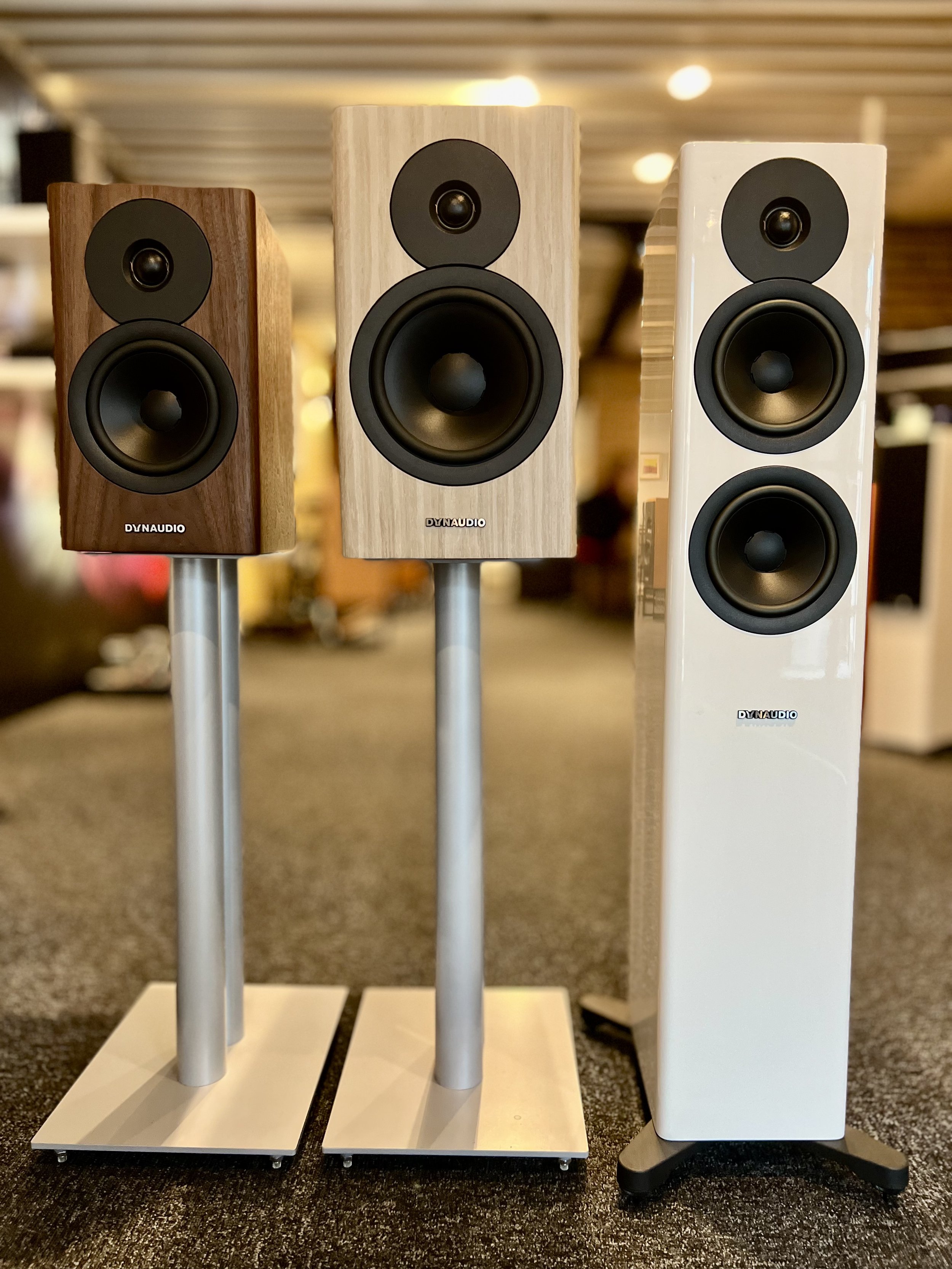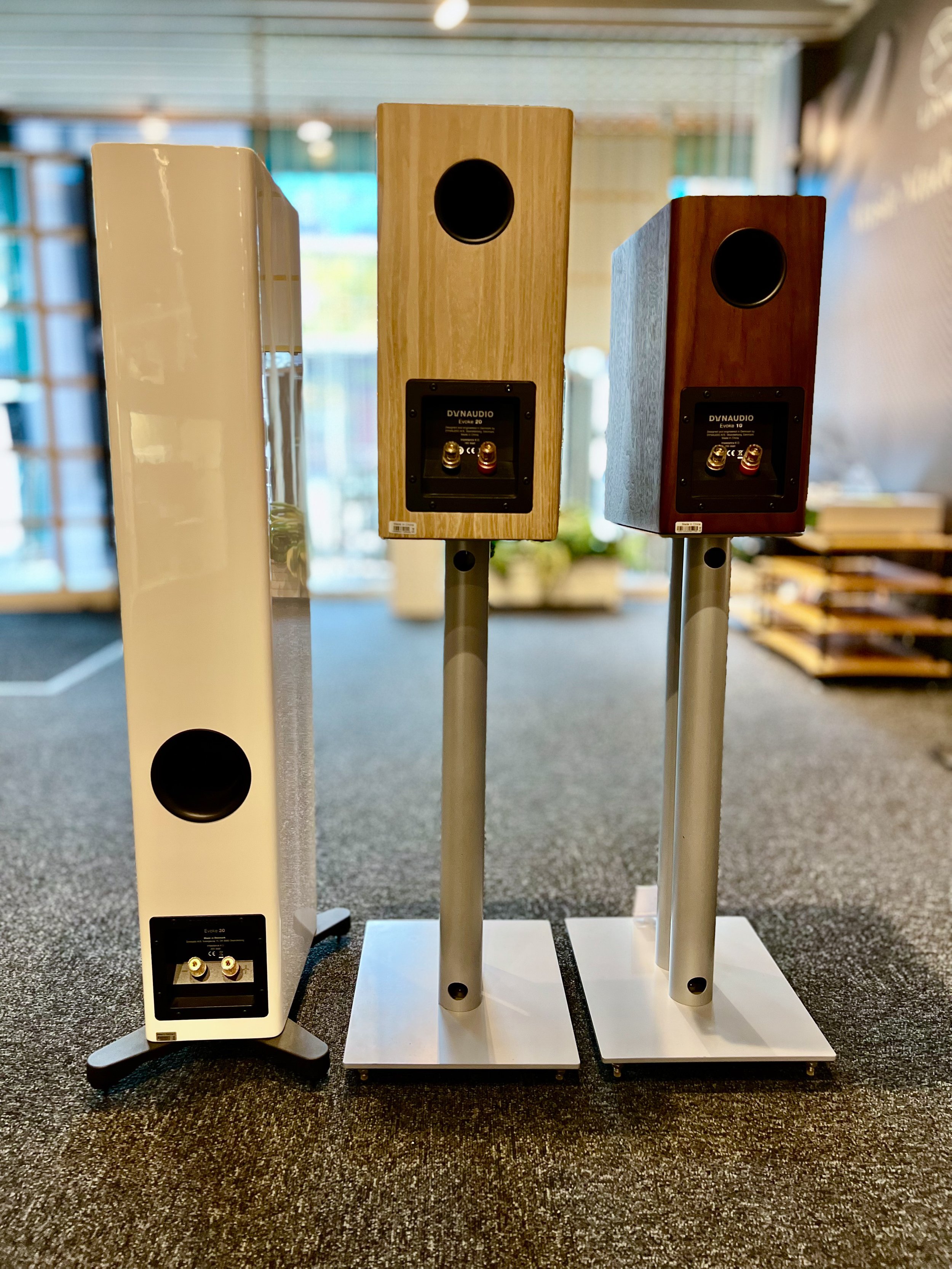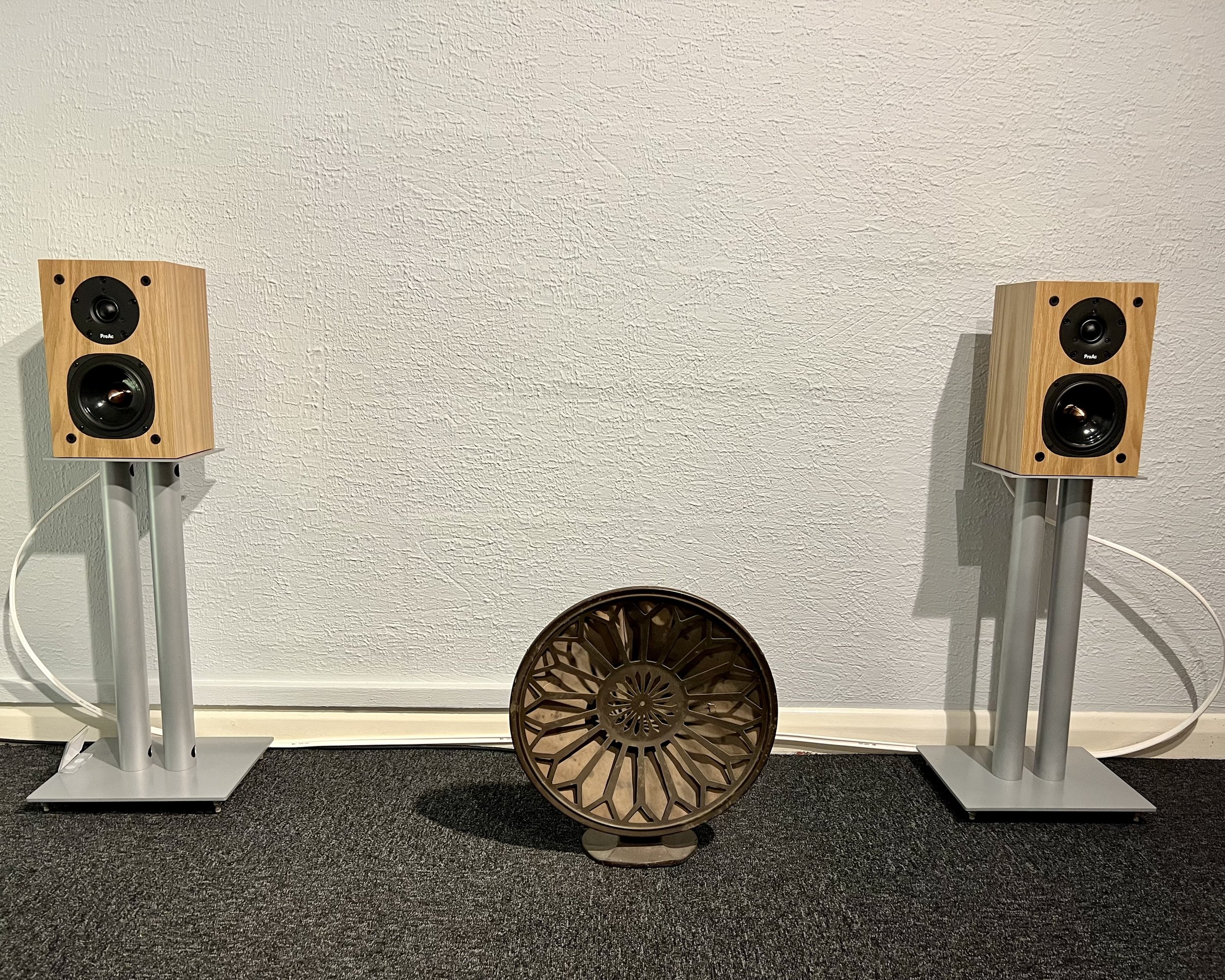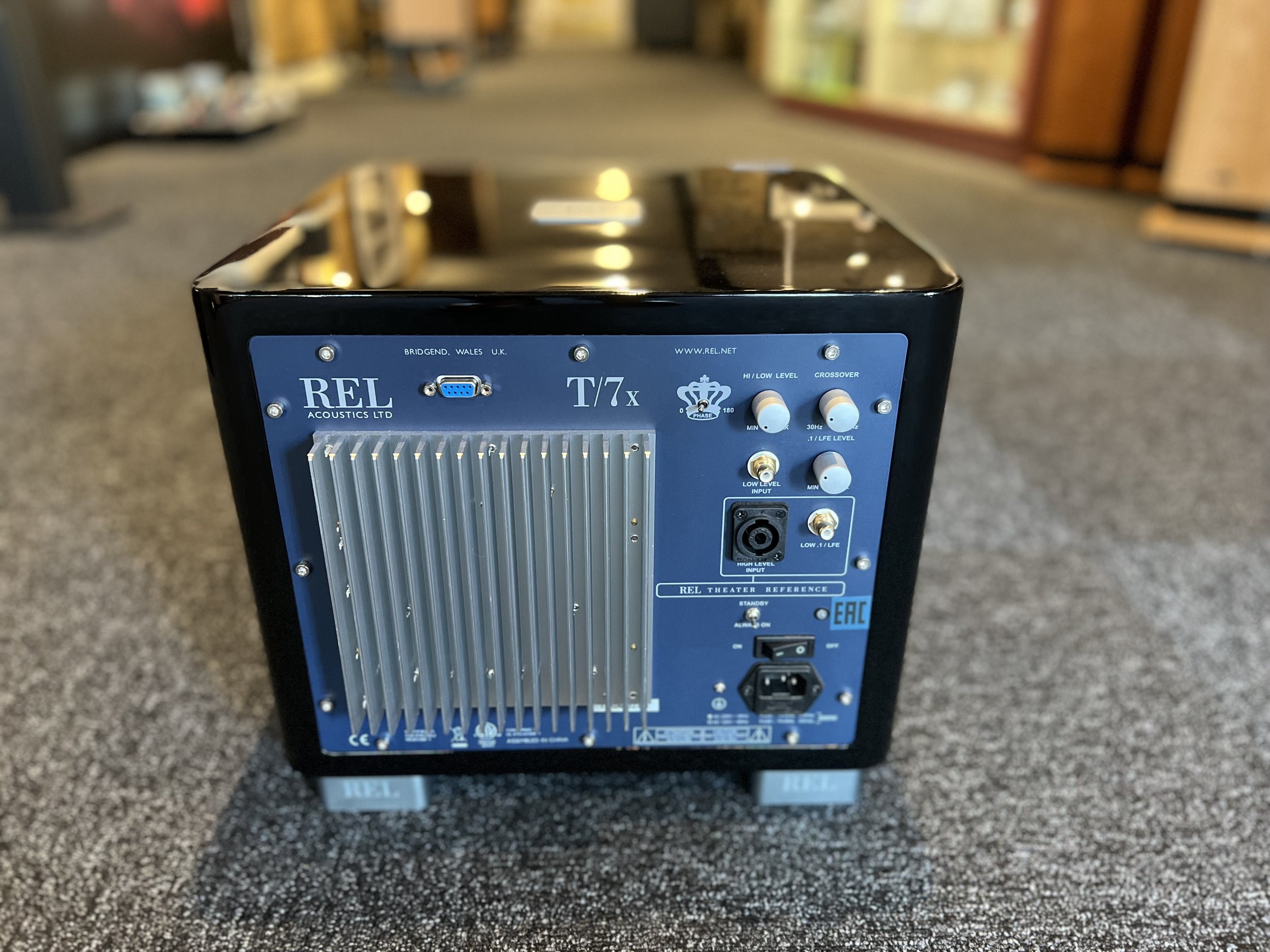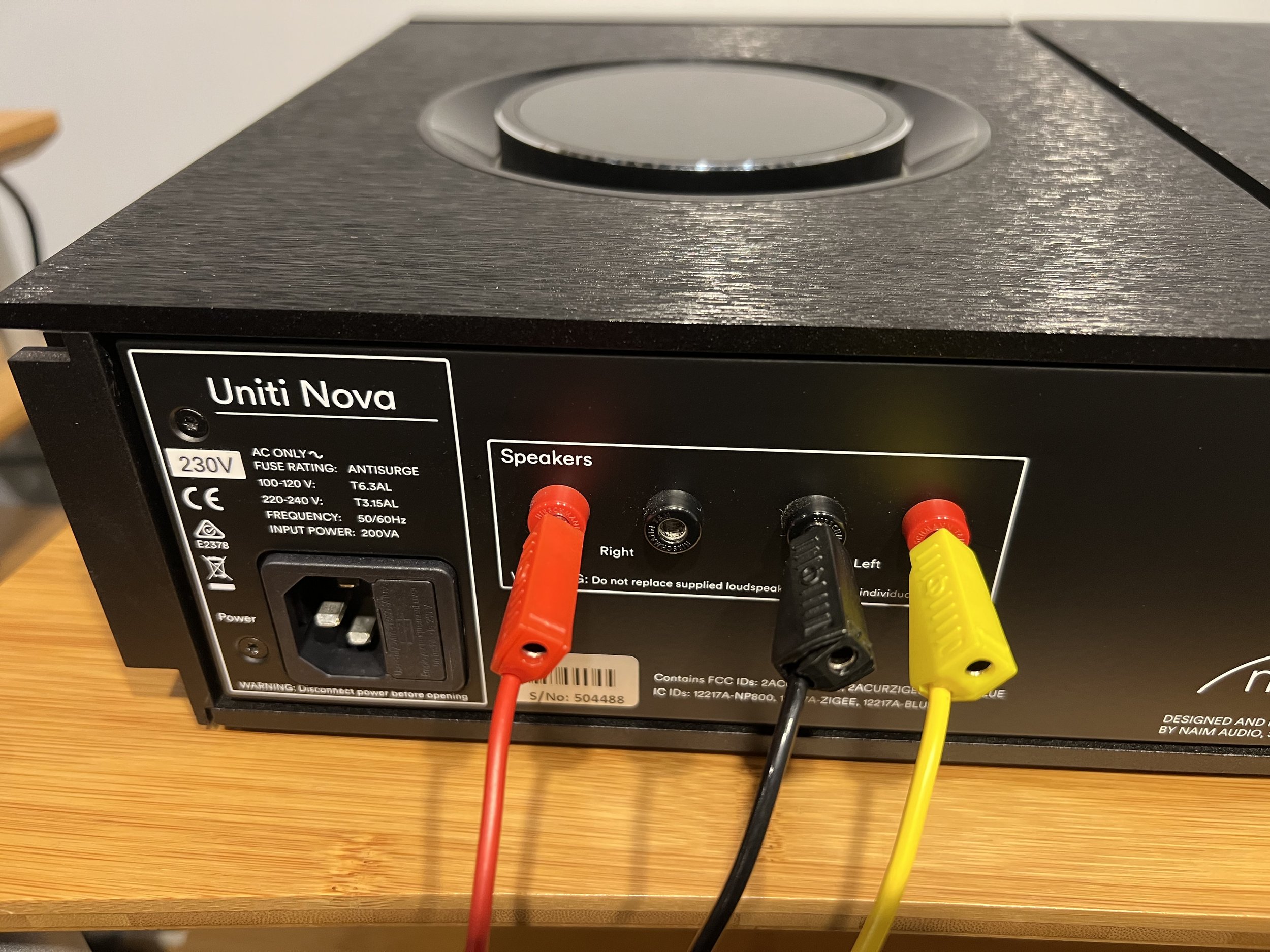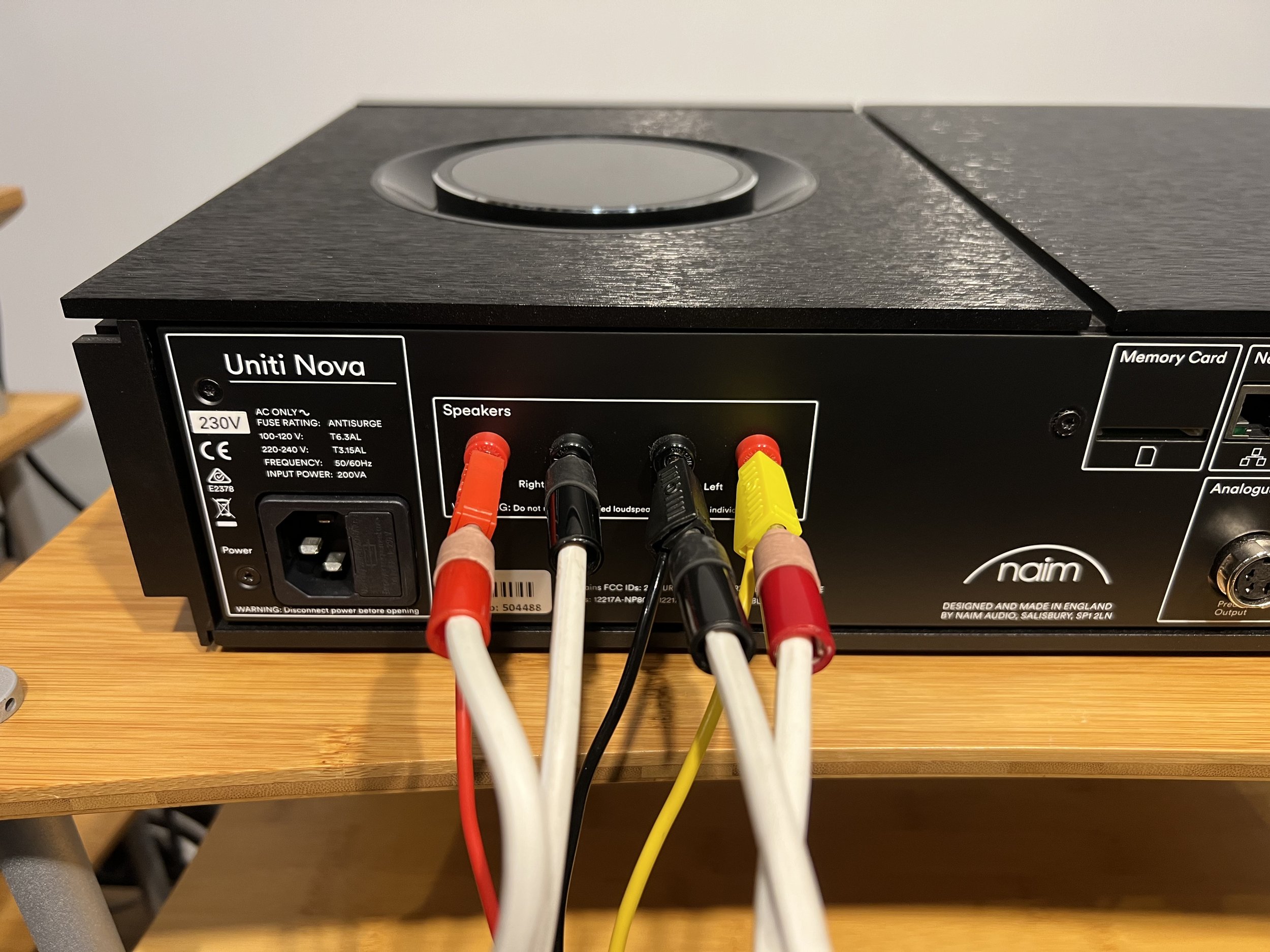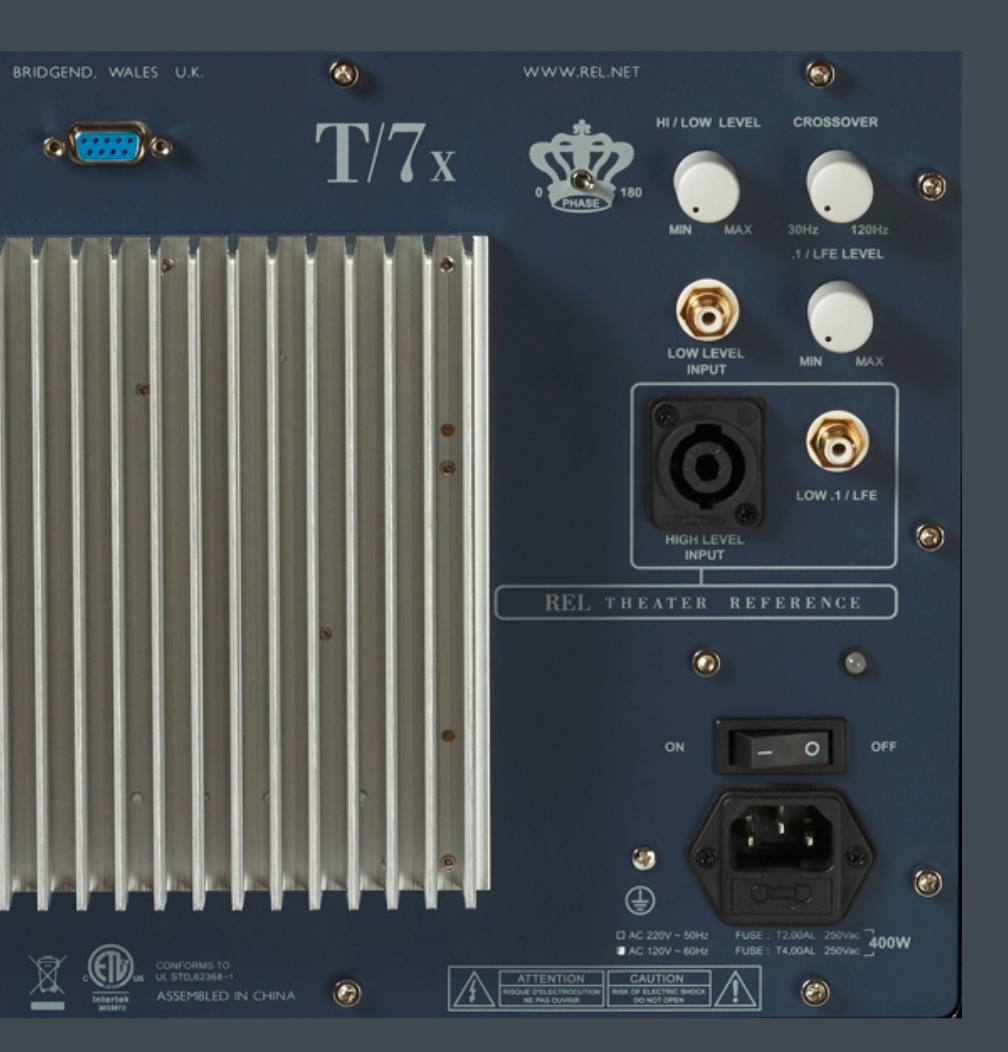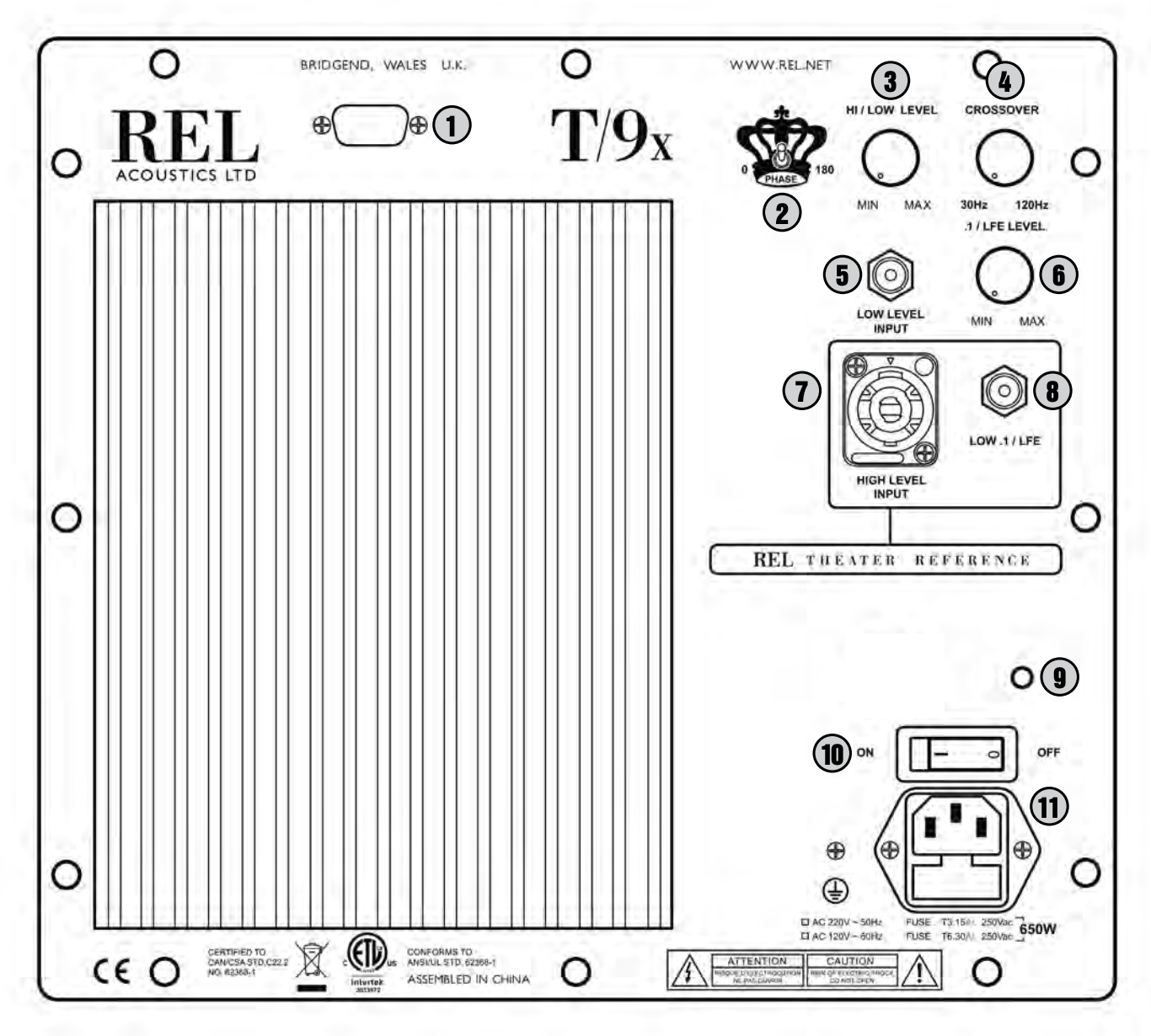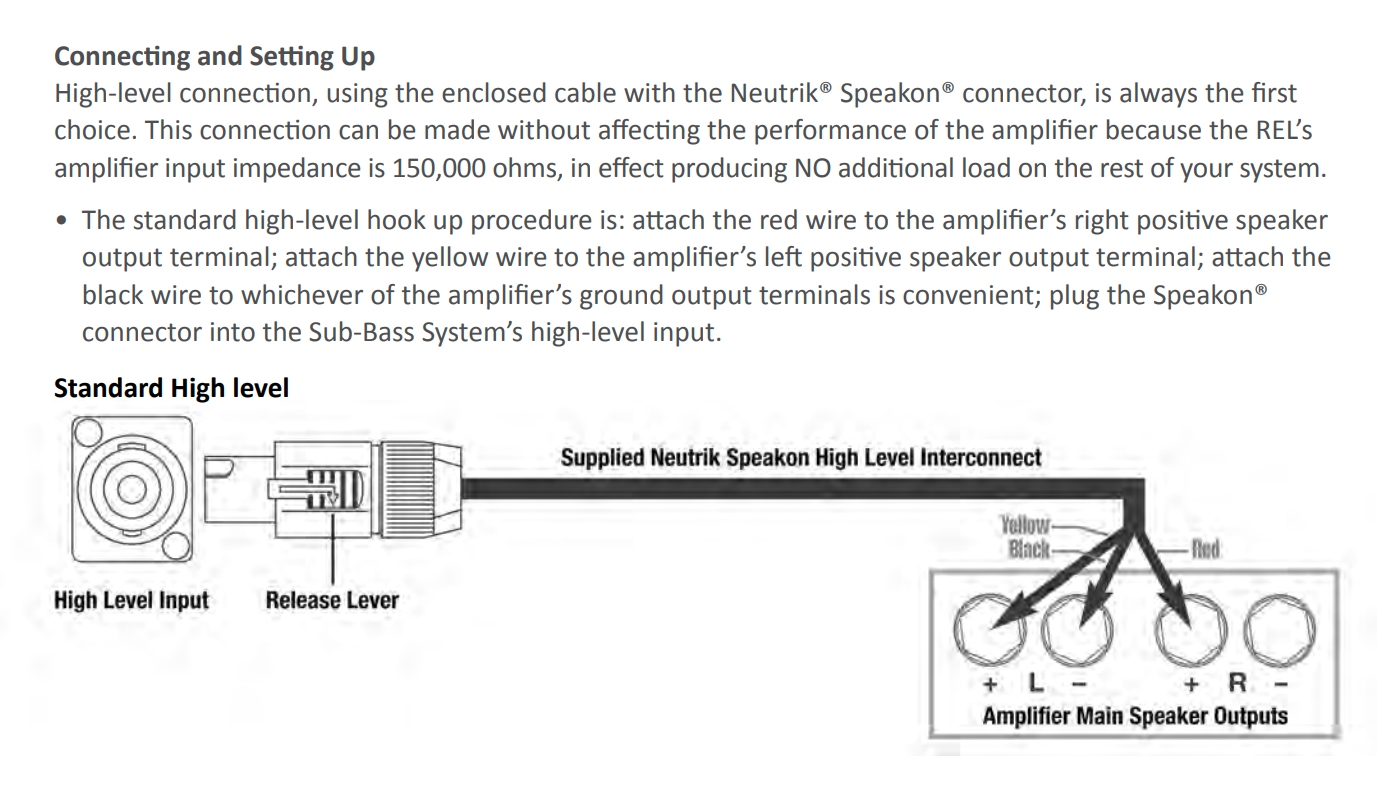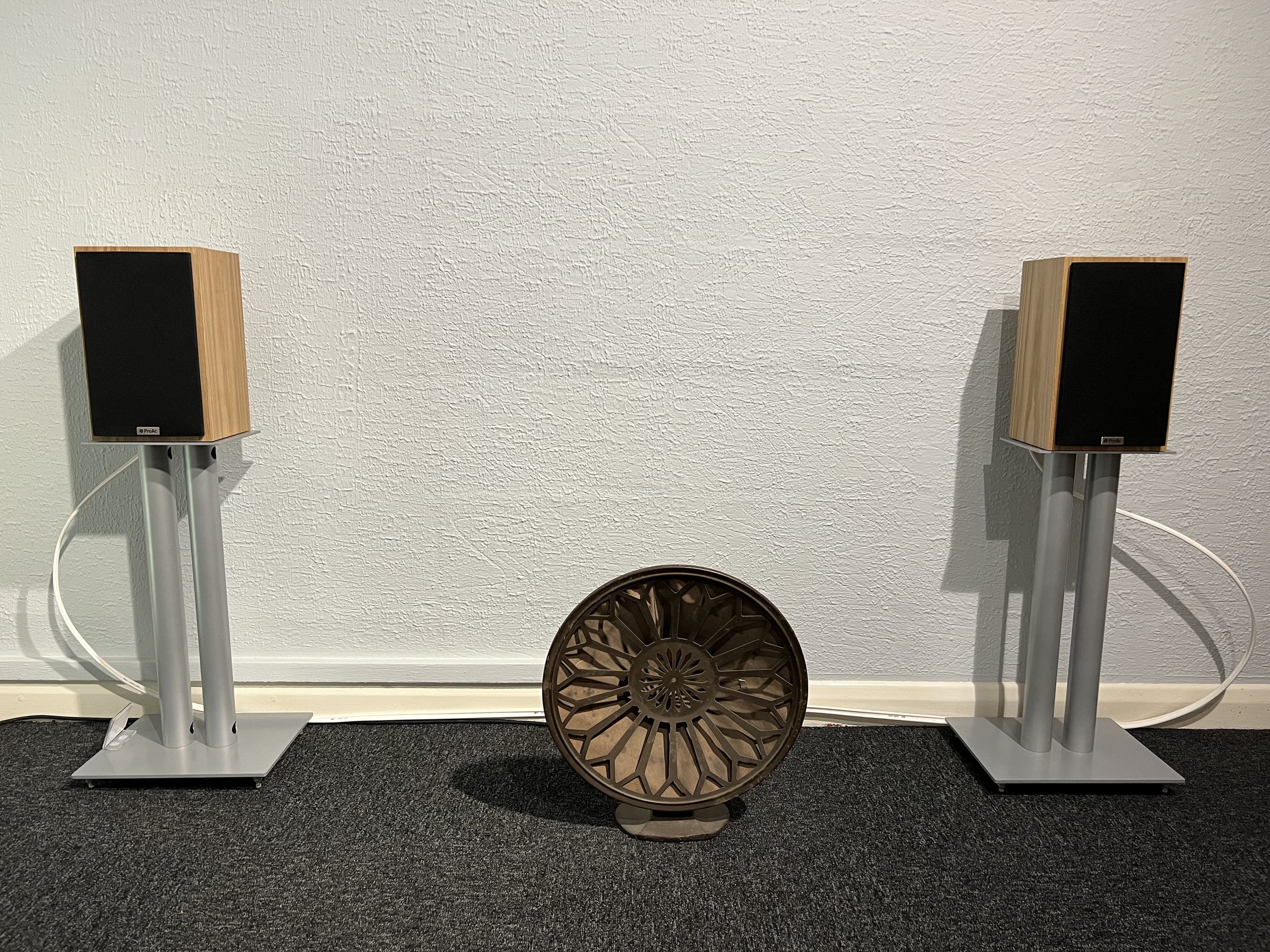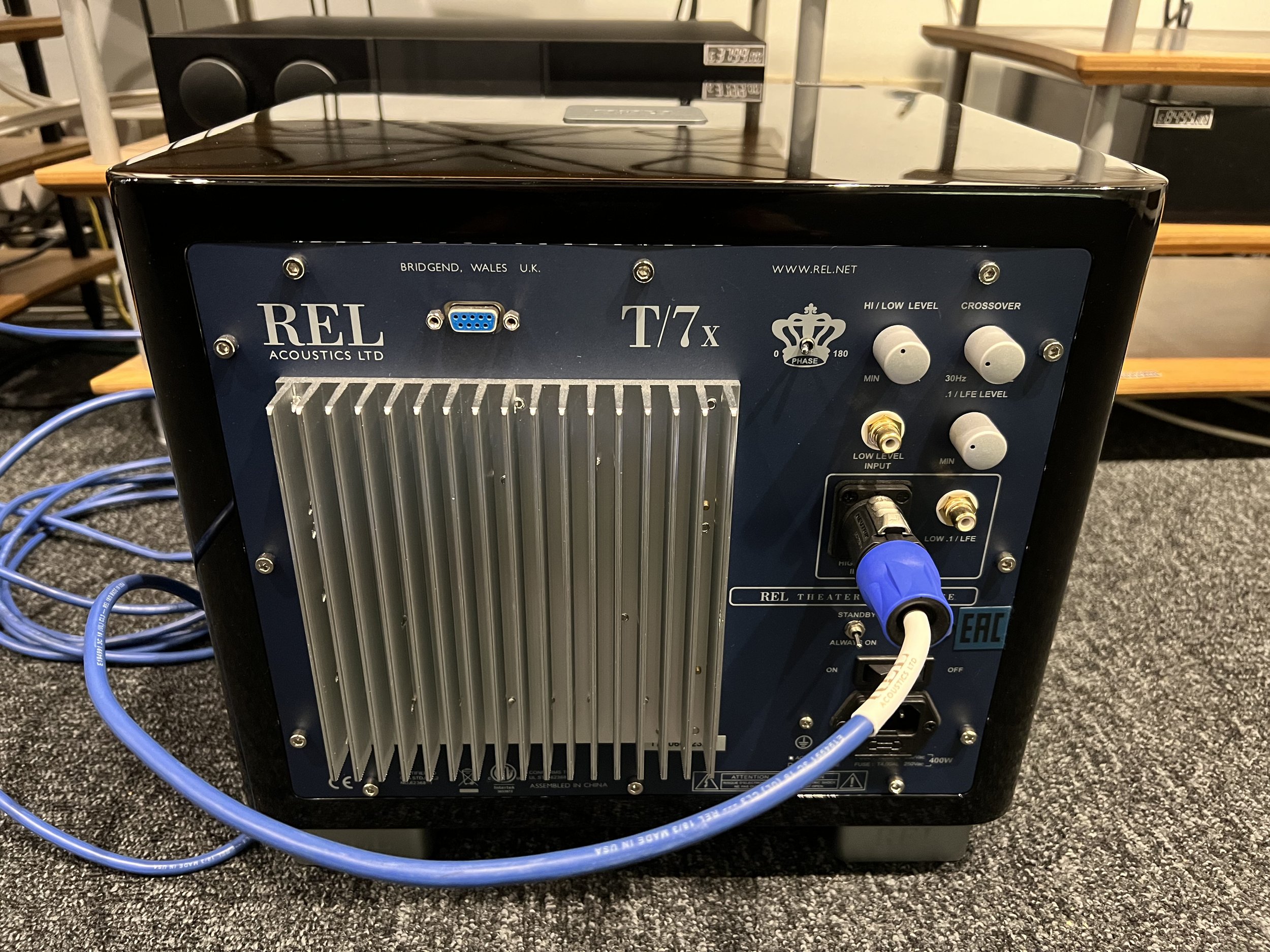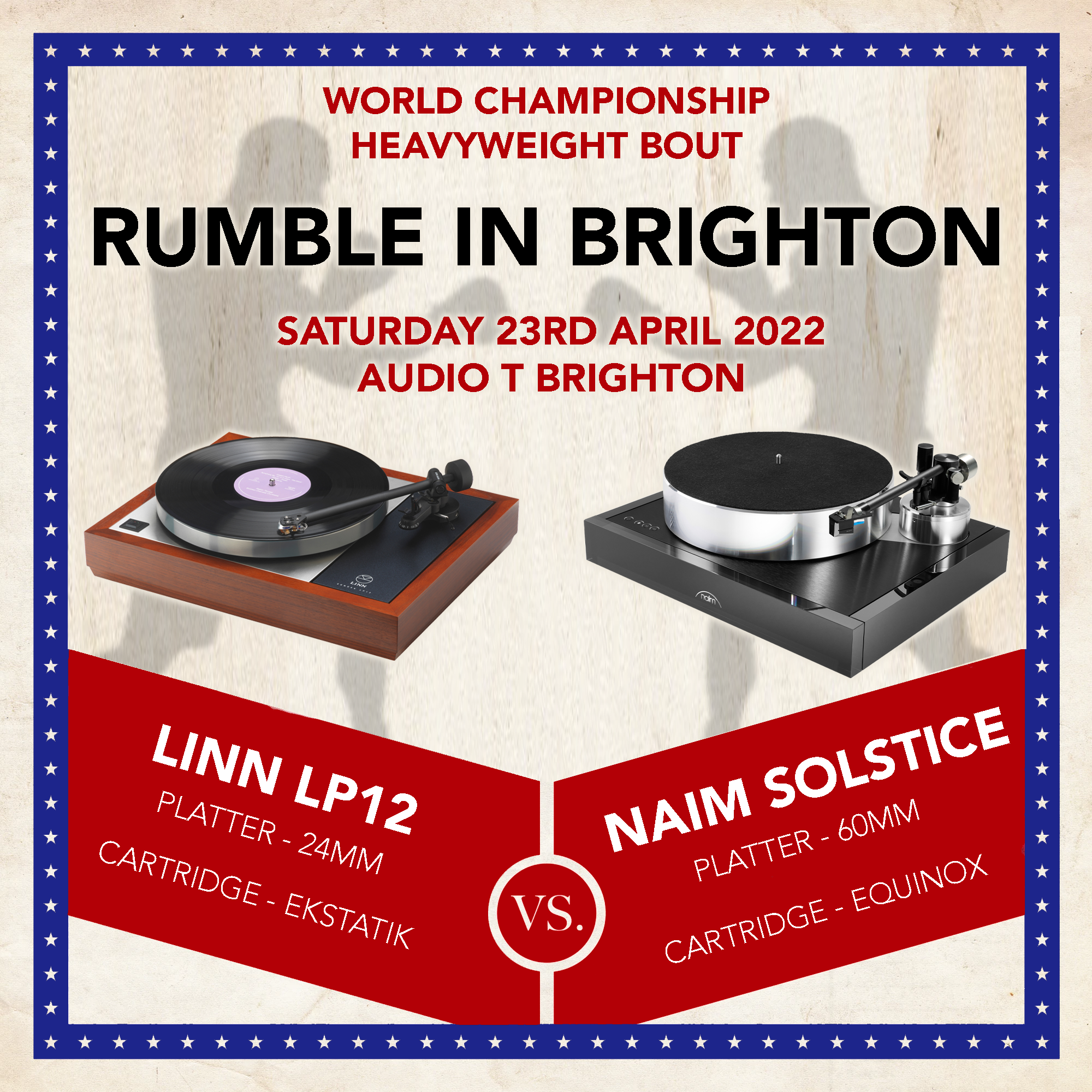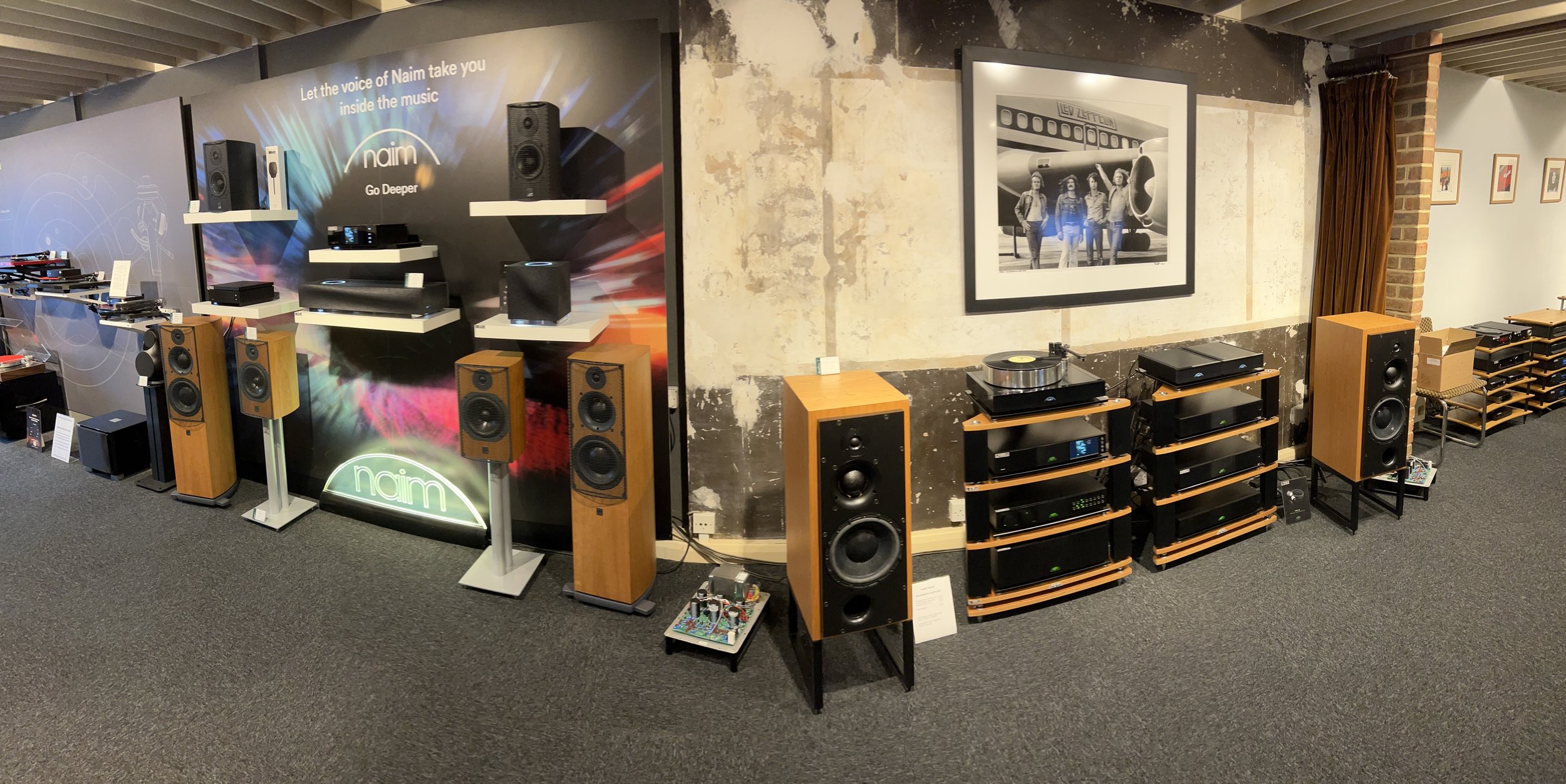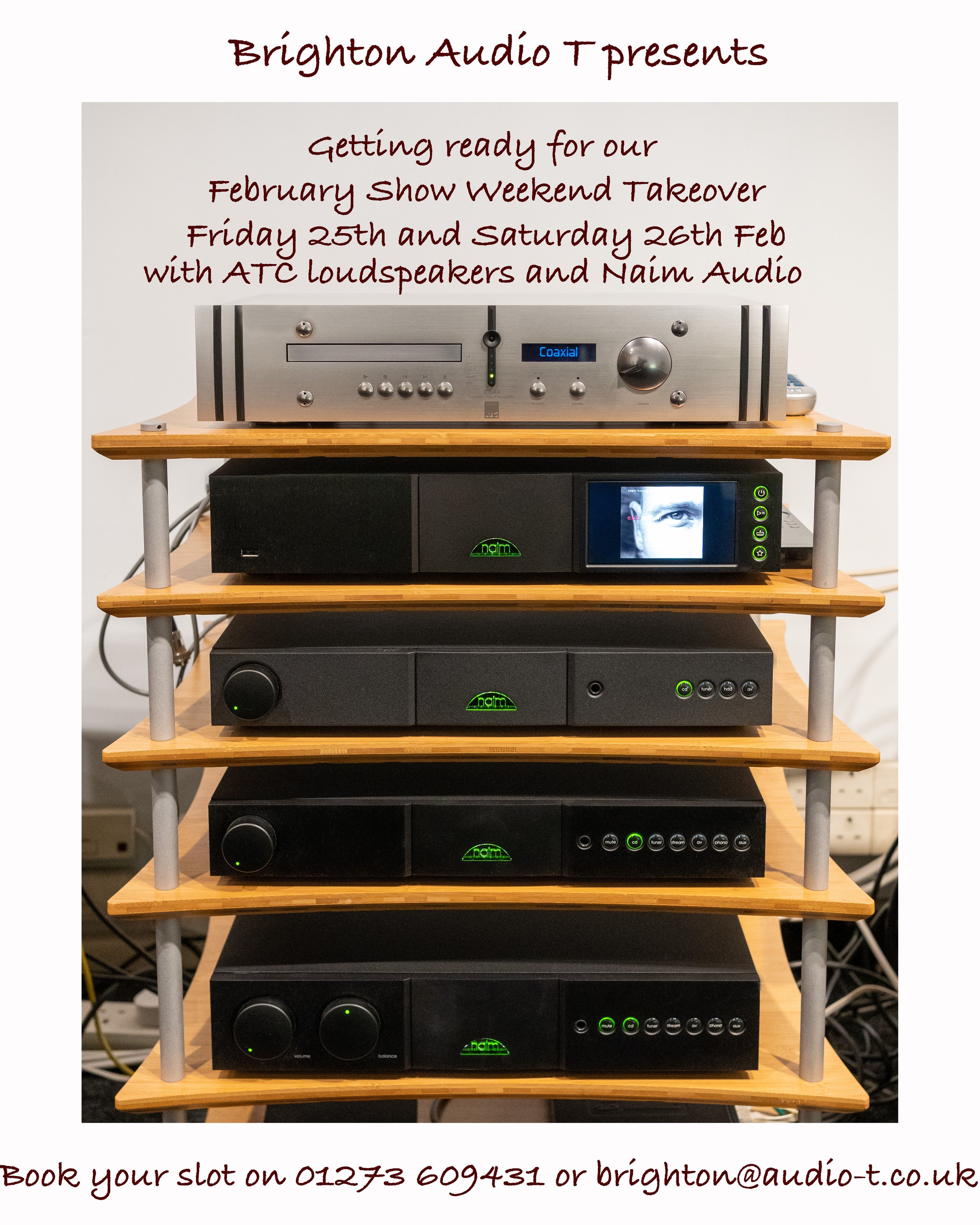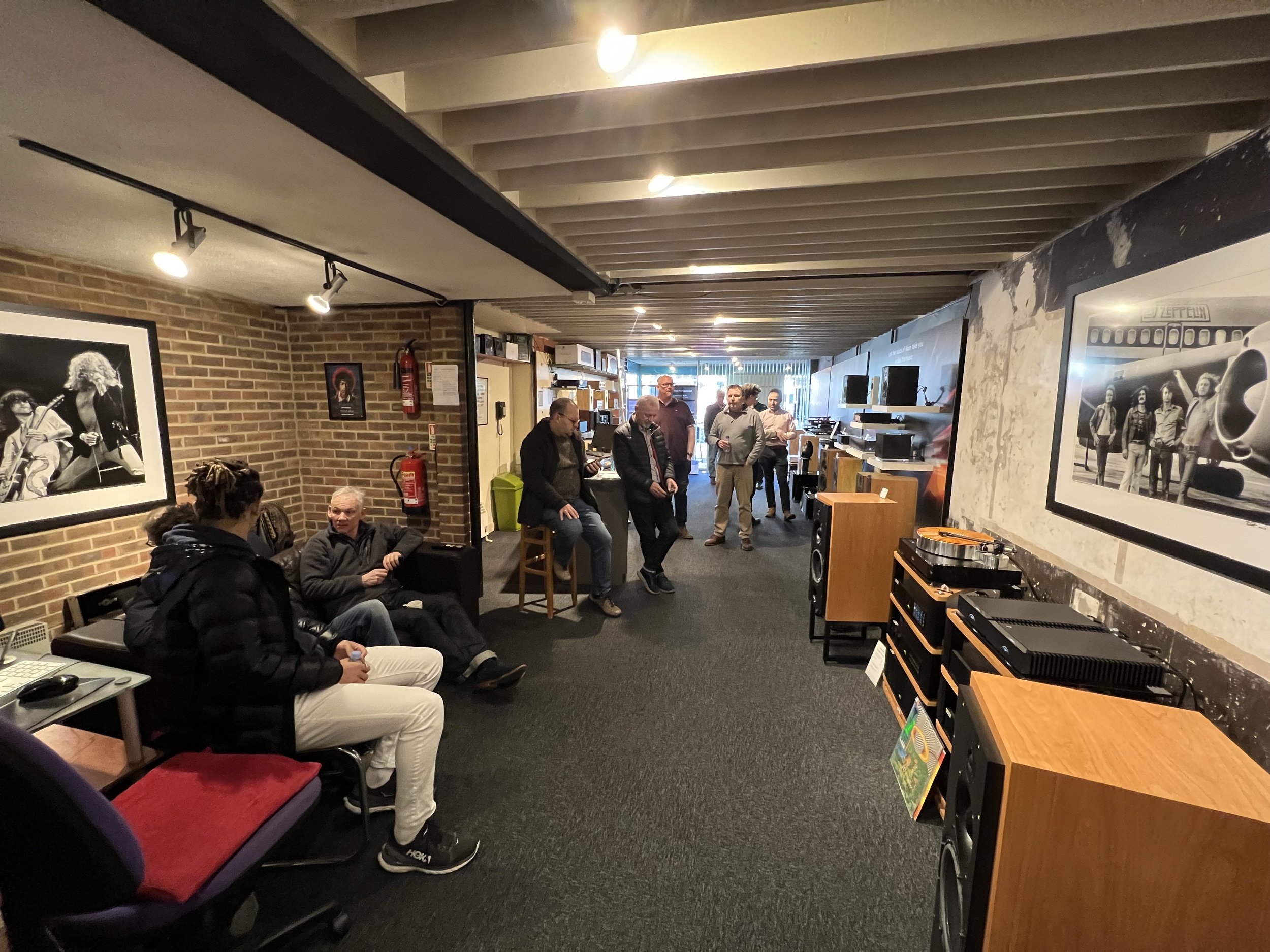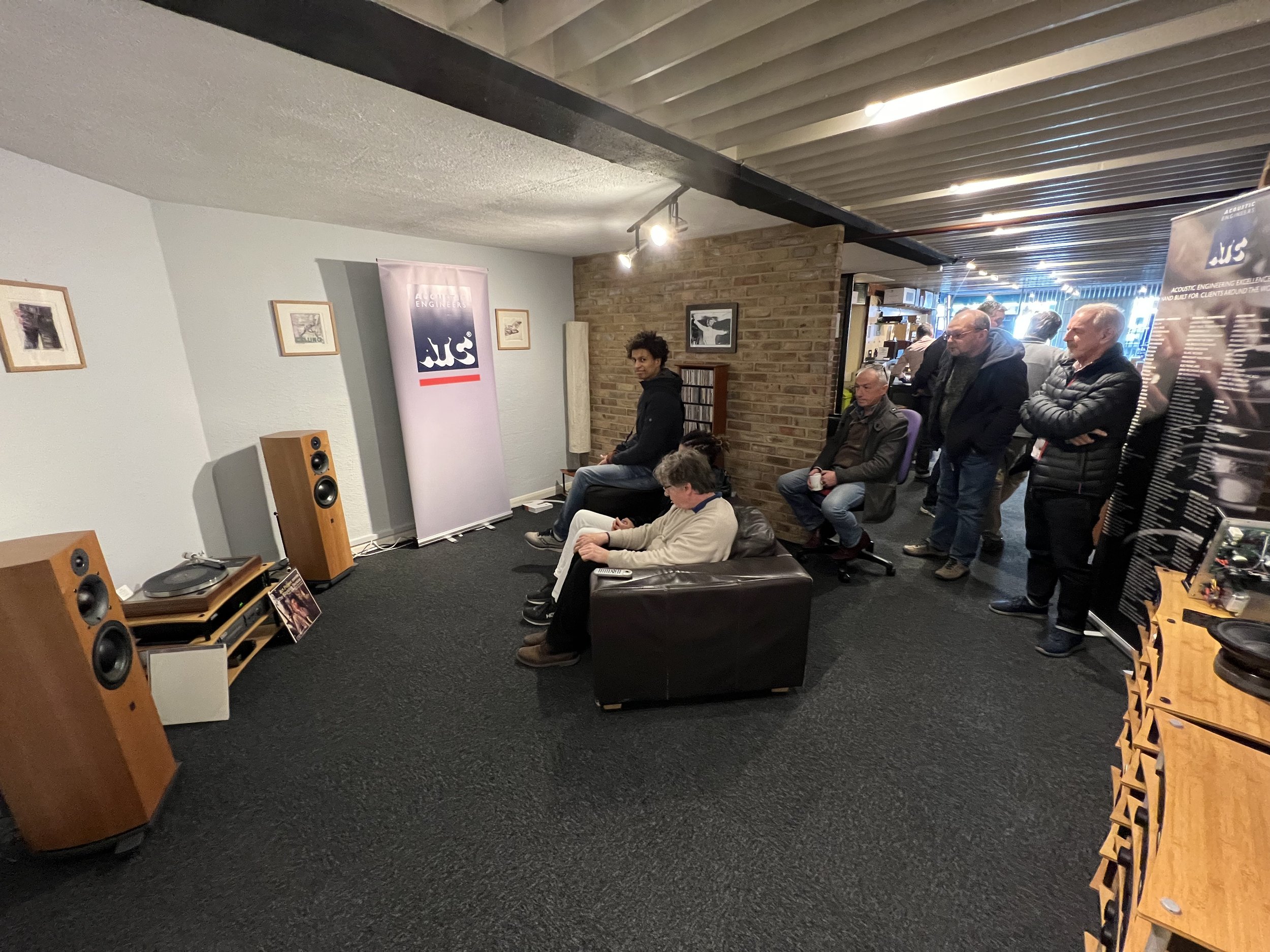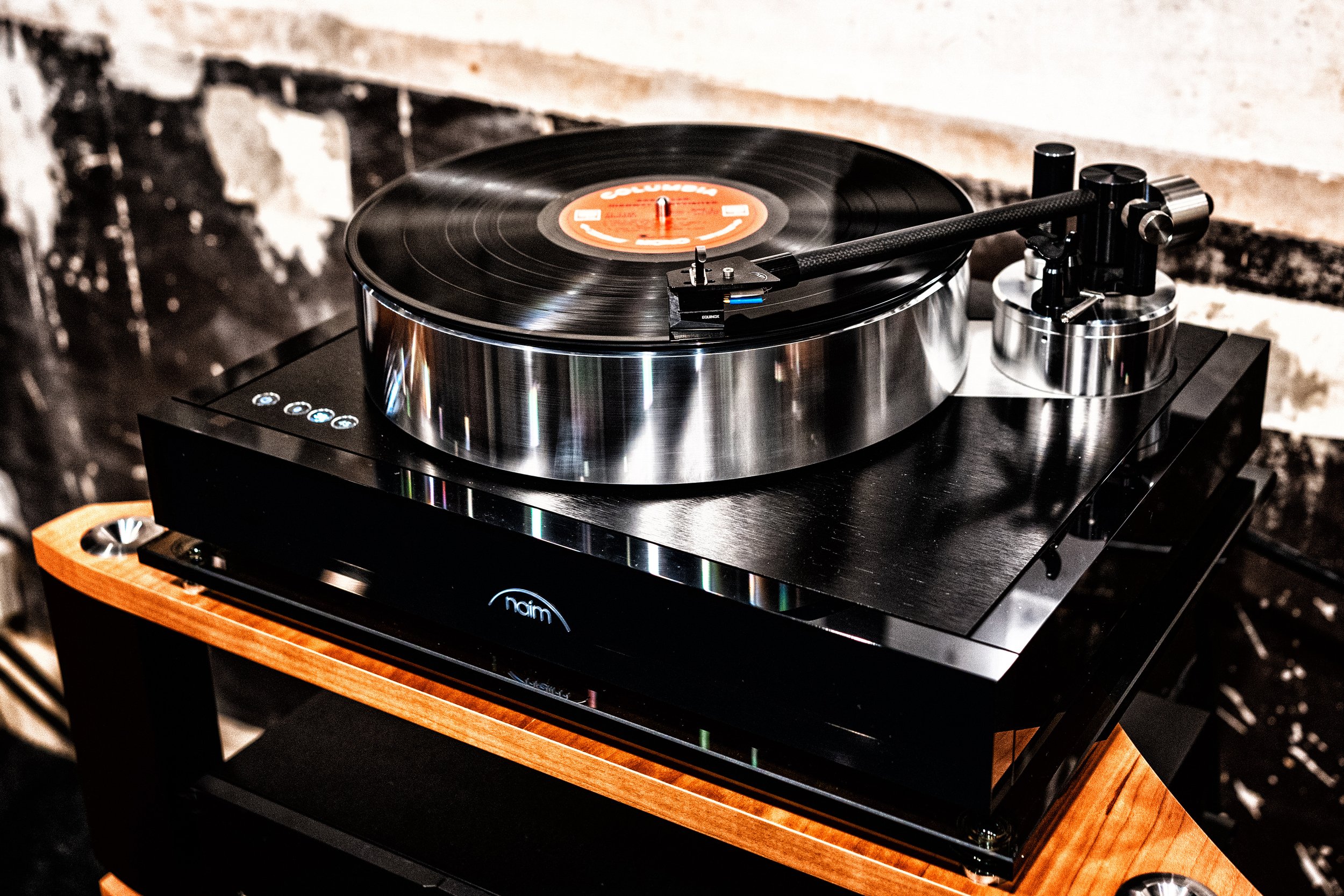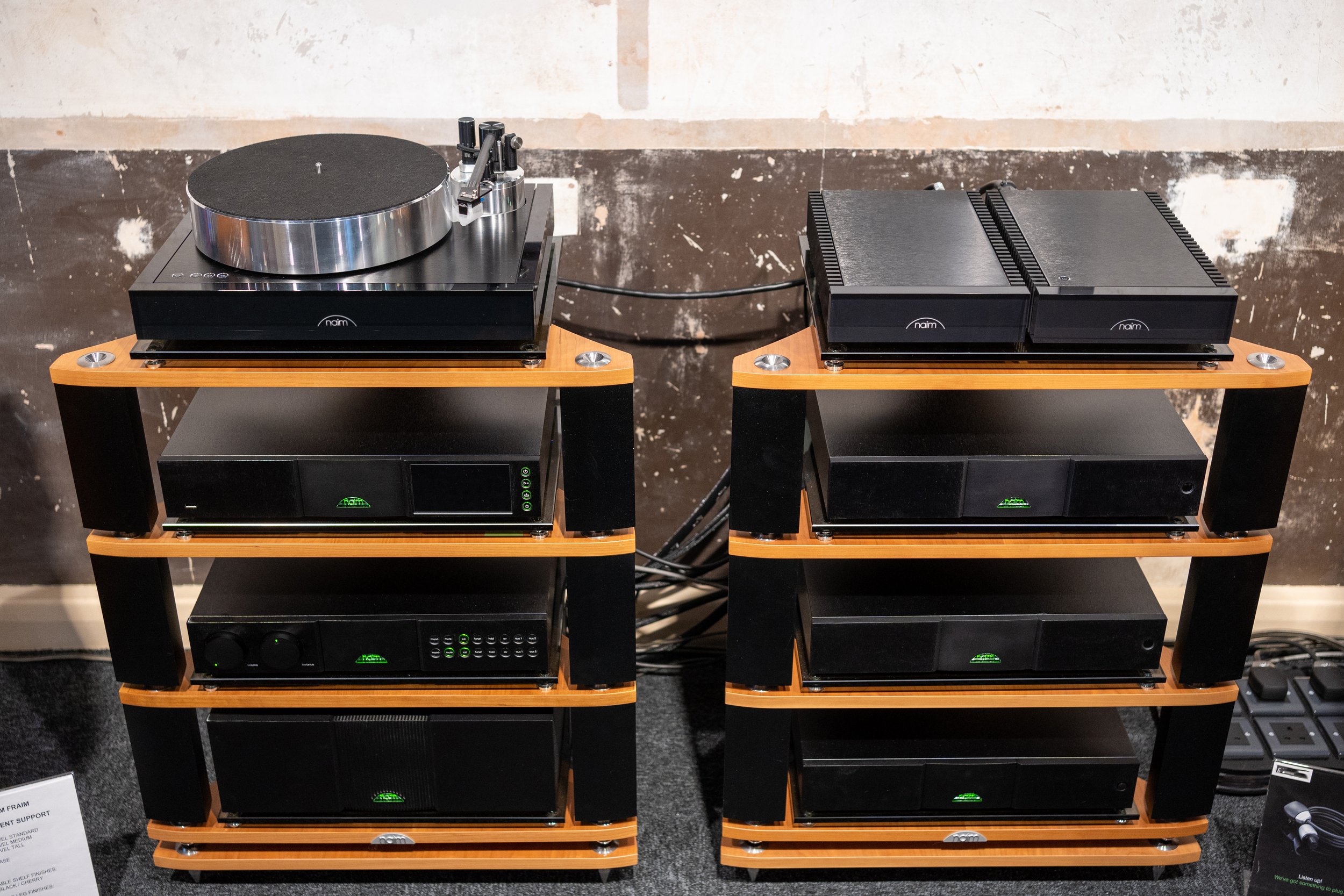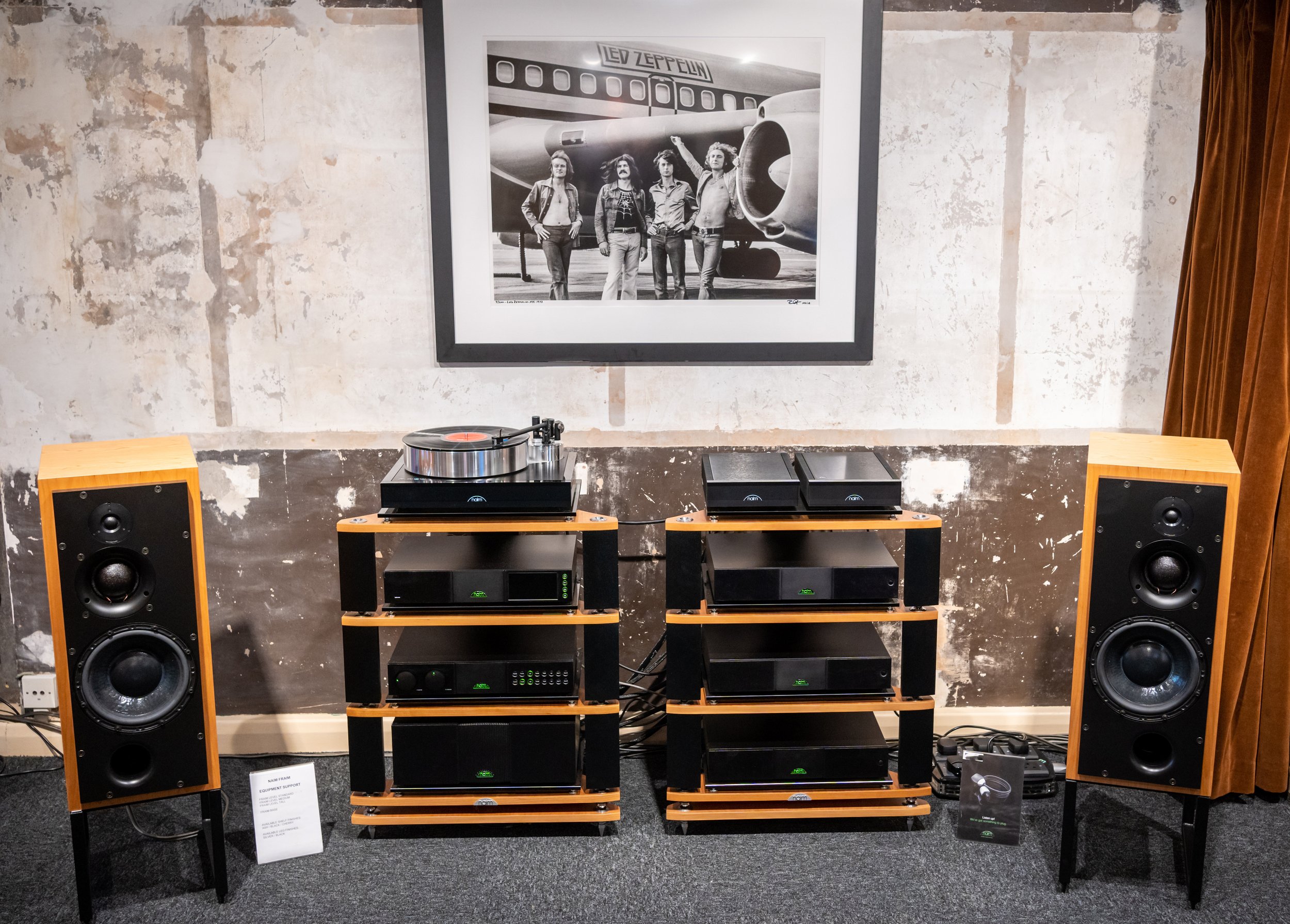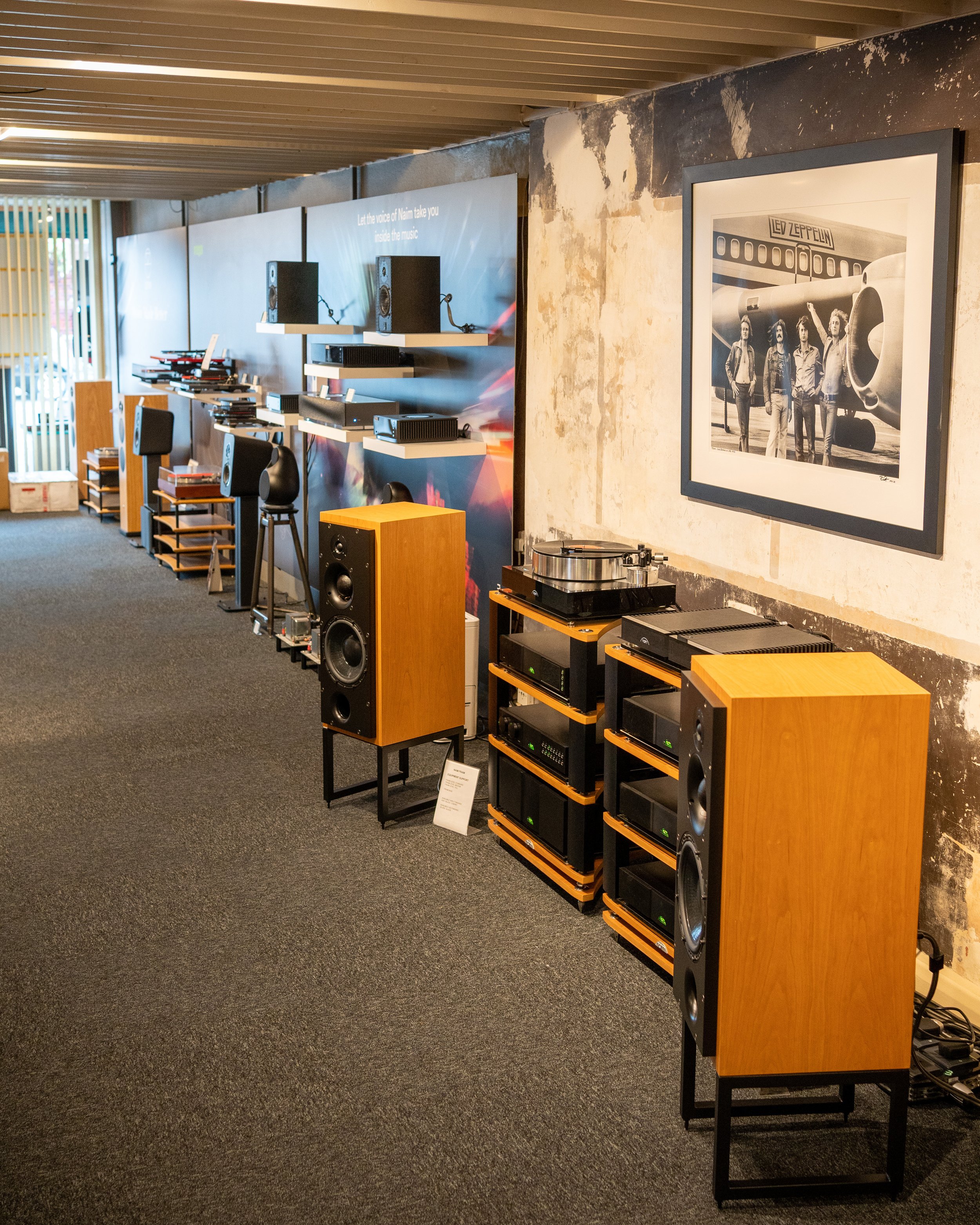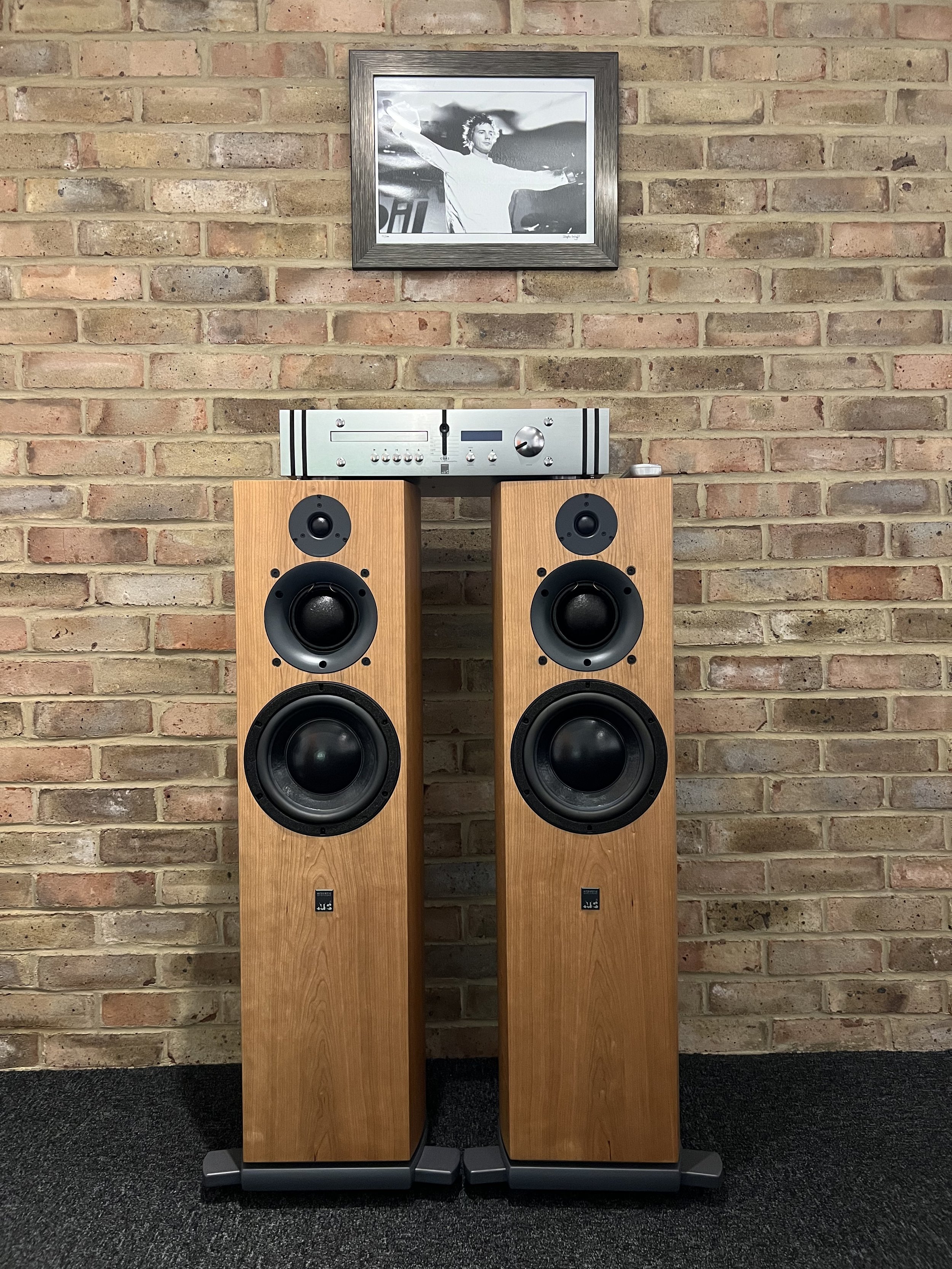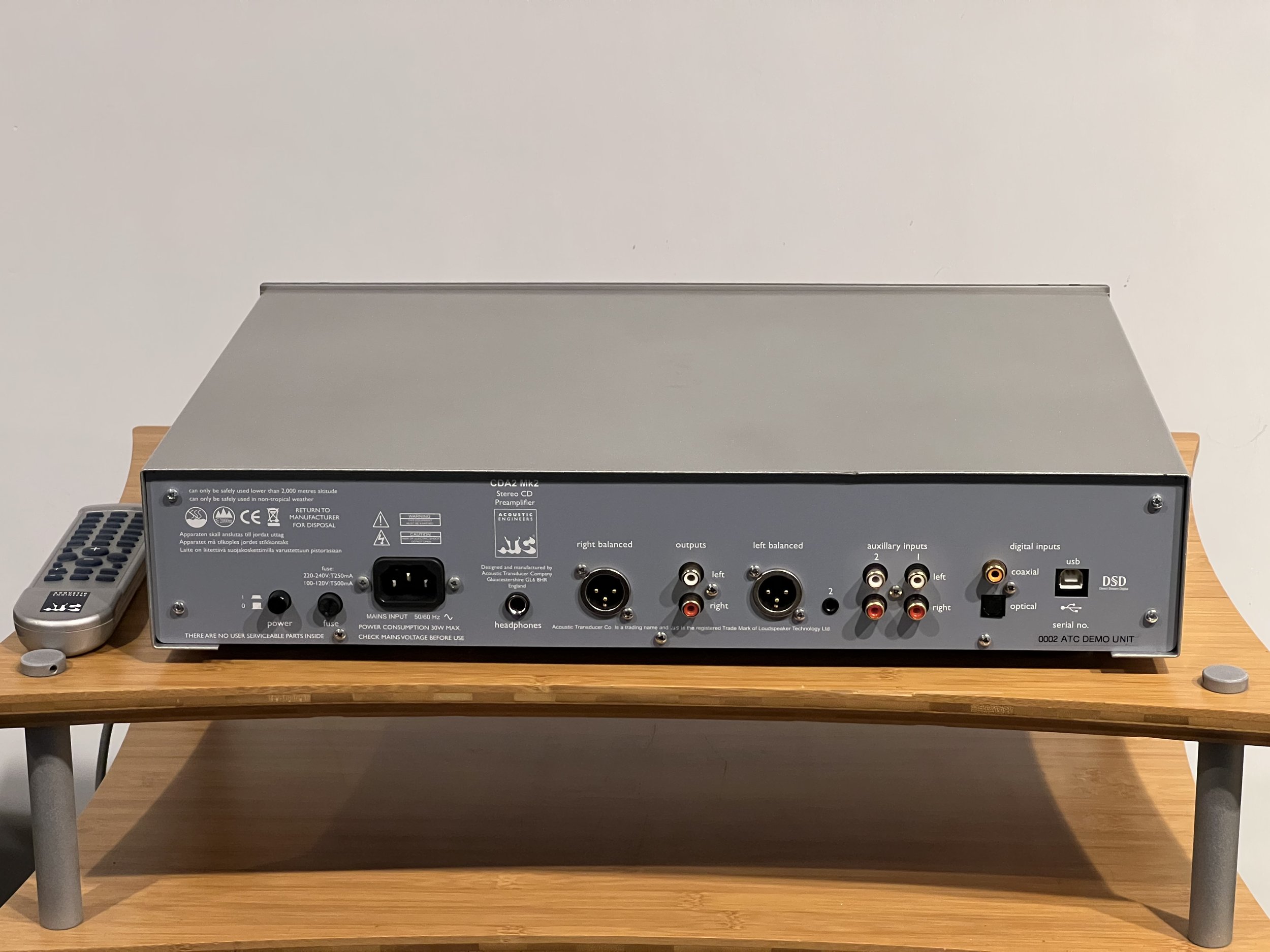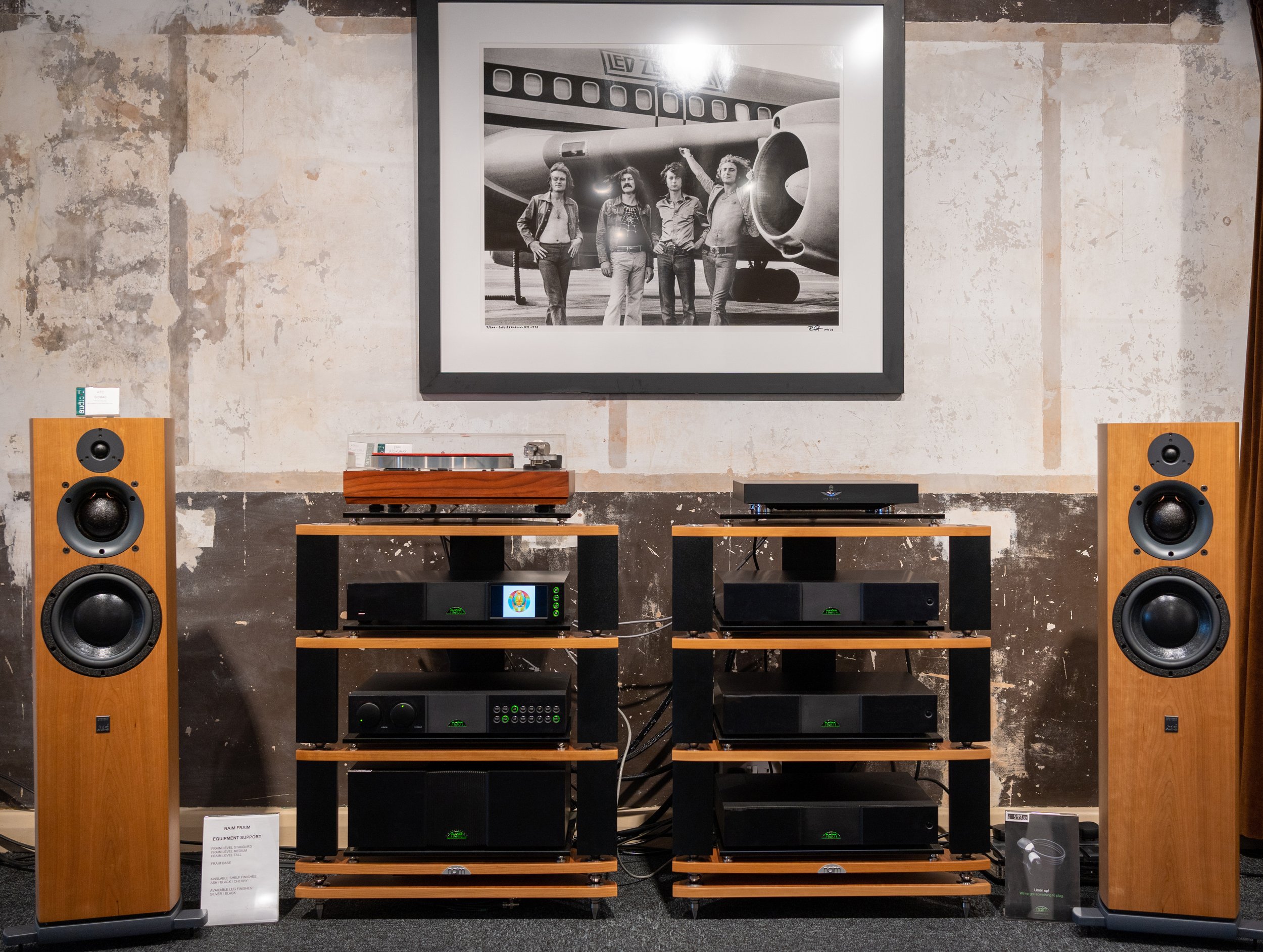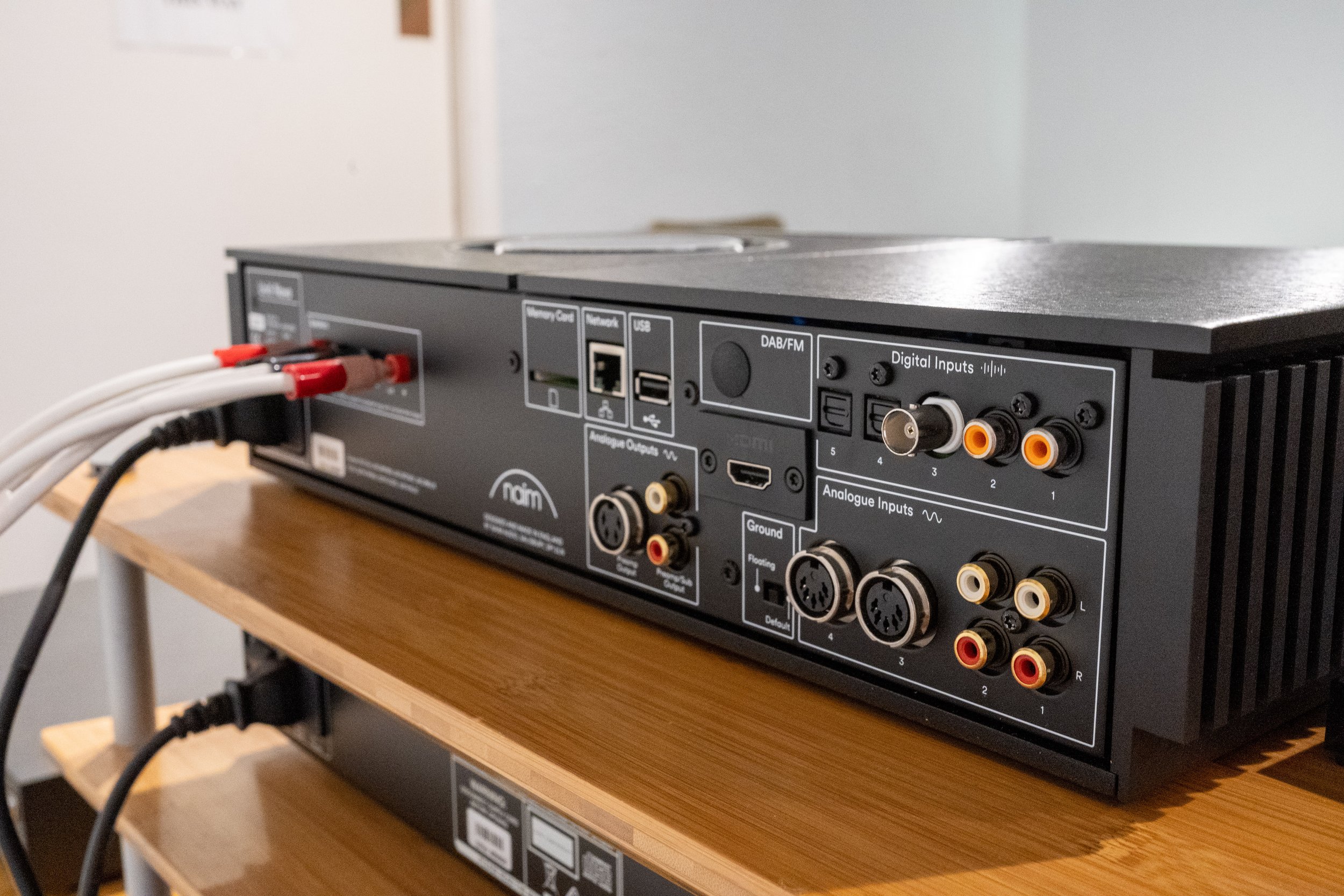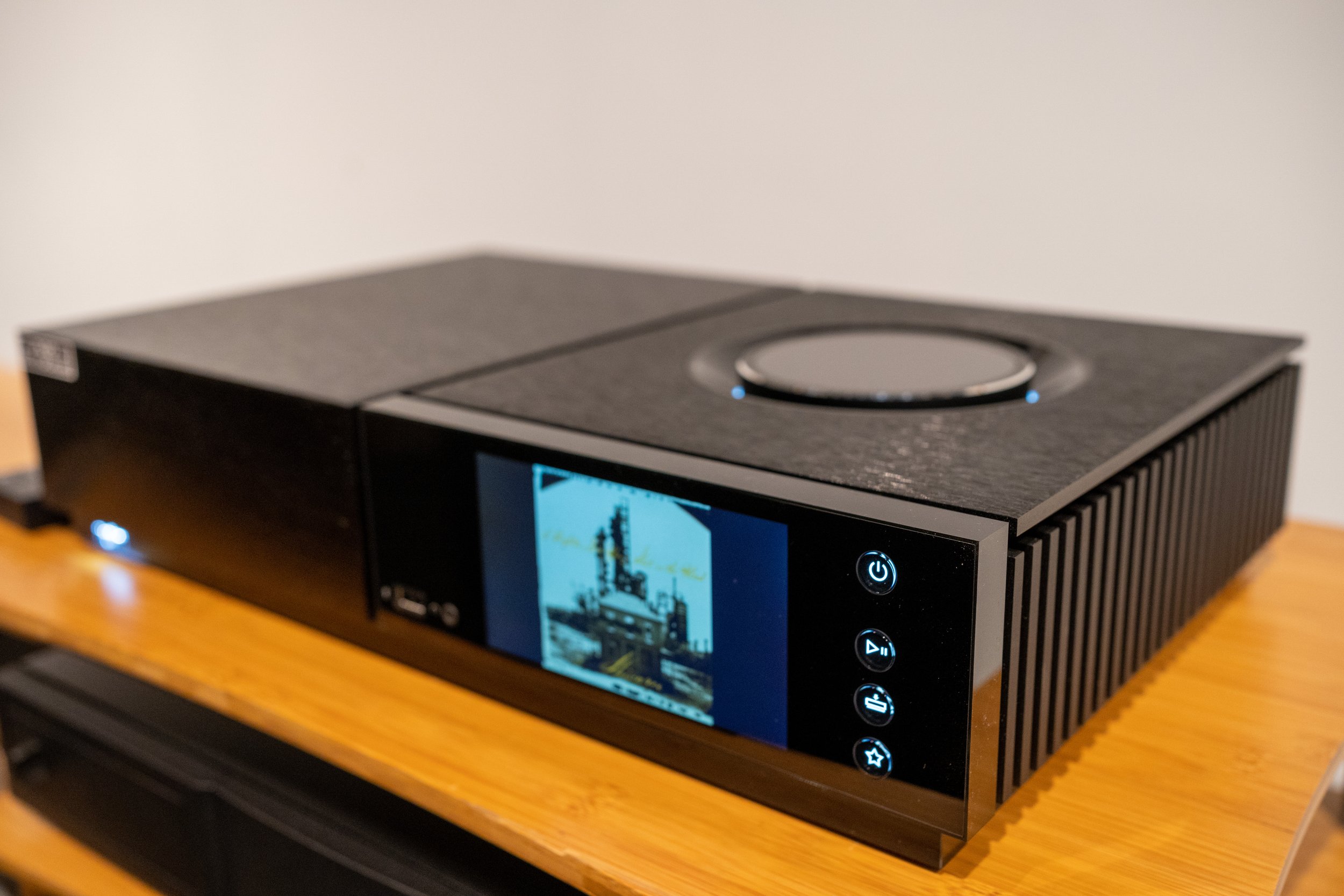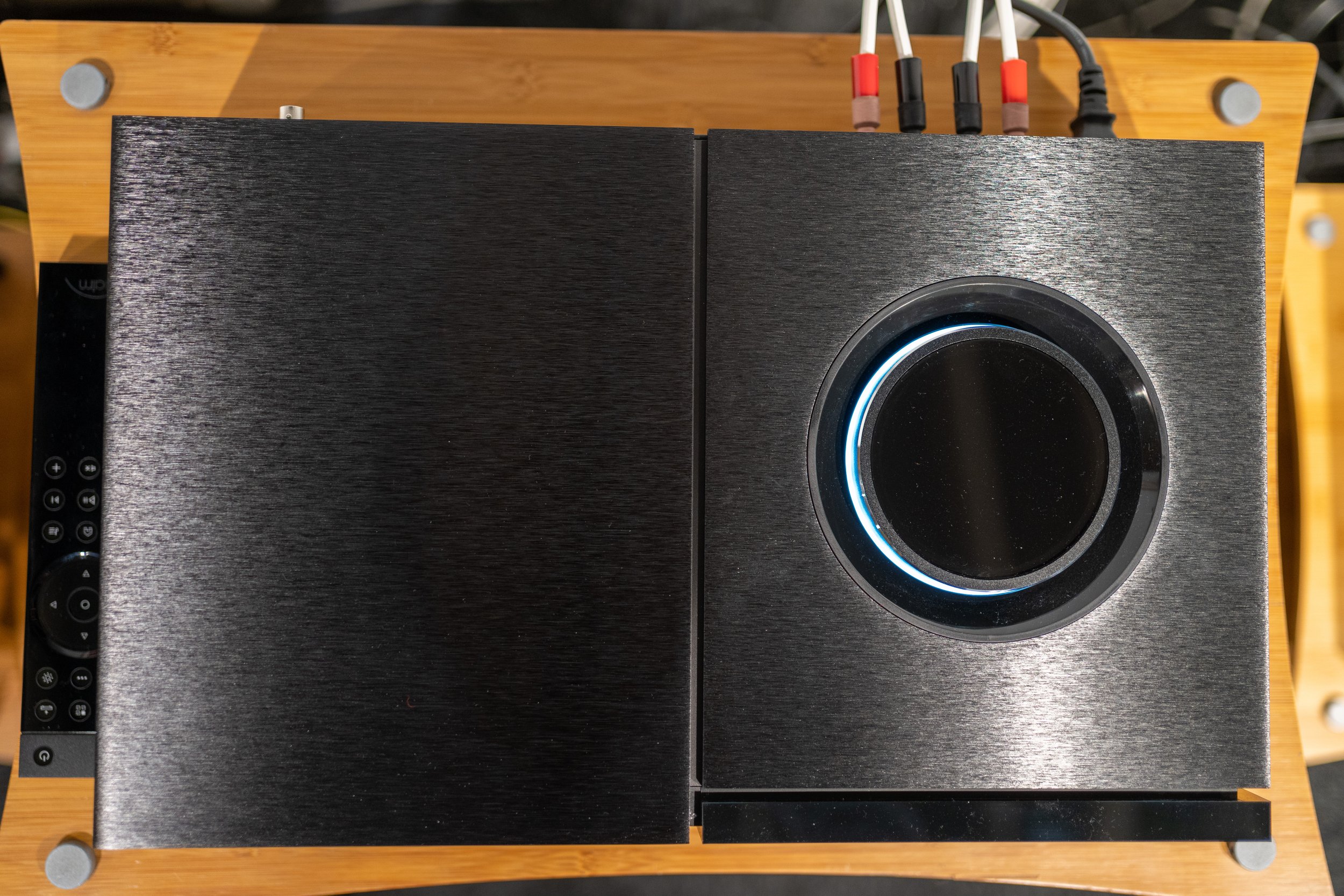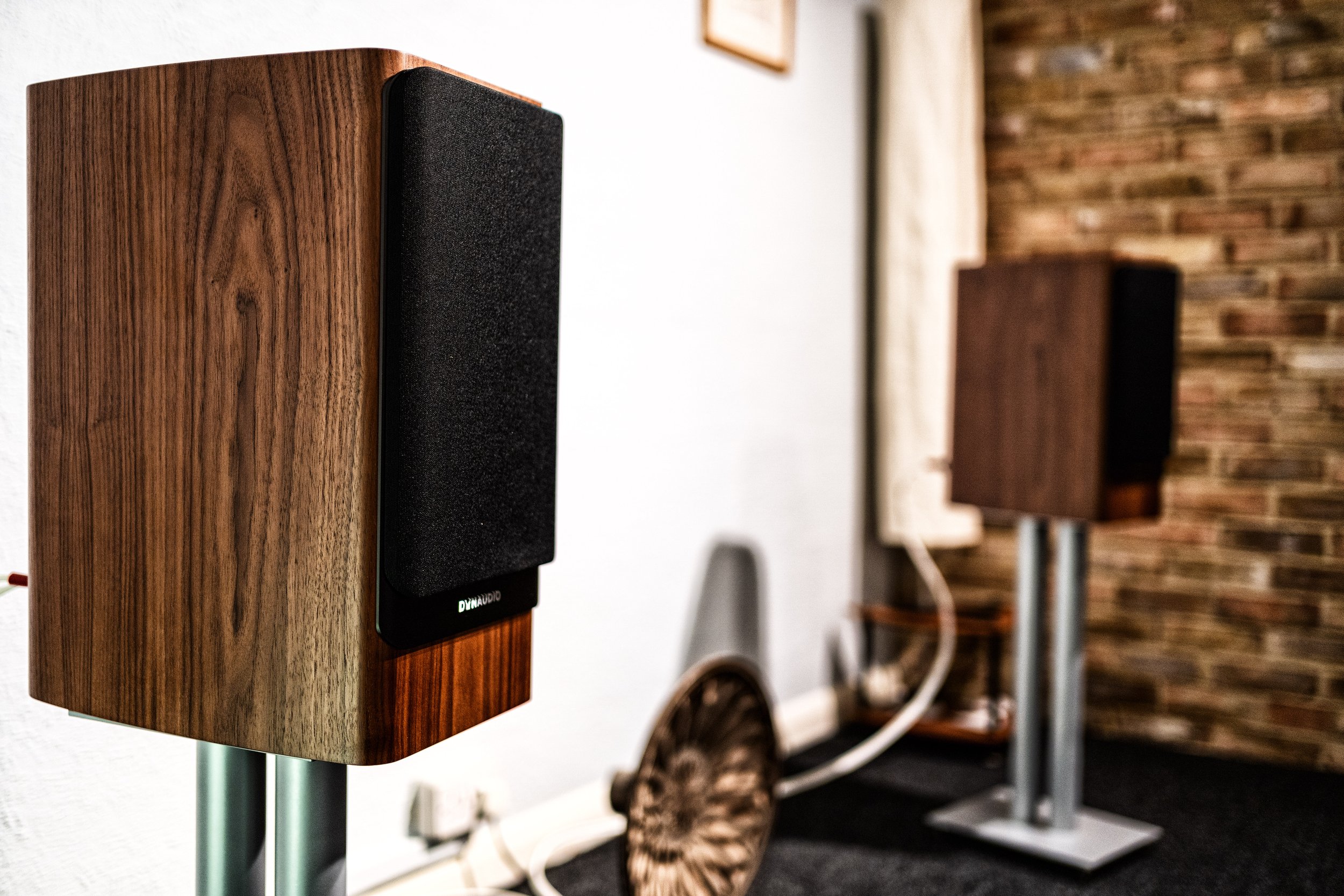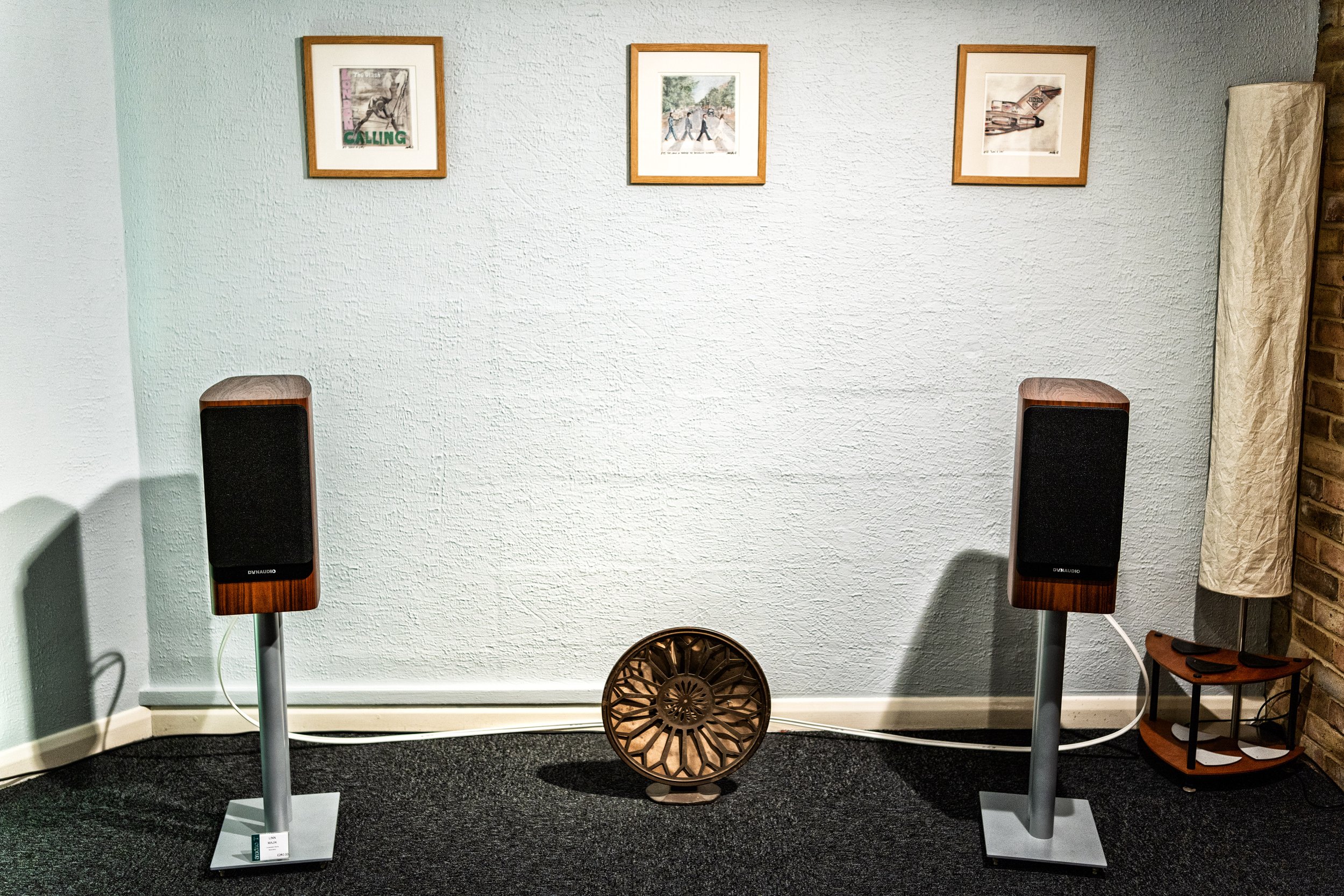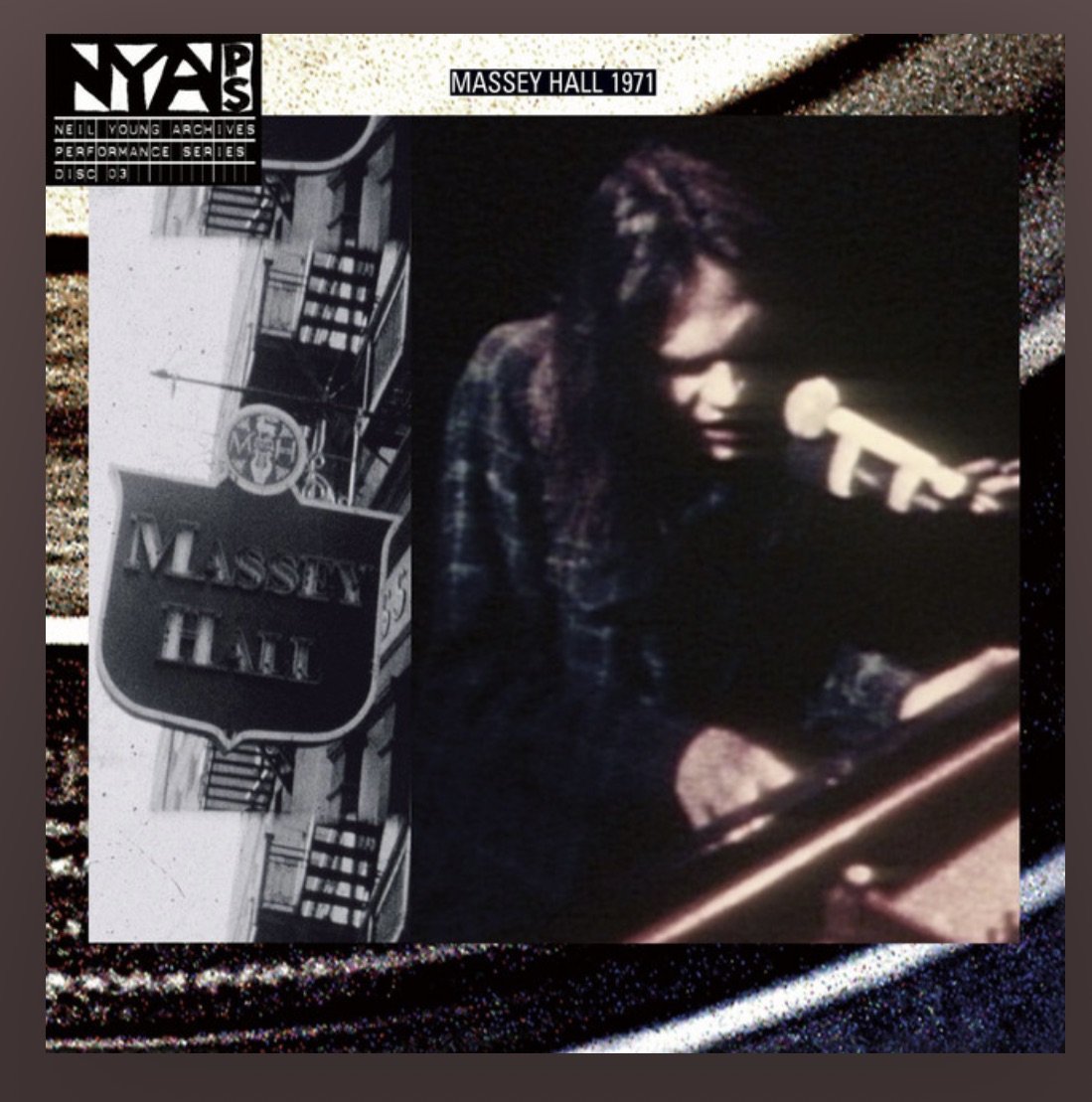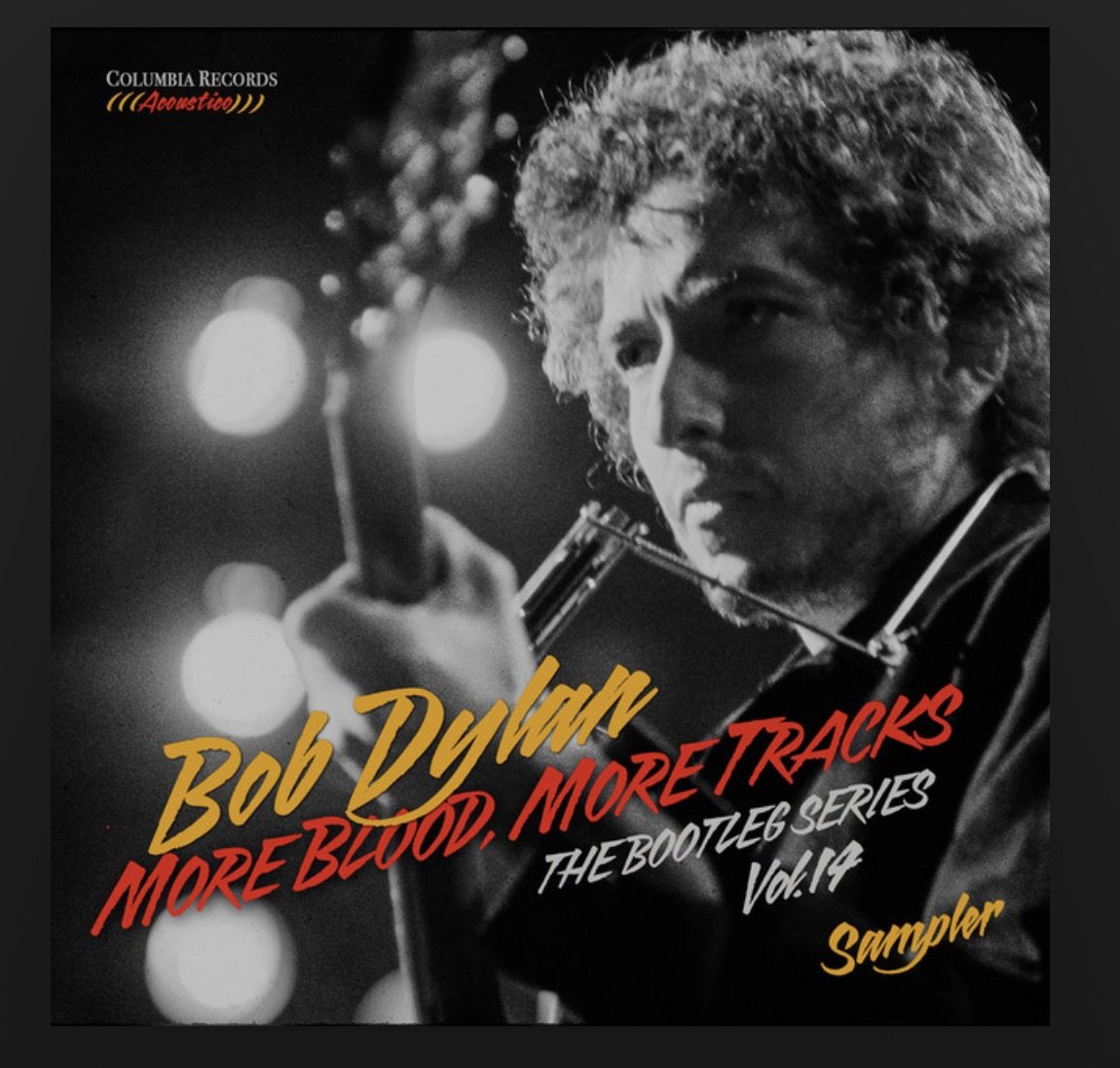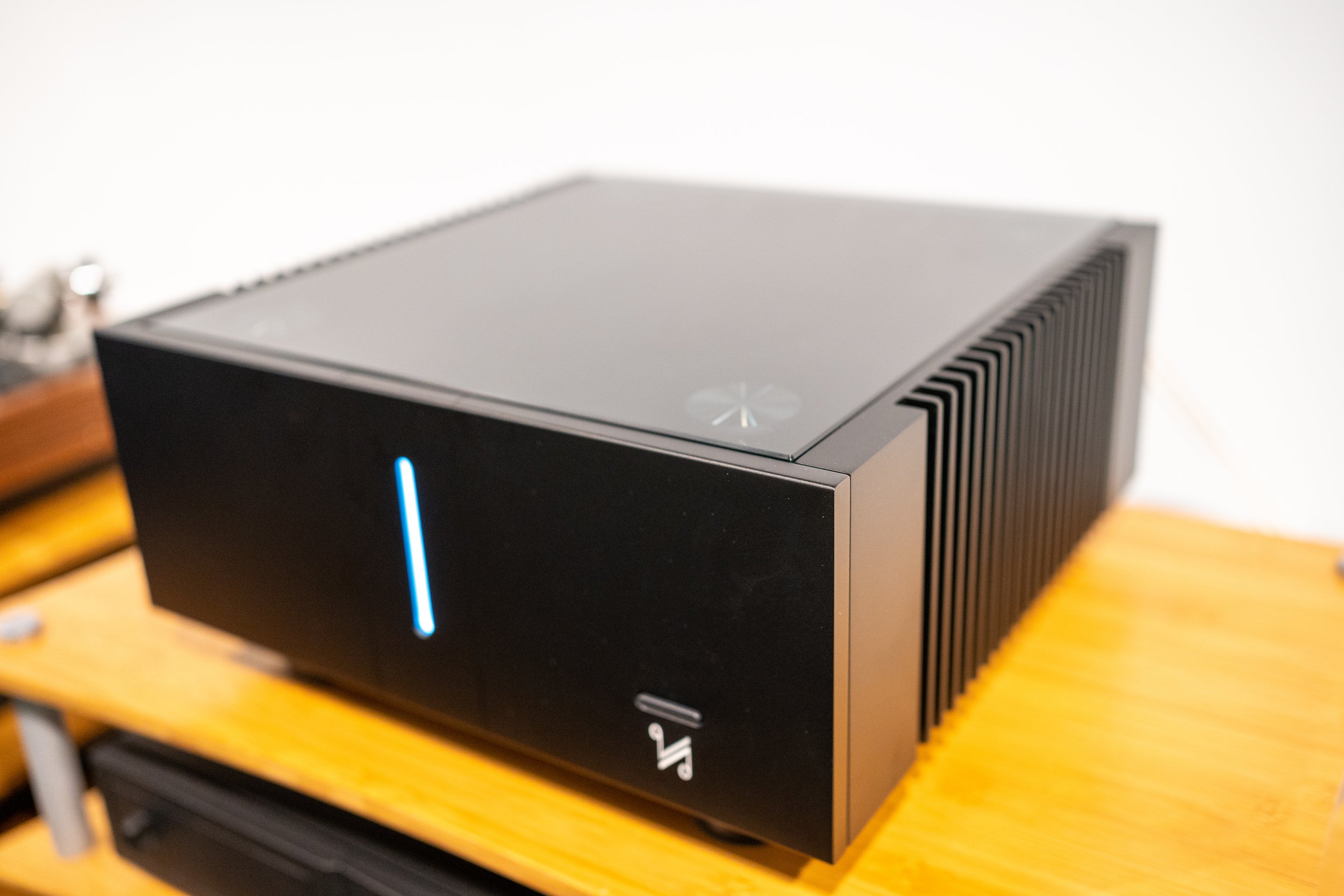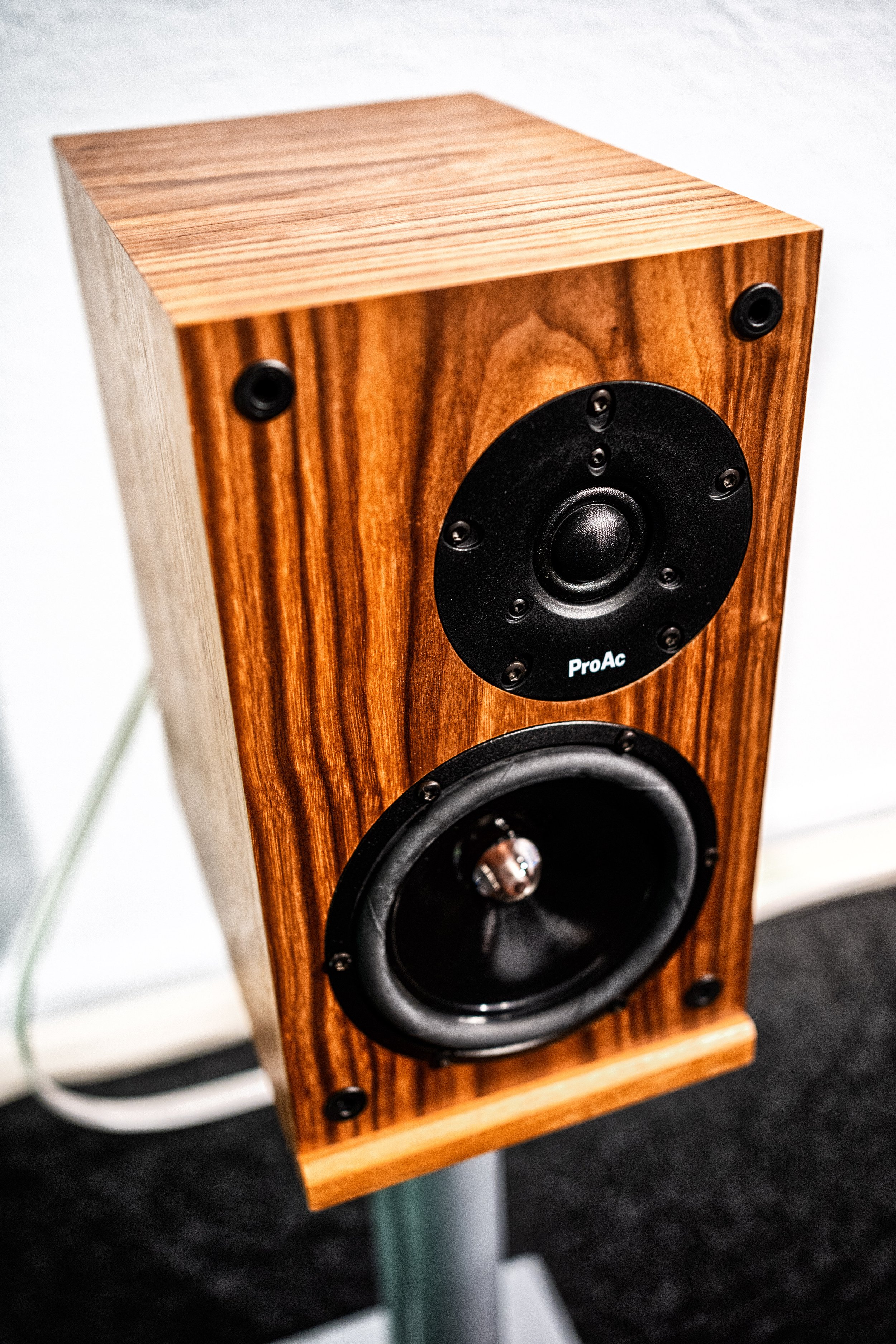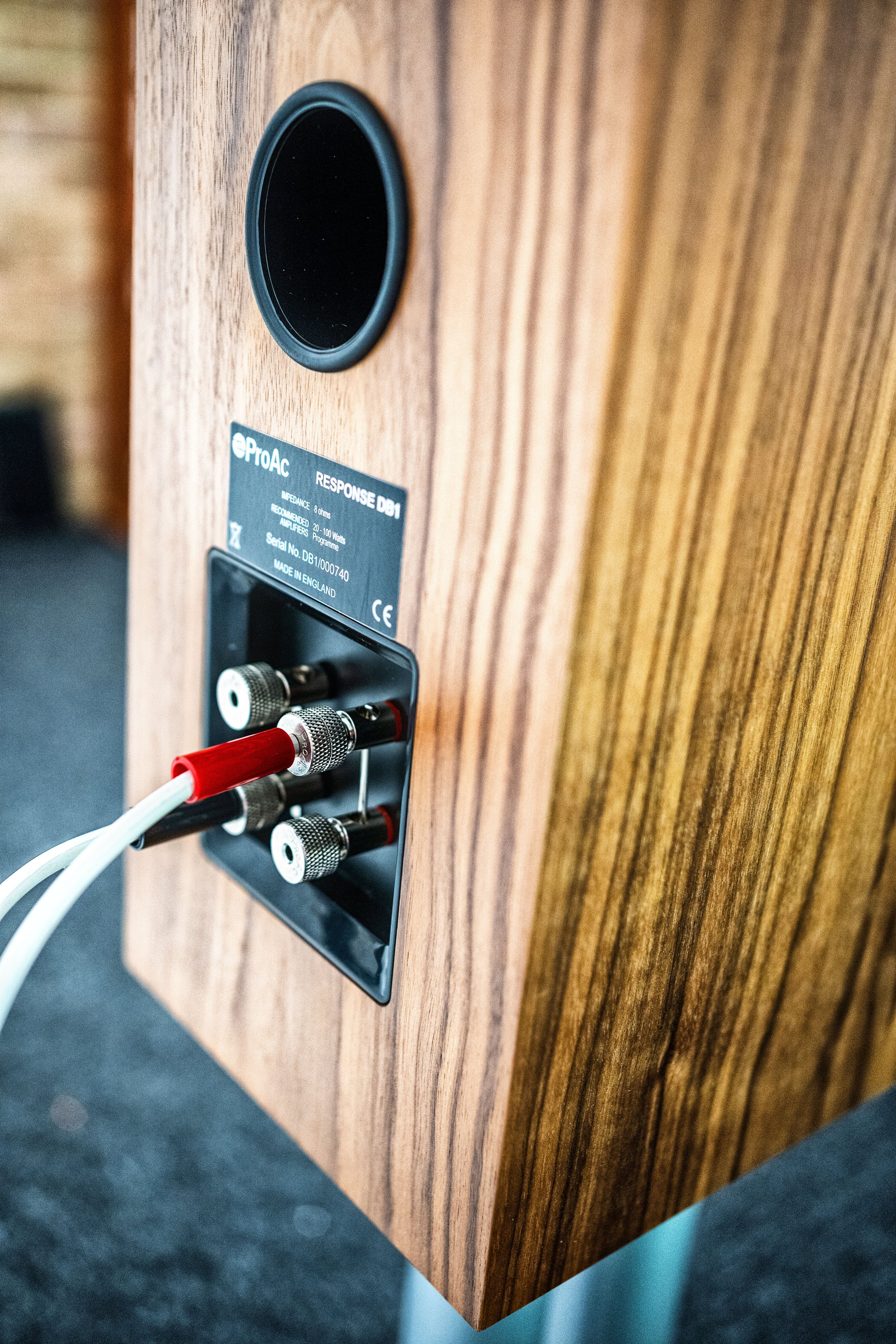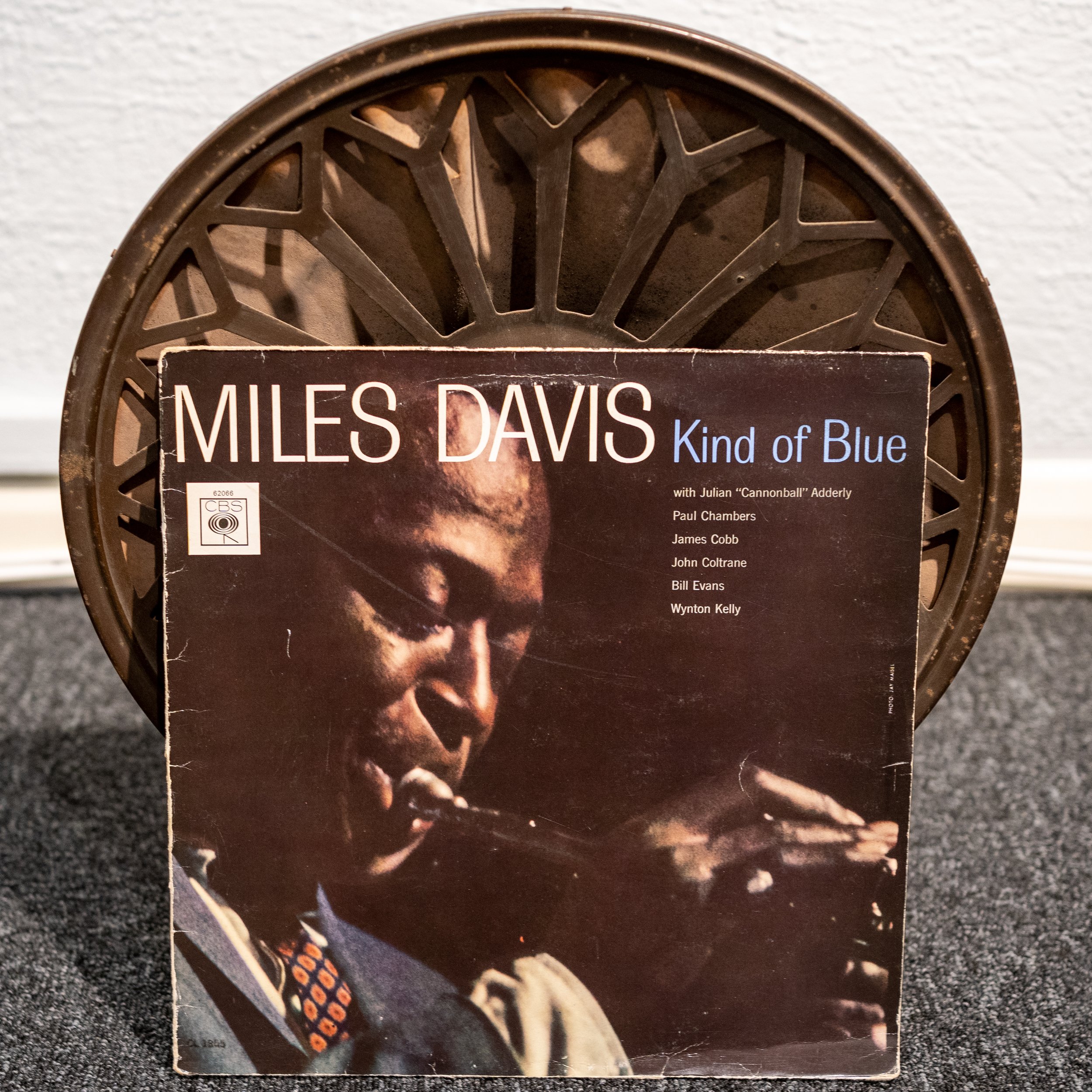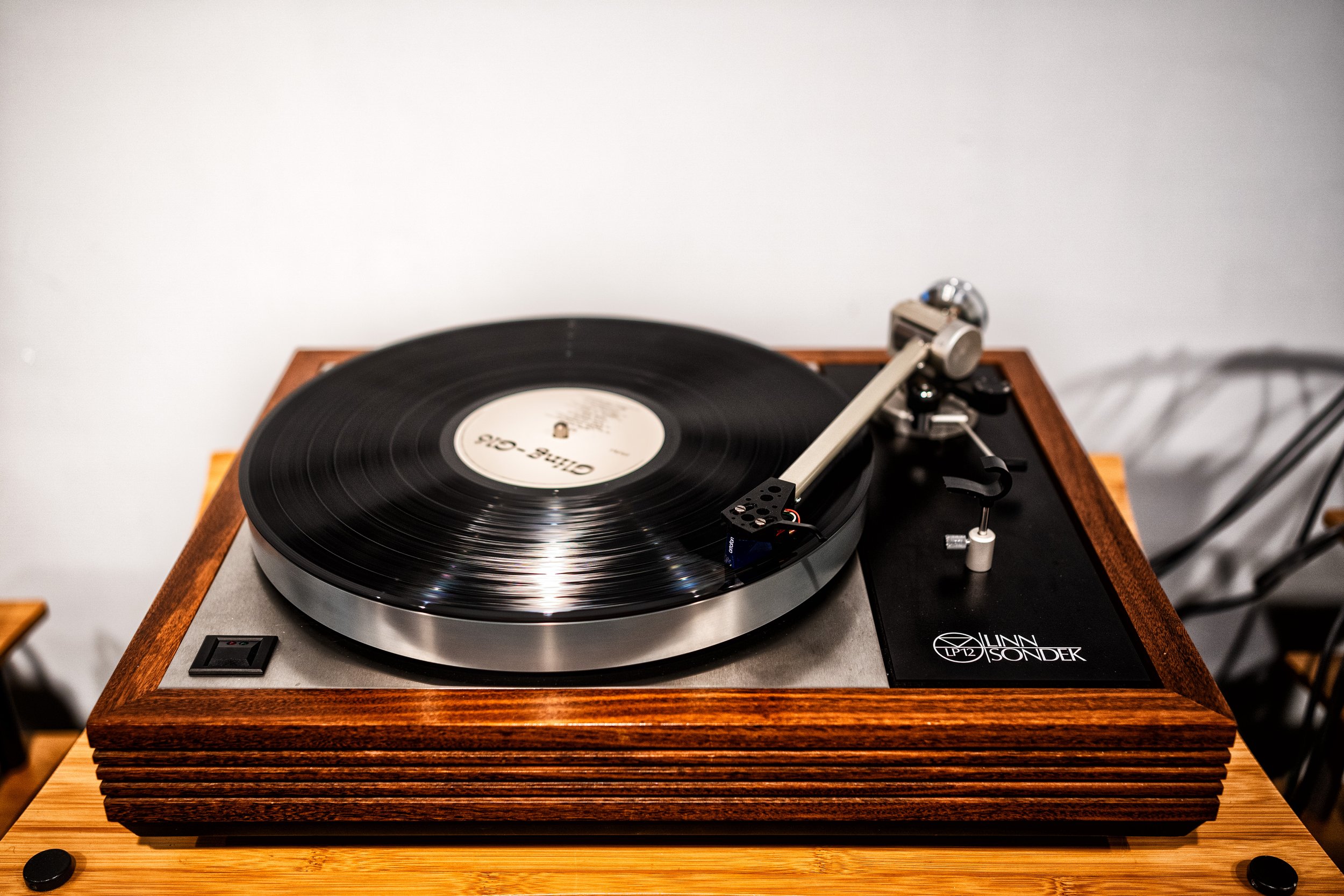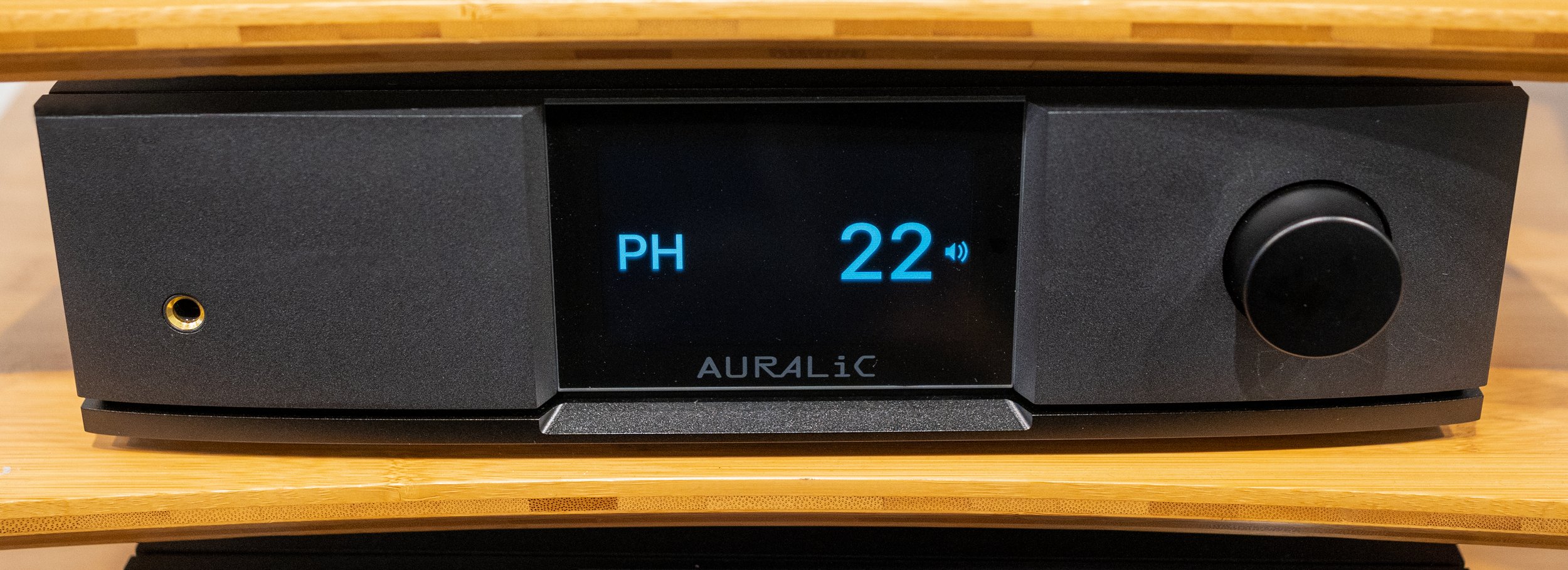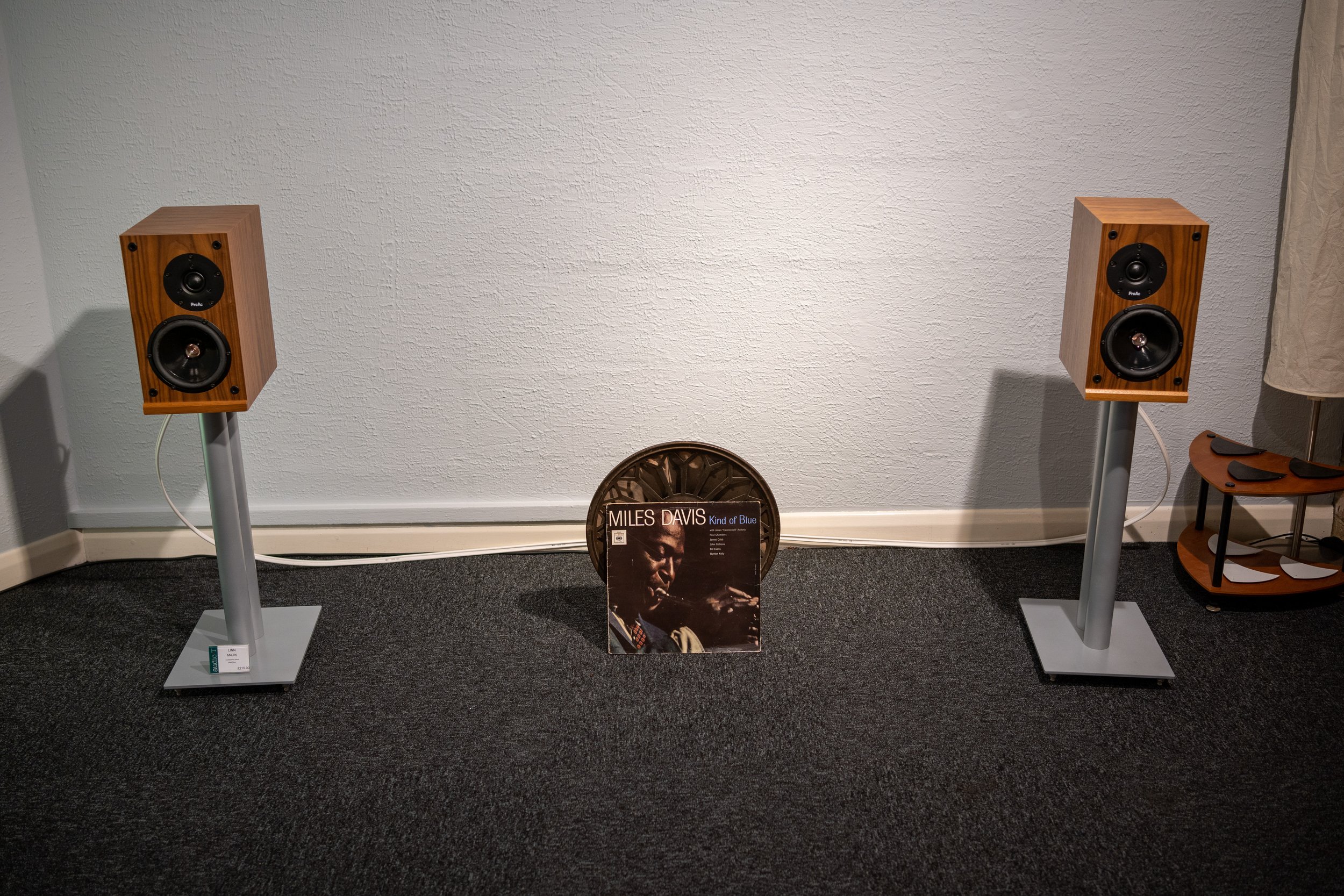CDs are back in fashion! - A trio of Marantz Players to consider; The SA10, CD60 AND CD6007
/Hi all, and welcome to this months blog. The vinyl revolution has long been underway, with new record pressing plants opening up all the time and record stores re-purposing their shelves to accommodate this revitalised interest and make room for additional stock. Even the humble compact cassette has been given a new lease of life, with artists such as Metallica and Taylor Swift releasing their latest albums on tape. So what about the venerable compact disc? There are definitely signs of life for CDs and we are going to take a look at three players from the mighty Marantz.
Unless you’re into music playback in a big way you may not have noticed that music stores have changed beyond recognition in recent years. The shelves saw records diminish in number during the 80s and 90s in the wake of the compact disc era, almost to the point of extinction. Now, the opposite is happening and CDs are being replaced by records once again, with sales of vinyl massively increasing, along with the interest in record players and their ancillary equipment; cartridges and styli. Streaming has become all the rage and the majority of listeners are adopting this new technology for its portability benefits, choice of music and the reclaiming of domestic shelf space!
Why the CD resurgence?
Despite all of these changes and numerous benefits, CDs have once again started to become popular, with sales increasing during the post lockdown period. From a personal point of view, I hadn’t stopped buying CDs on a frequent basis, with second-hand bargains in charity shops and record stores to be had.
$ music format sales from 1973 - 2021. CD sales are in orange
So the next obvious question is why? I’ll briefly mention a few of my thoughts below, but there are many more than I’ll highlight here.
Firstly, playback and purchase habits have changed for several reasons. The most obvious being cost, with vinyl being very expensive compared to new and especially second-hand CDs. The cost of living crisis is making many people rethink how they spend their money and CDs are a good alternative to streaming services, especially if you’re selective about your music playback. CDs give you the chance to make a one-off payment for your music rather than effectively paying for it every time you play it.
Secondly, like with records, folks enjoy the physical ownership and tactile experience of putting on a CD, with album art and information available in sleeve or booklet form. There is also slightly less of a tendency to flick through tracks and actually listen to an album in its entirety.
Thirdly, you are not subject to the whims of artists or record companies removing music titles from online streaming services. Neil Young is notorious for removing his catalogue from Spotify, which is of course his right to do so, but it doesn’t help the Neil Young fan, unless you own a CD or record of your own. I’ve seen many copies of Neil Young albums available on the second-hand market at bargain prices.
Finally, the quality of the source of the music is pre-determined by the CD master you own and the information printed on the disc. All too often, streaming services have several versions of the same album available at different levels of Hi-Res playback quality. What this numerical data doesn’t tell you though, is how good it sounds. This can vary hugely depending on the choice of stream you select. With your own CD you know what to expect!
I have spoken at length about the virtues of streaming services in one of my earlier blogs. If you would like to read this to ponder the “CD Vs Streaming” debate, click here.
CD player choices...
One of the problems with the decline in CD sales was that manufacturers failed to continue to support older players. CD mechanisms and laser assemblies went out of production and replacements were harder to obtain or ceased to exist. Unfortunately this has meant that some very good older CD players are no longer supported, forcing owners to replace or upgrade an existing model in order to continue playing their precious CDs.
Annoying as this is, some manufacturers have continued to see CDs as an ongoing source of music playback and this is where Marantz comes in as one of the leading players, pun intended, in providing the hardware to do so.
Long-standing Marantz...
Marantz audio consolette circa 1953
Marantz has been around for seven decades as a major Hi-Fi manufacturer, producing some of the most highly regarded equipment, including CD players from the inception of the CD format during the 1980’s.
the original marantz model cd-63 from 1982
For the remainder of this article, we’ll look at three of Marantz’s current range of CD players and see what they have to offer…
From top to bottom: marantz CD6007, CD60 and SA10
Marantz CD6007...
marantz cd6007
The Marantz CD6007 is the baby of the current Marantz range. Stemming from a line of previous iterations of award winning CD players, the CD6007 inherits their established qualities.
rear of the Marantz cd6007(top) and Marantz cd60(bottom)
The CD tray is a pretty standard affair of good quality and has a smooth action when opening and closing. The back panel of the Marantz CD6007 is fairly similar to the Marantz CD60 in terms of inputs, albeit with a slightly different layout. Build quality on the entry-level CD player is very good for the money but the Marantz CD60 is clearly a step-up in construction quality, with visibly more sturdy bracing via additional bolts in the rear and a more hefty feel, which inspires confidence. Manufacturers often talk of building to a price point and the look and construction certainly reflect that.
Marantz CD60...
marantz cd60
The Marantz CD60 is a very elegant CD player with a nice pearlescent effect on the sides of the front panel when the light catches it right. A design style that Marantz is planning on expanding to other ranges. The CD60 is dimensionally slightly taller and considerably deeper than its younger sibling and this needs to be factored in when putting it on a shelf, so buyer beware and make sure you measure your space.
marantz cd6007(top) and Cd60(bottom)
From the front, the button layouts are slightly different but ergonomically they feel of reasonable quality, albeit slightly too small for my personal taste. The senior generation may enjoy bigger, clearer function buttons, or perhaps I’m just speaking for myself?
From a sound quality point of view, they both perform very well but there are clear sonic differences that your hard-earned pounds pay for. In isolation, the Marantz CD6007 is a smooth sounding player that doesn’t do a lot wrong, leaving out sonic aspects that would highlight its failings. You can hear why it is a What Hi-Fi? award winner in its price class, being a great all-rounder. Not Ian Botham quality but you get my drift.
The Marantz CD60 is a less murky affair, with added extension, detail and dynamic impact. Worth the extra outlay I’d say.
Marantz SA10...
marantz sa10 sacd player
Introducing the Marantz SA10 Super Audio CD Player. Now this is in a completely different league in terms of both construction and playback performance.
You’ve only got to lift the thing to get an idea of what I’m on about. In the previous paragraph I mentioned the great cricketing all-rounder, Ian Botham, and it may not be cricket to say this, but it’s like lifting him!
The copper chassis is a thing of beauty and designed to reduce the interference that can detract from audio performance.
marantz sa10 rear inputs
There are a plethora of inputs on the rear of the Marantz SA10 including; balanced or single ended outputs, USB playback via external storage or laptop, optical and coaxial inputs, so the Marantz SA10 can form the hub of a high quality digital playback system.
Conventional audio playback can be through normal Red Book CDs or via the SA10’s coup-de-gras, SACD playback. Via the medium of SACD (Super Audio Compact Disc), which is clearly shown on the display when playing, sound quality improves dramatically. The gains in detail, dynamics and warmth are massive. Realism is on another scale.
Now don’t get me wrong, the Marantz SA10 is no slouch in normal CD playback either, but if you’re going to make the sort of outlay financially required for this player, you need to have a system commensurate with its price/performance and a pretty significant collection of SACDs to make it worthwhile.
We played the Marantz SA10 through our Naim NSC222, Naim NPX300 and Naim NAP250 system into both Proac DB1 standmount speakers and more recently, the Proac D30RS floorstander speakers, to great effect.
proac d30rs through a naim nd5xs2 and naim supernait 3
Summing up the Marantz power trio...
The Marantz CD6007, Marantz CD60 and Marantz SA10 are a great trio of CD/SACD players and offer customers a good choice at various price points. Well made and sonically at the forefront of their respective price classes, the Marantz range continues their reputation for making excellent CD players since the dawn of the CD age.
Thanks for reading.
Ade, John and Paul - Audio T Brighton
If you have any questions about any of the equipment featured in this article, or any other Hi-Fi or home cinema enquiries, be sure to Contact Us.
If you’ve enjoyed this, why not go ahead and read some more of our other blogs, and be sure to follow us on our social media channels below…
Marantz can be found at the following Audio T stores
Naim can be found at the following Audio T stores





